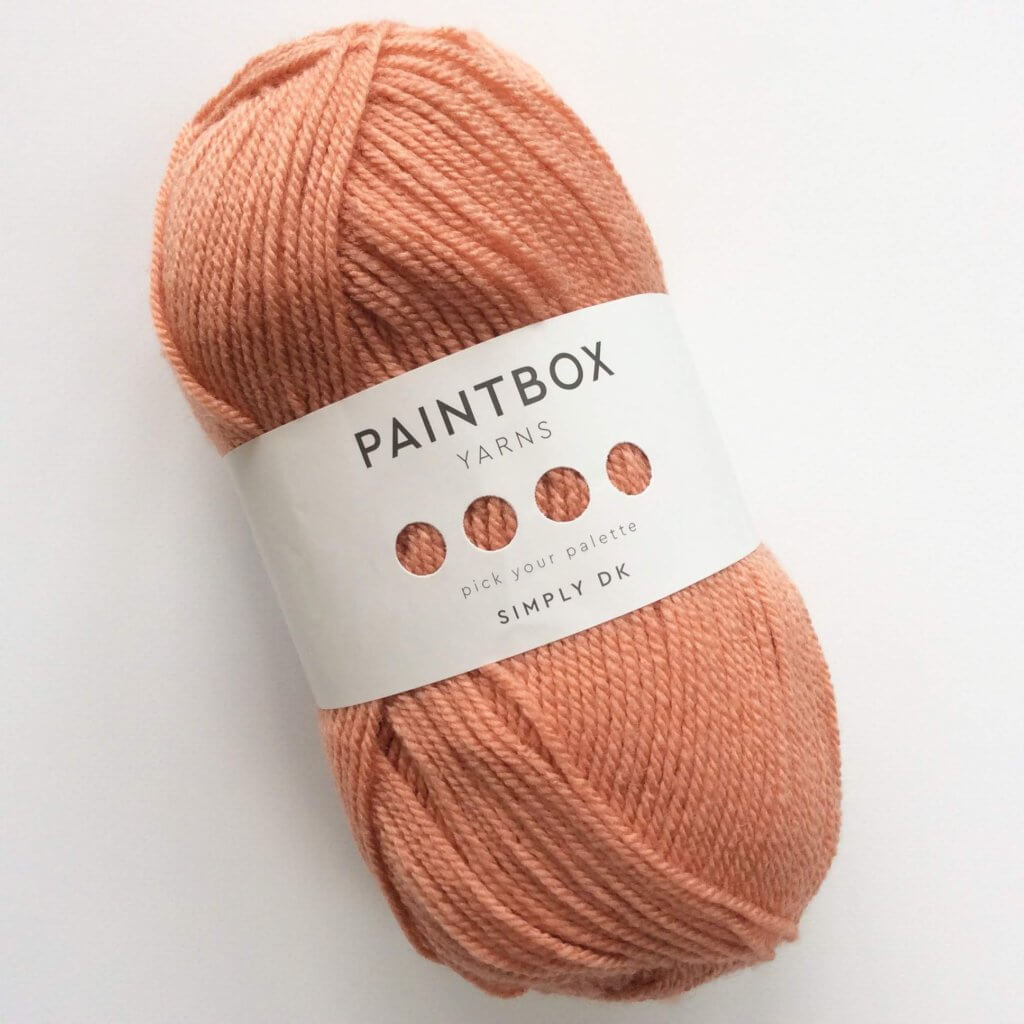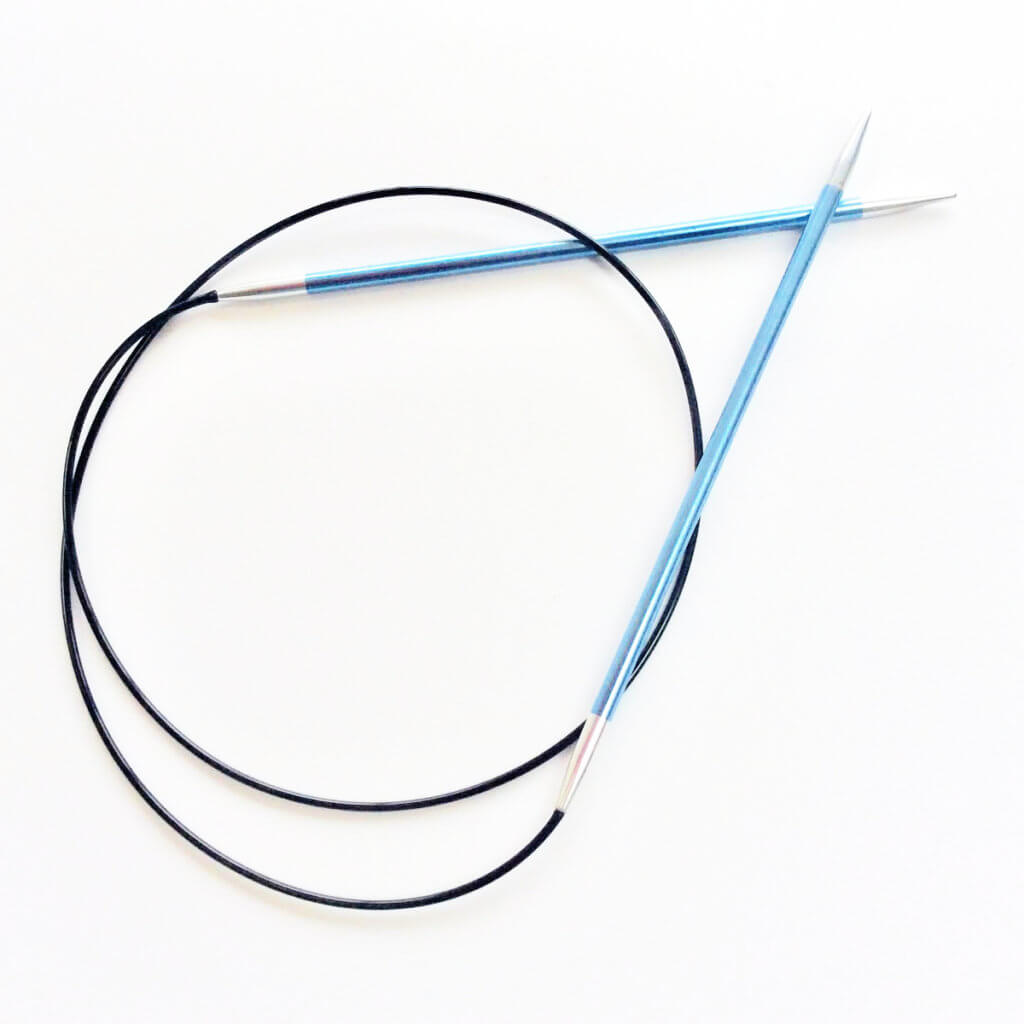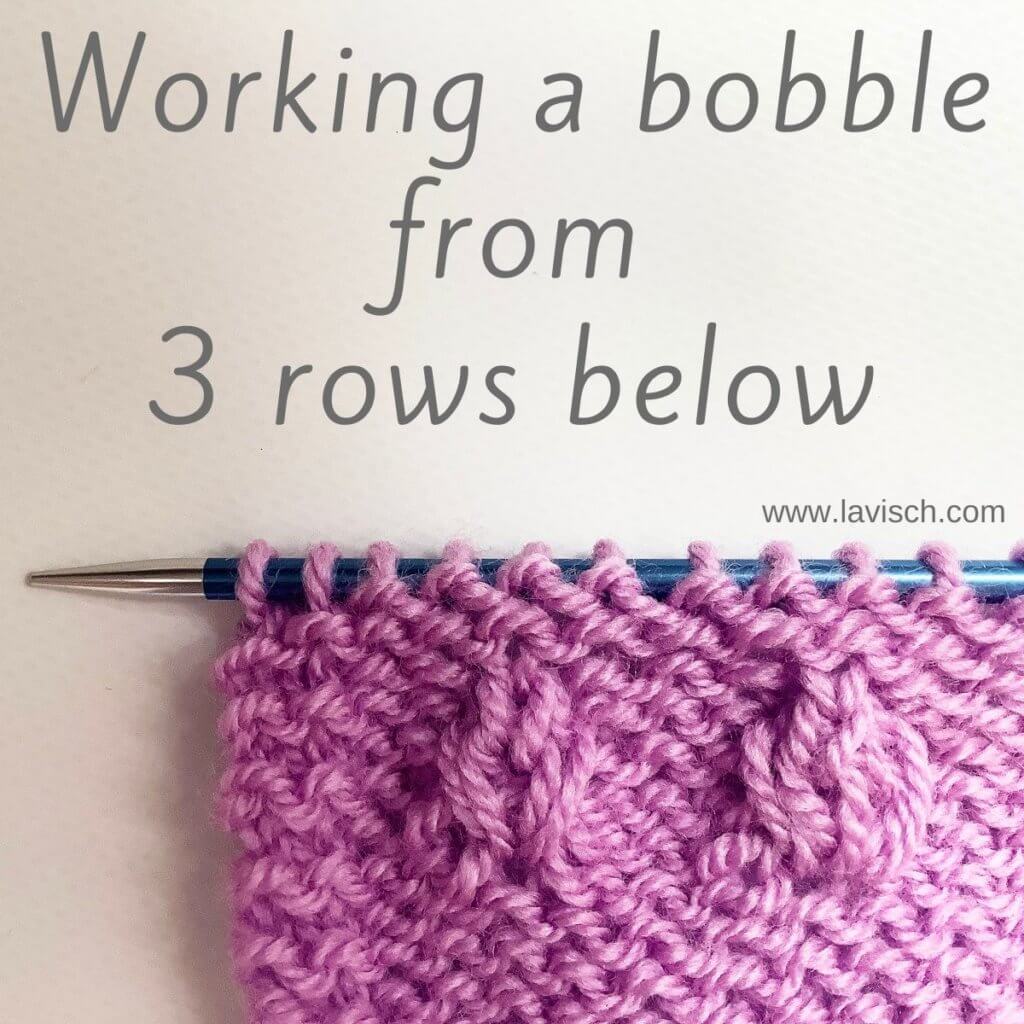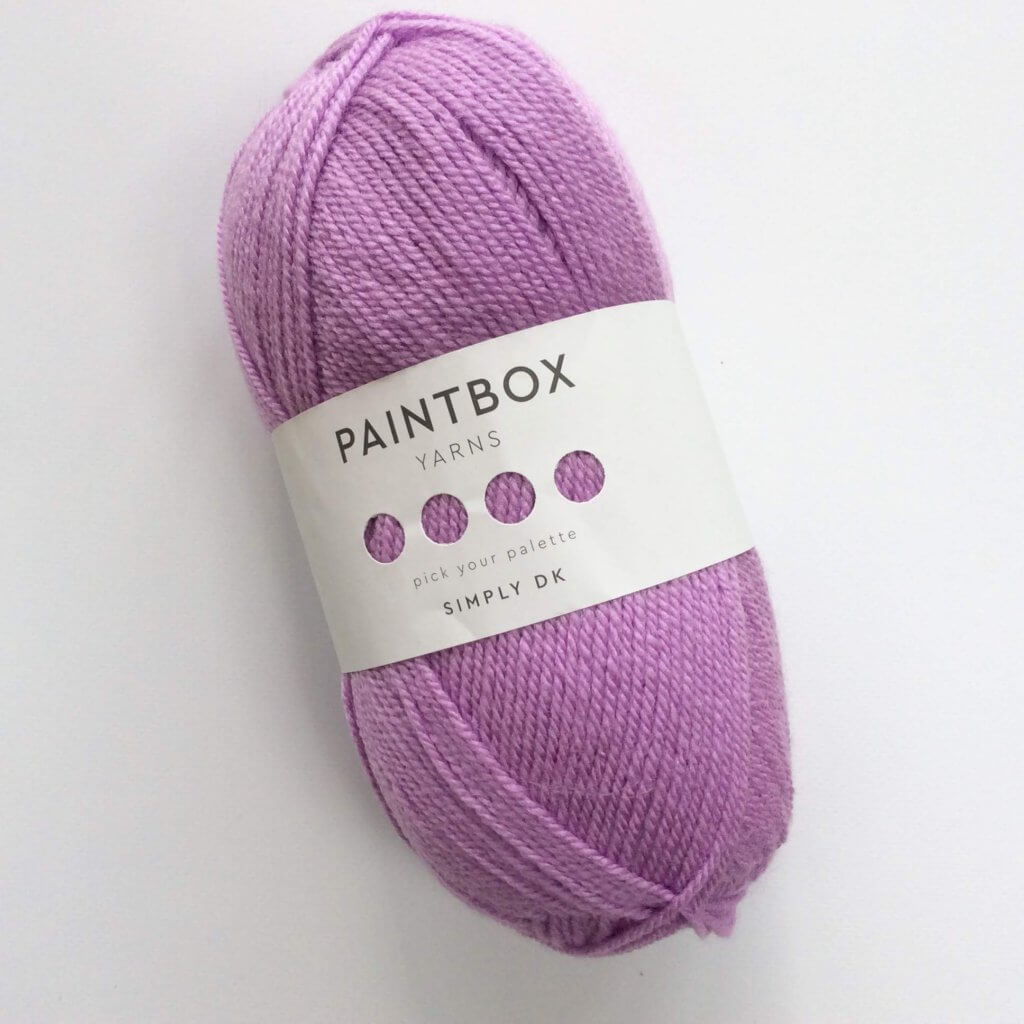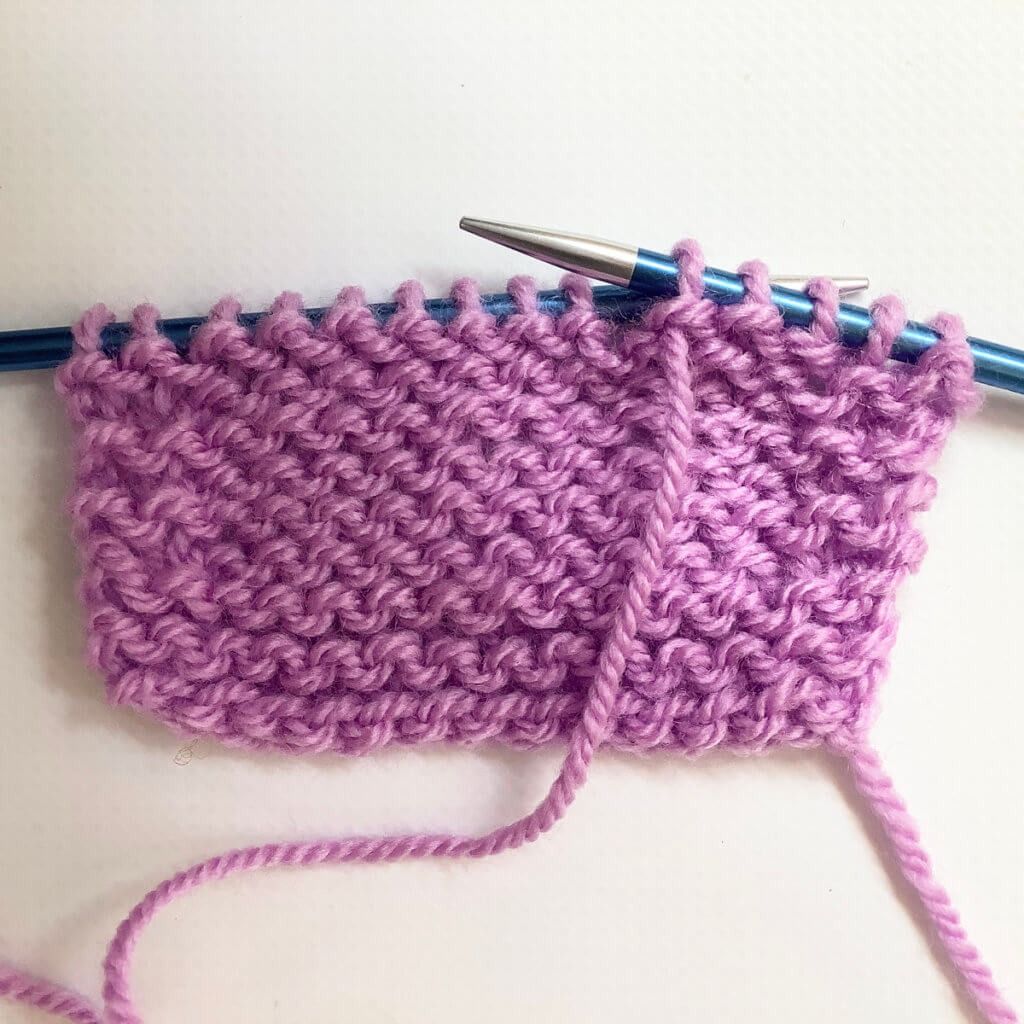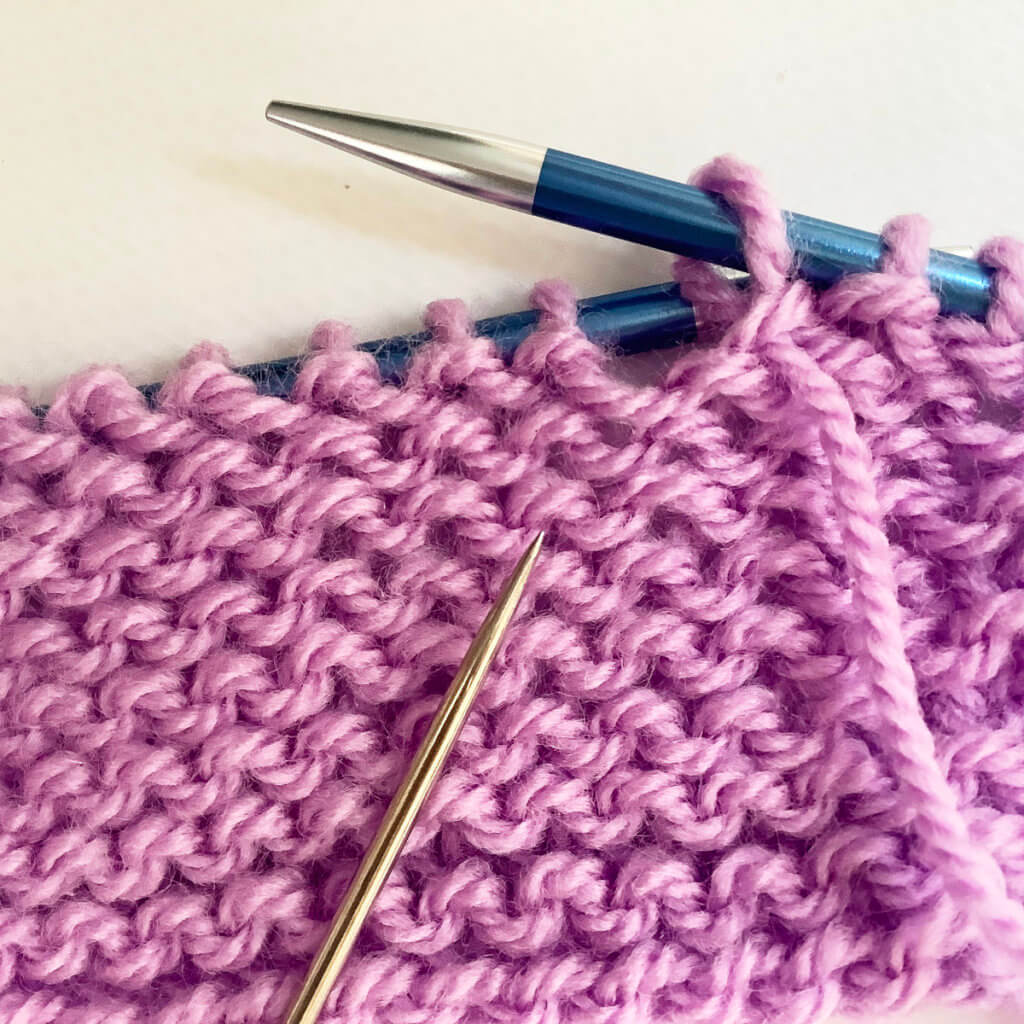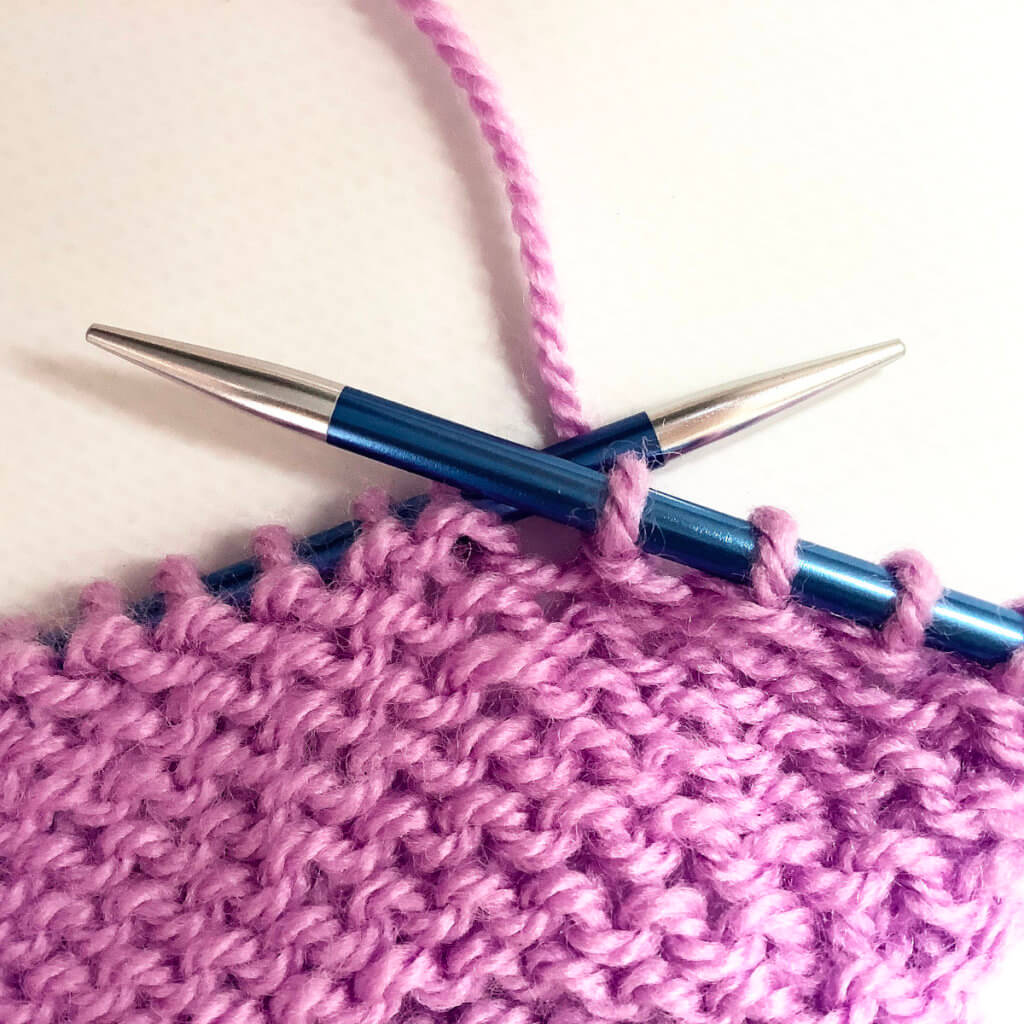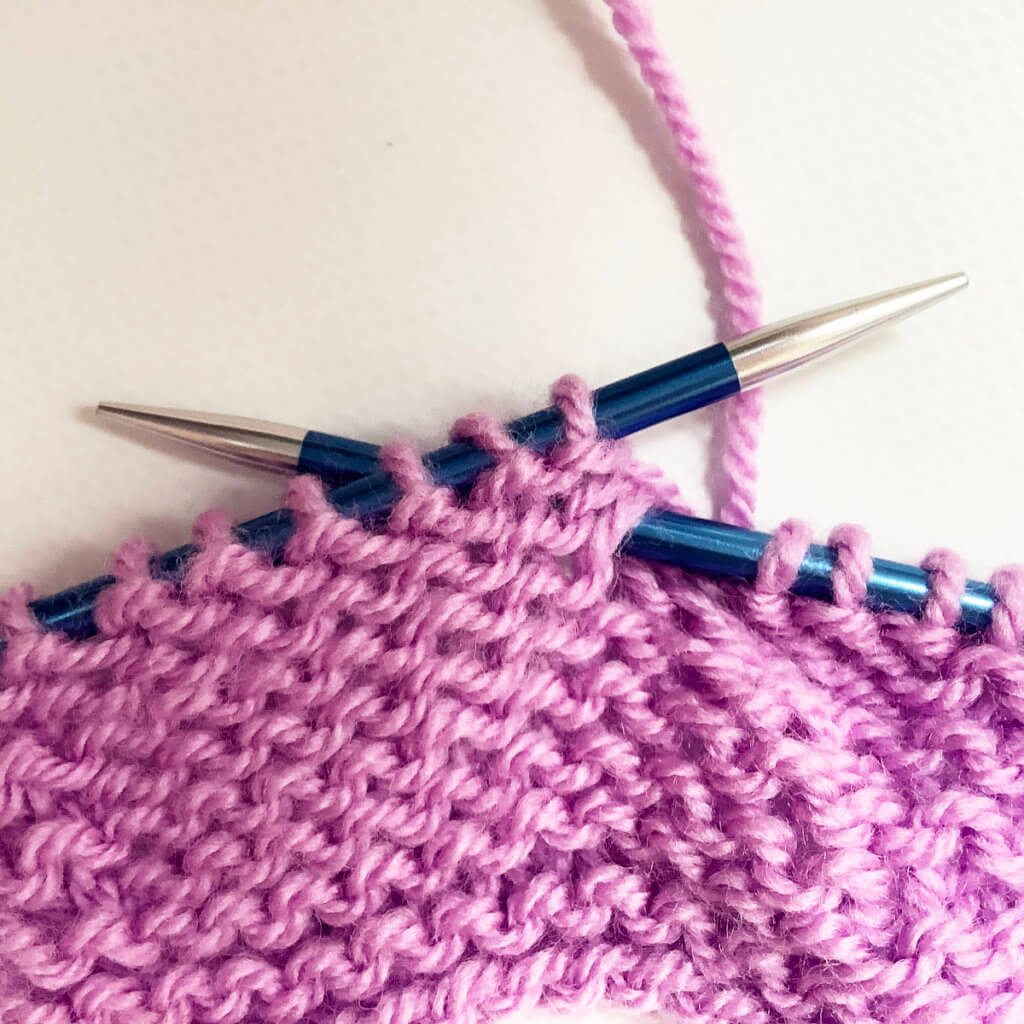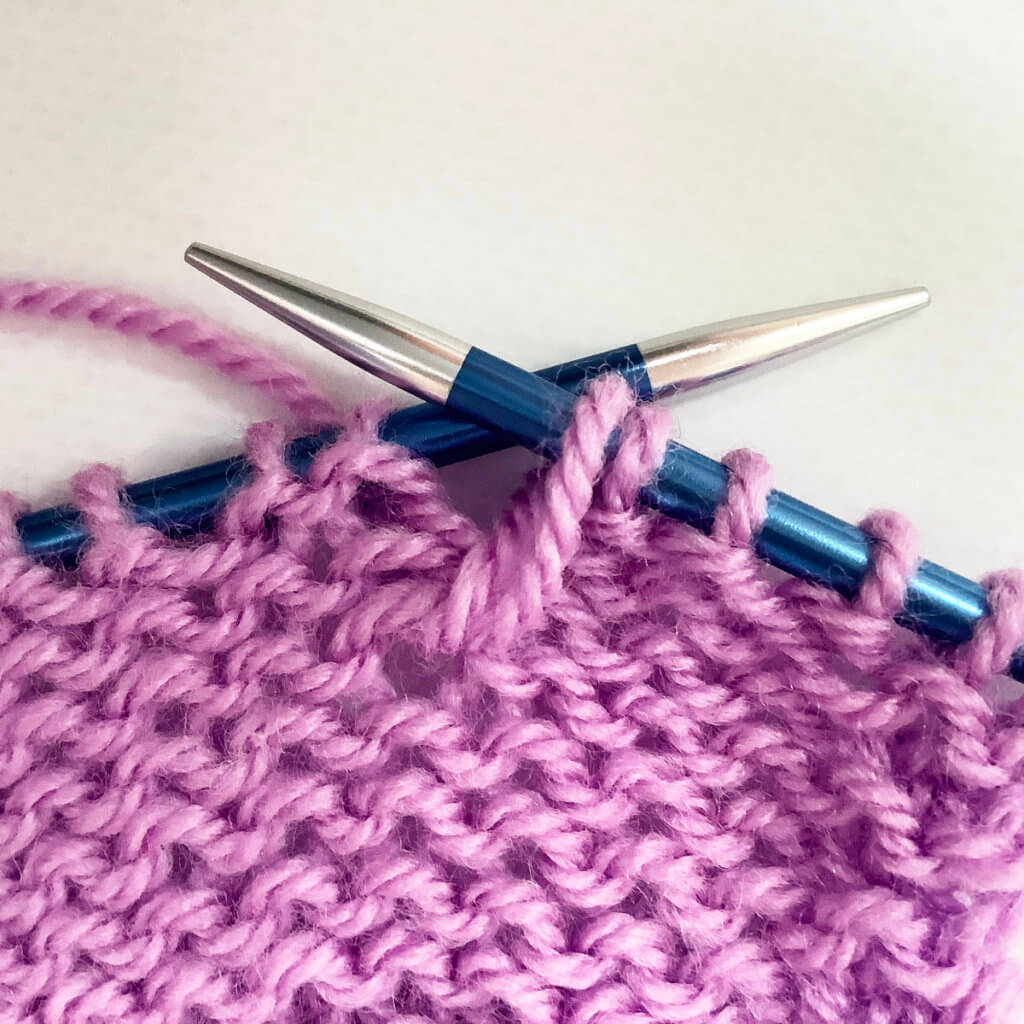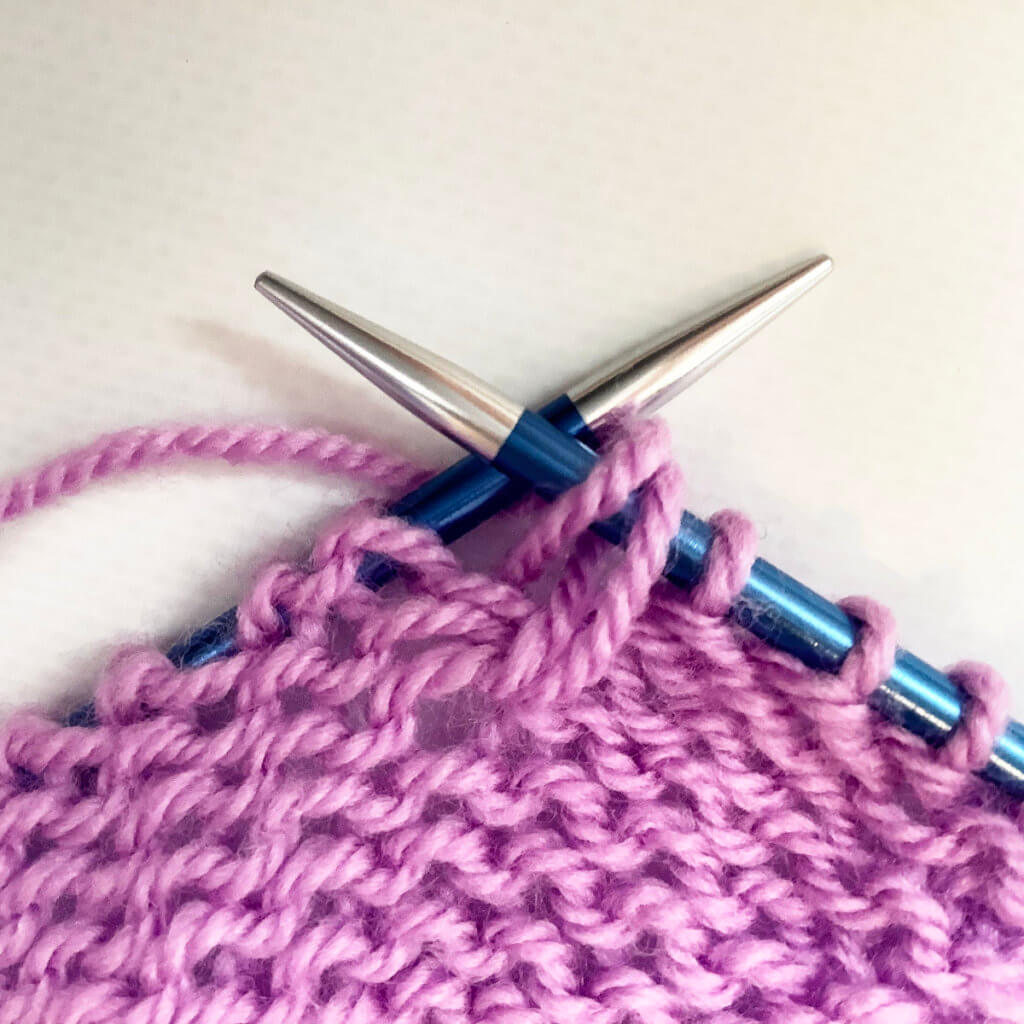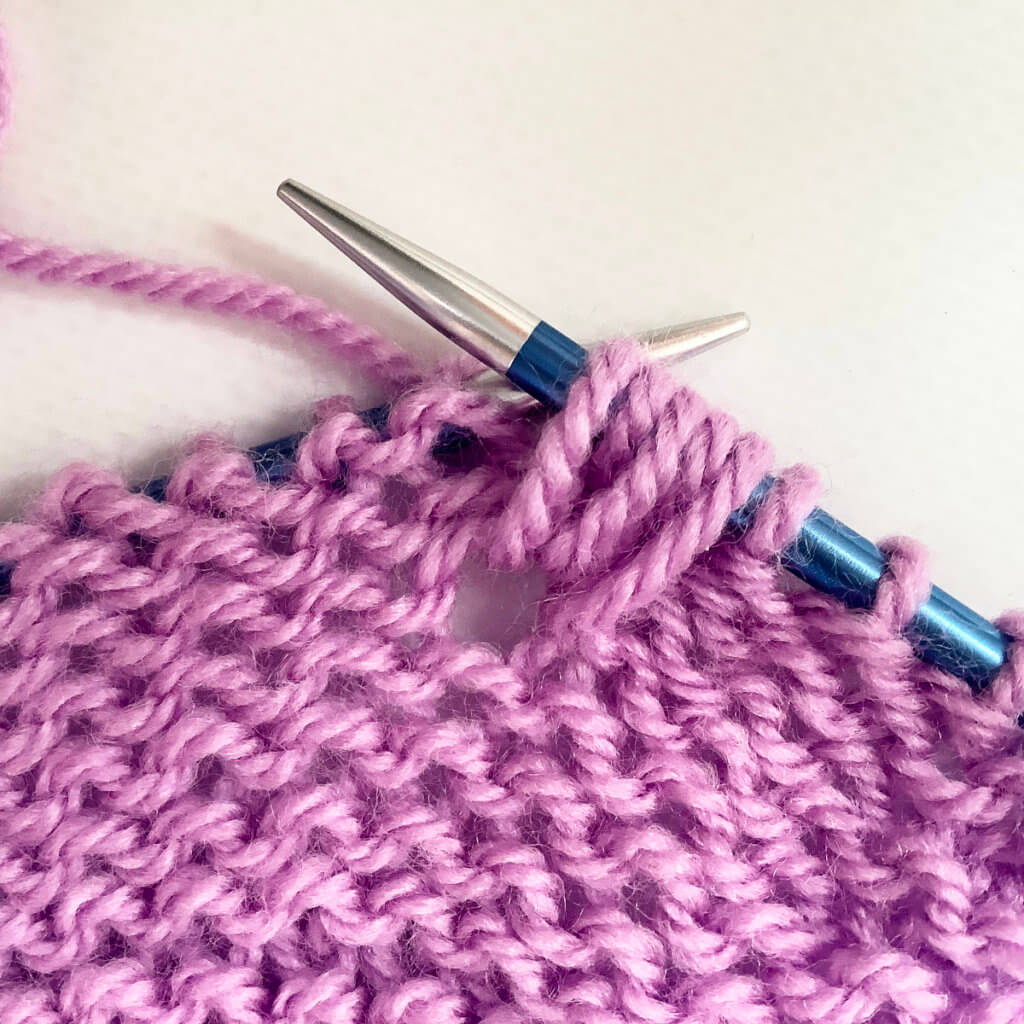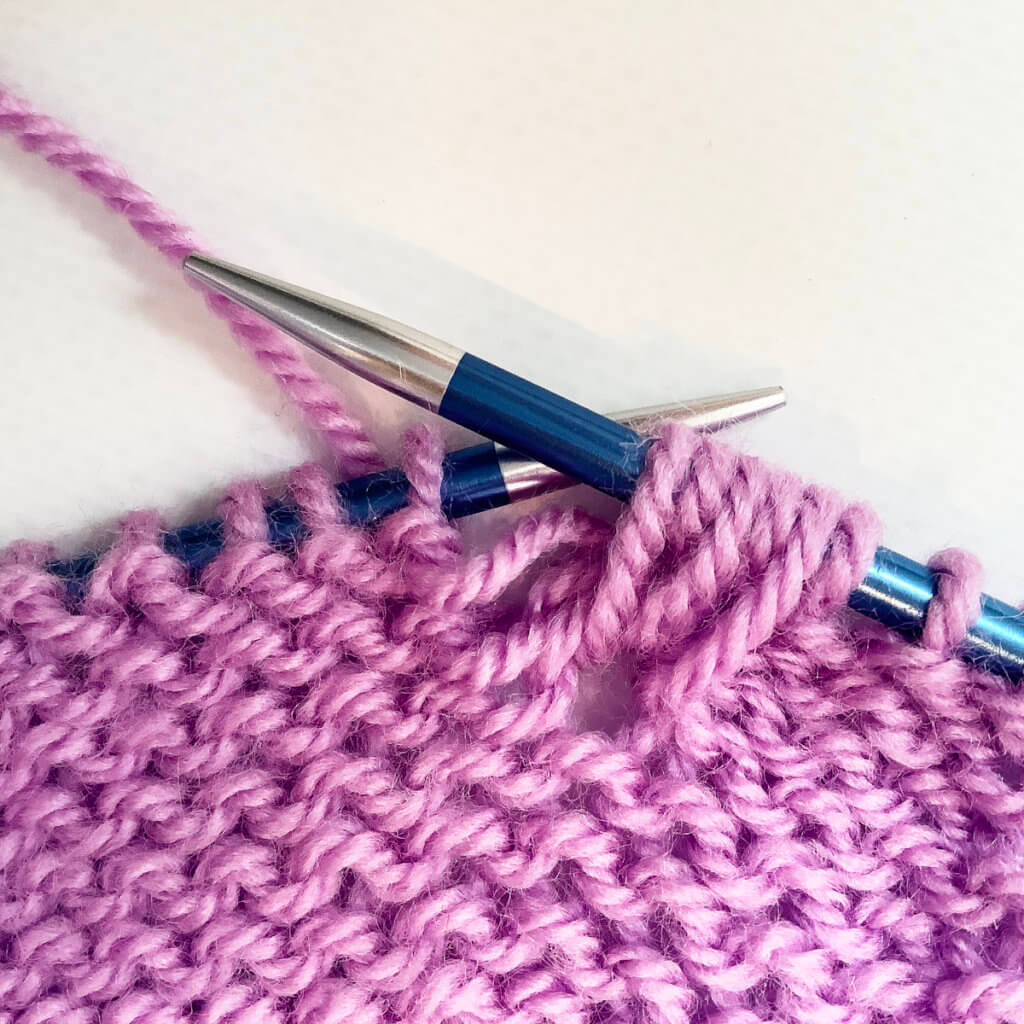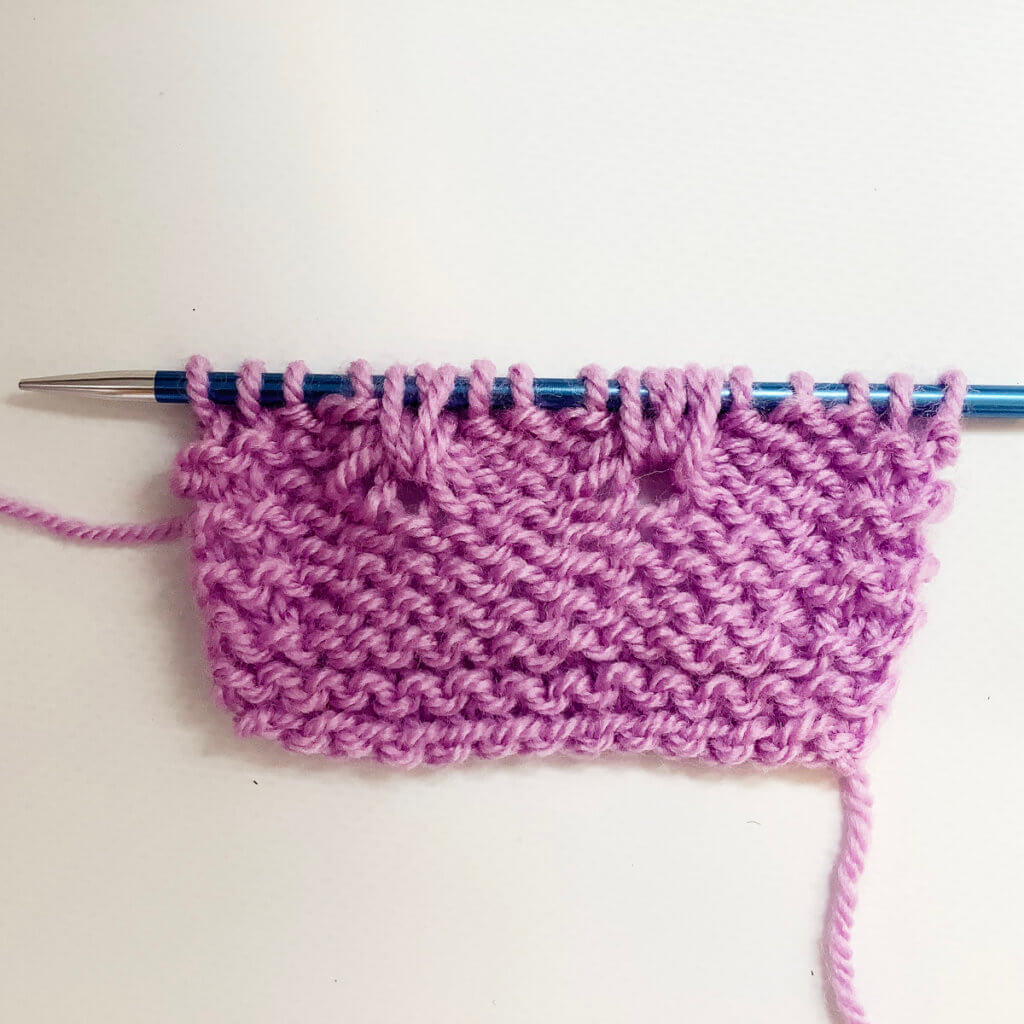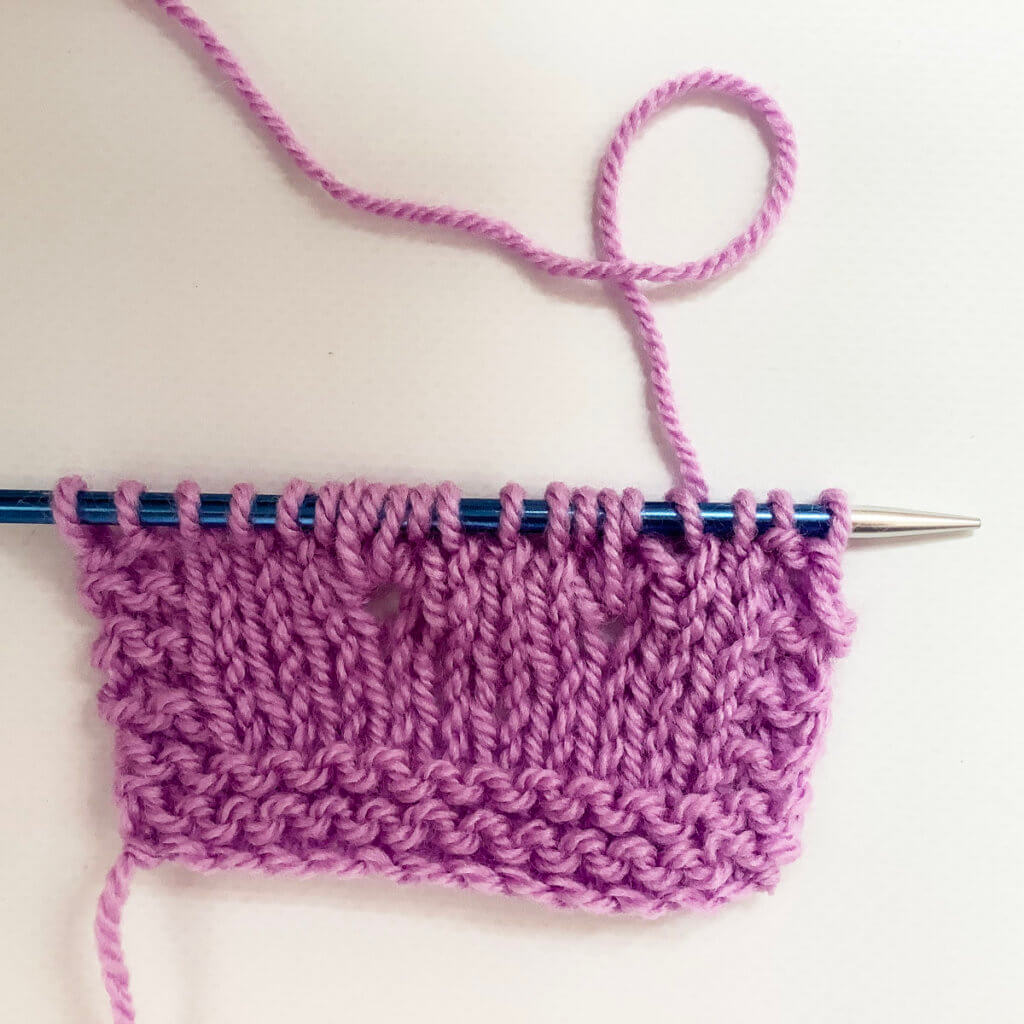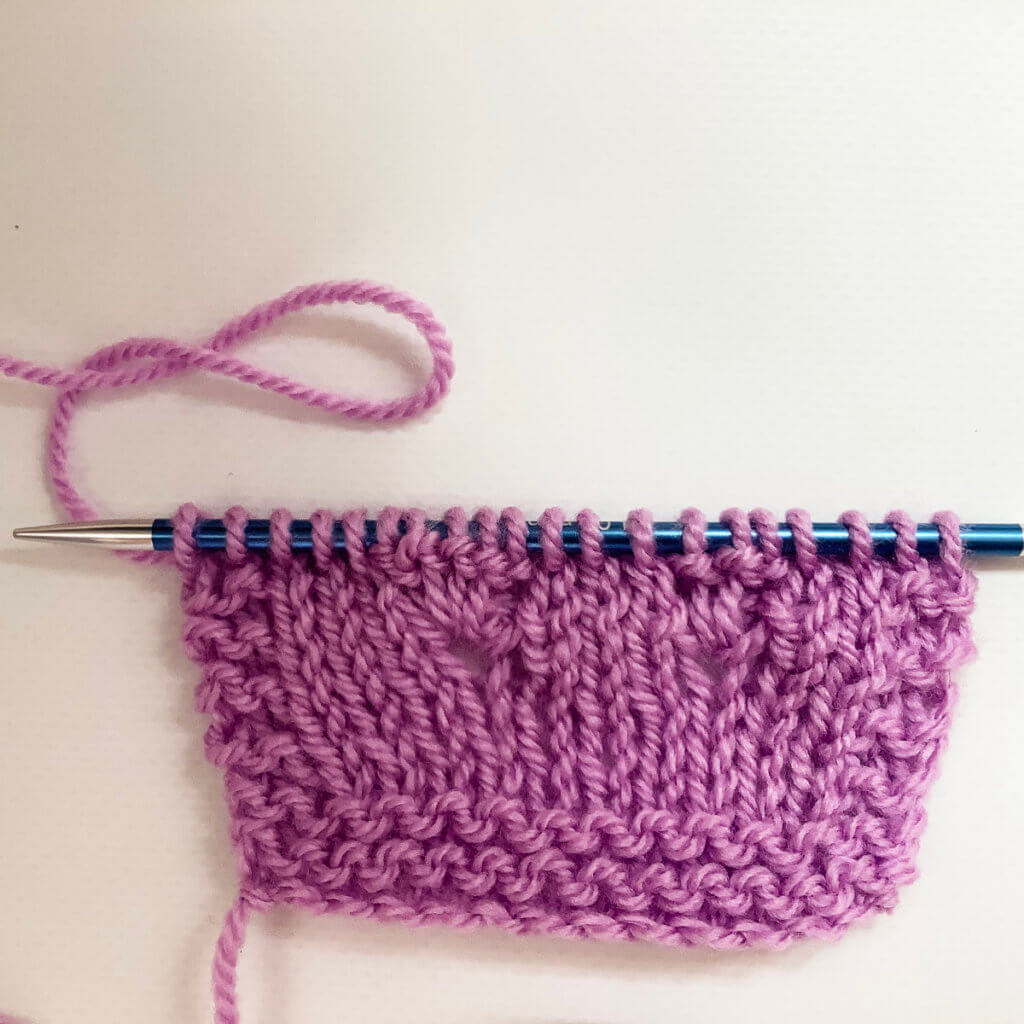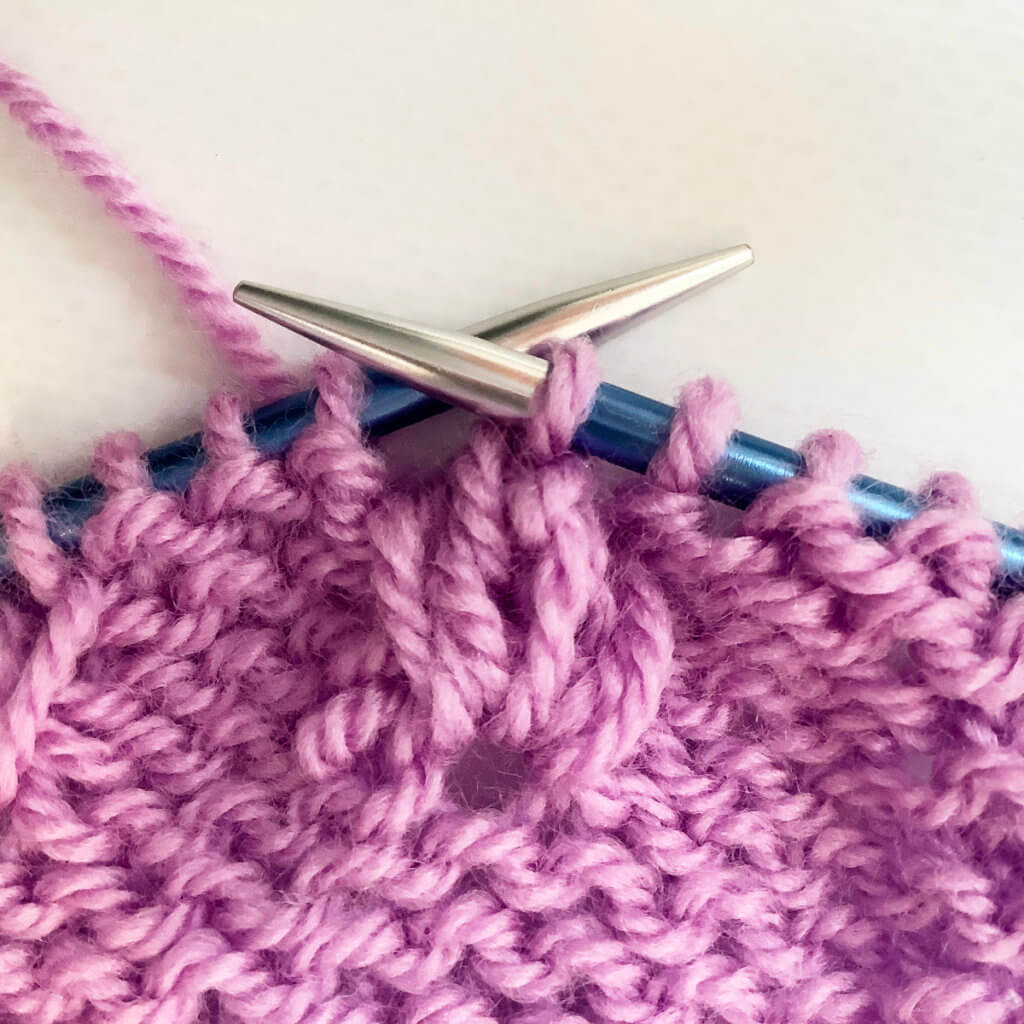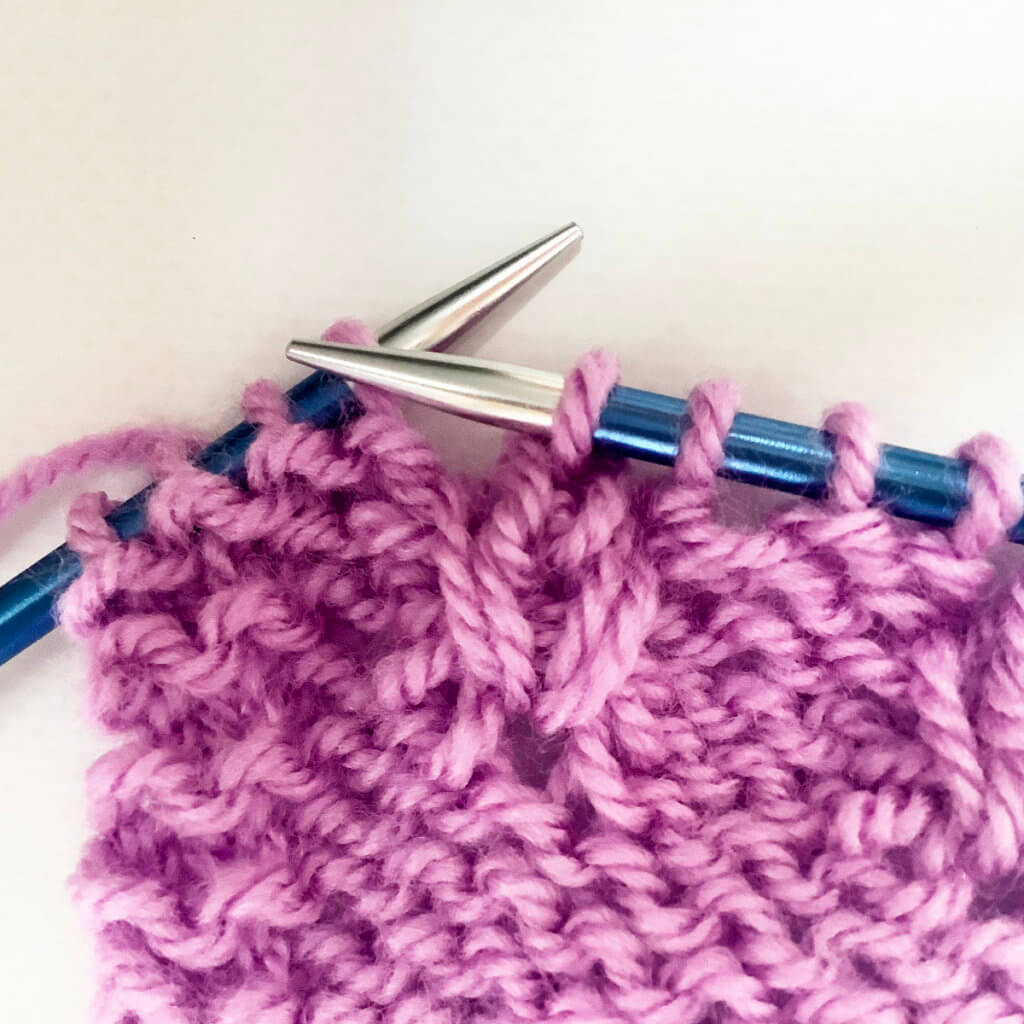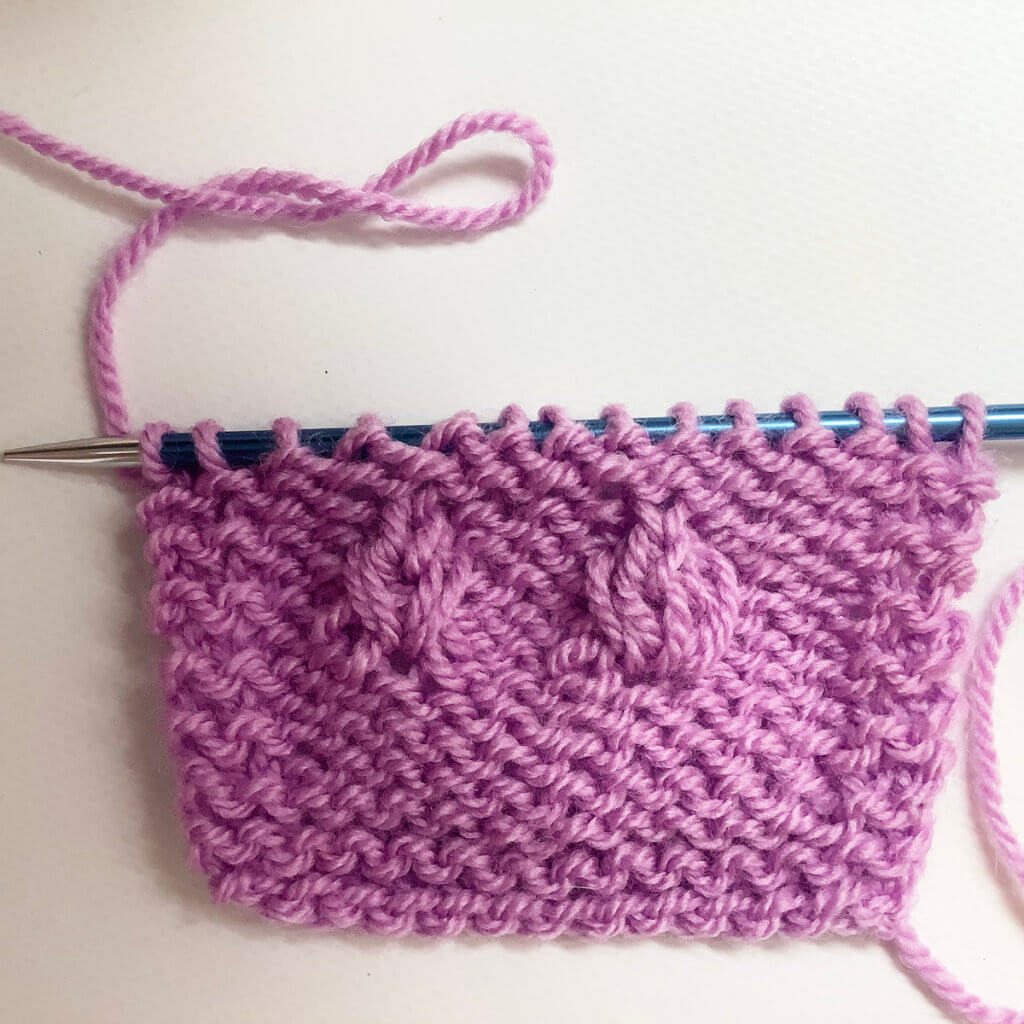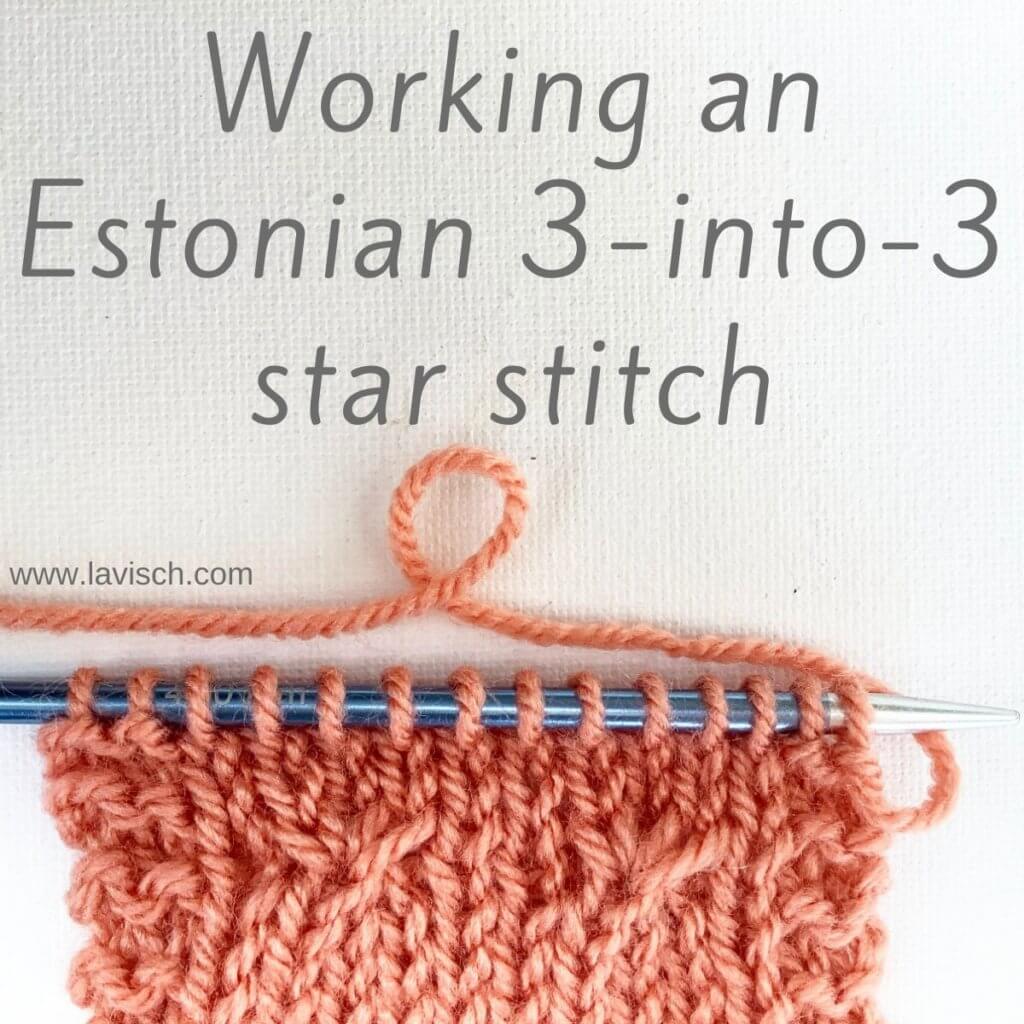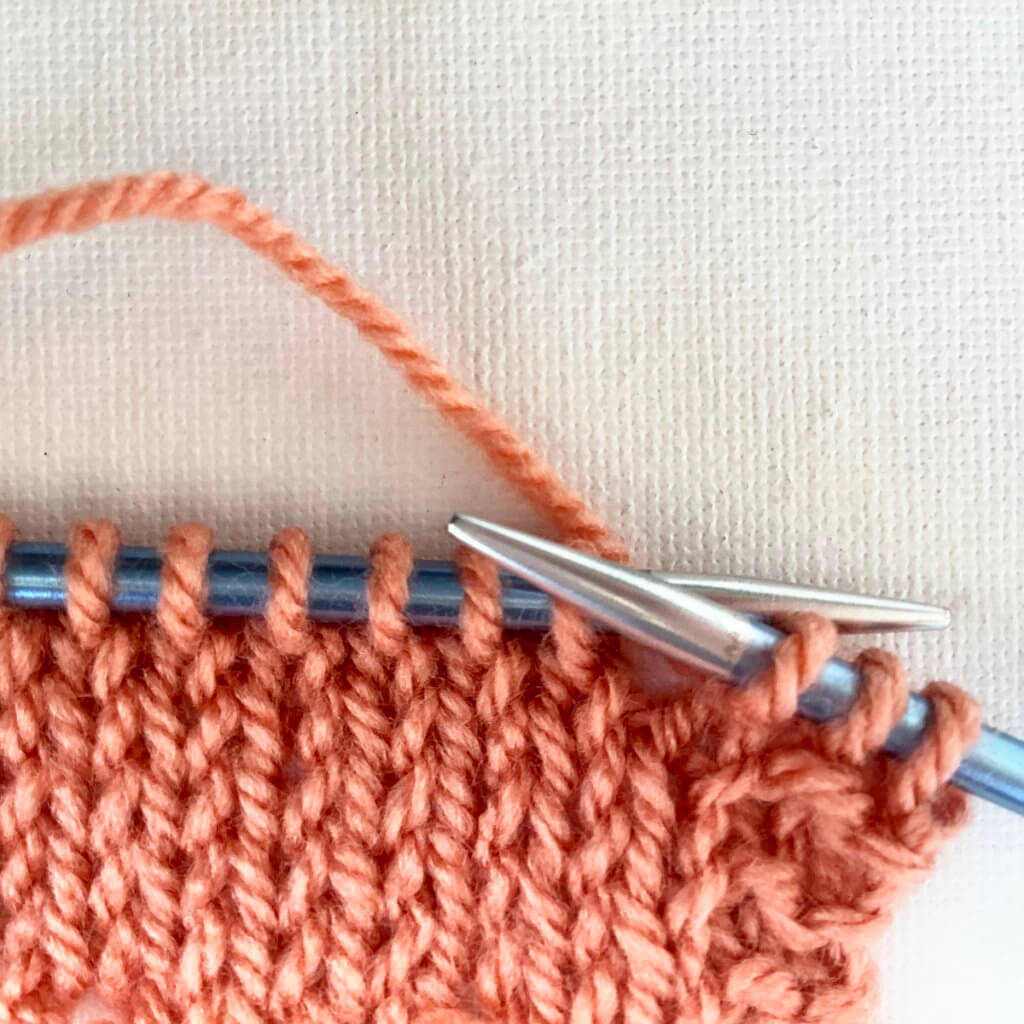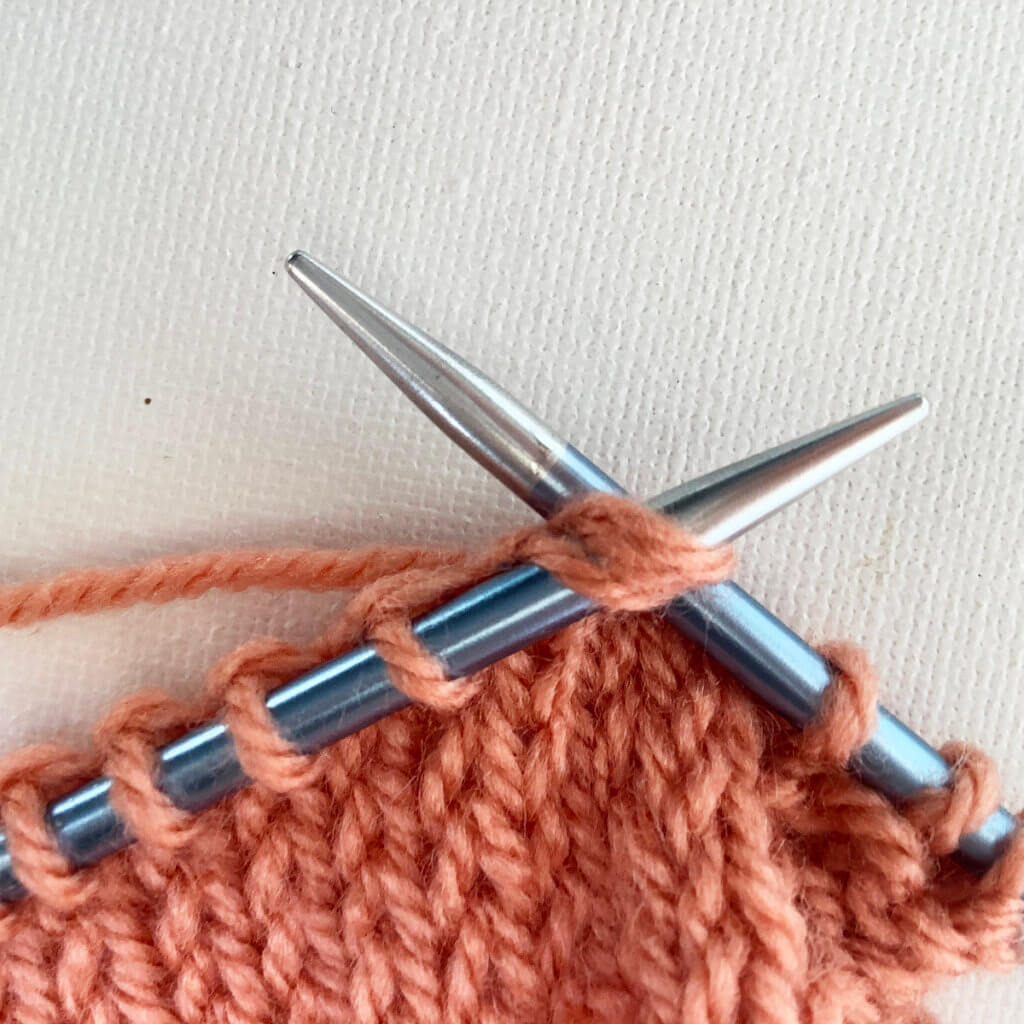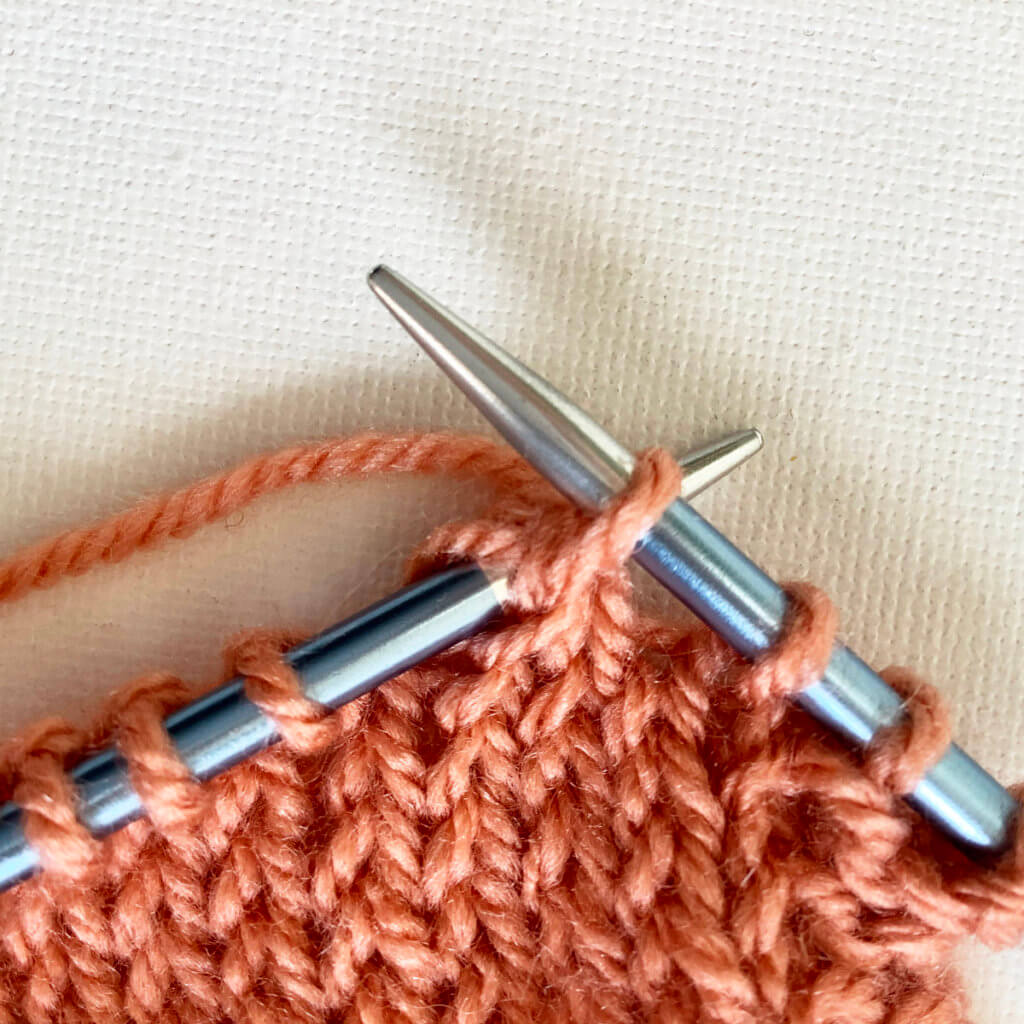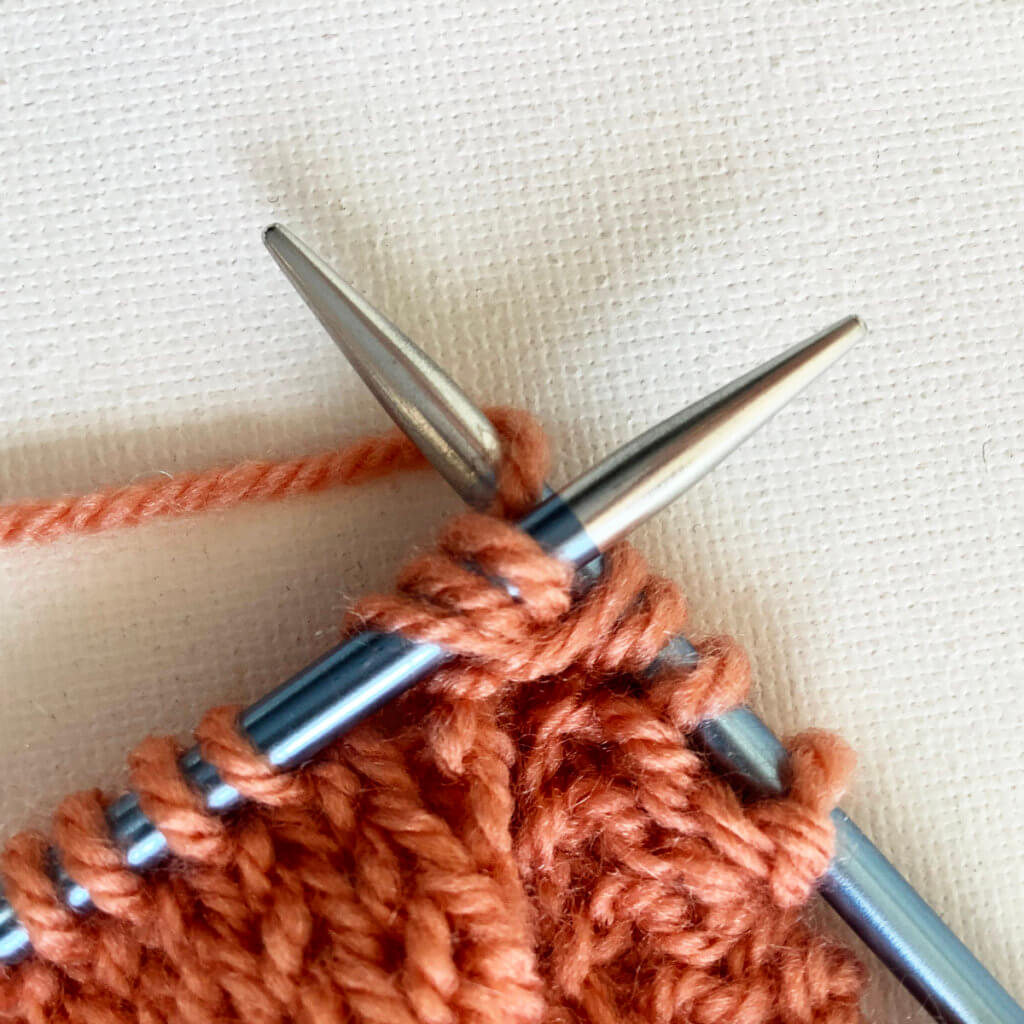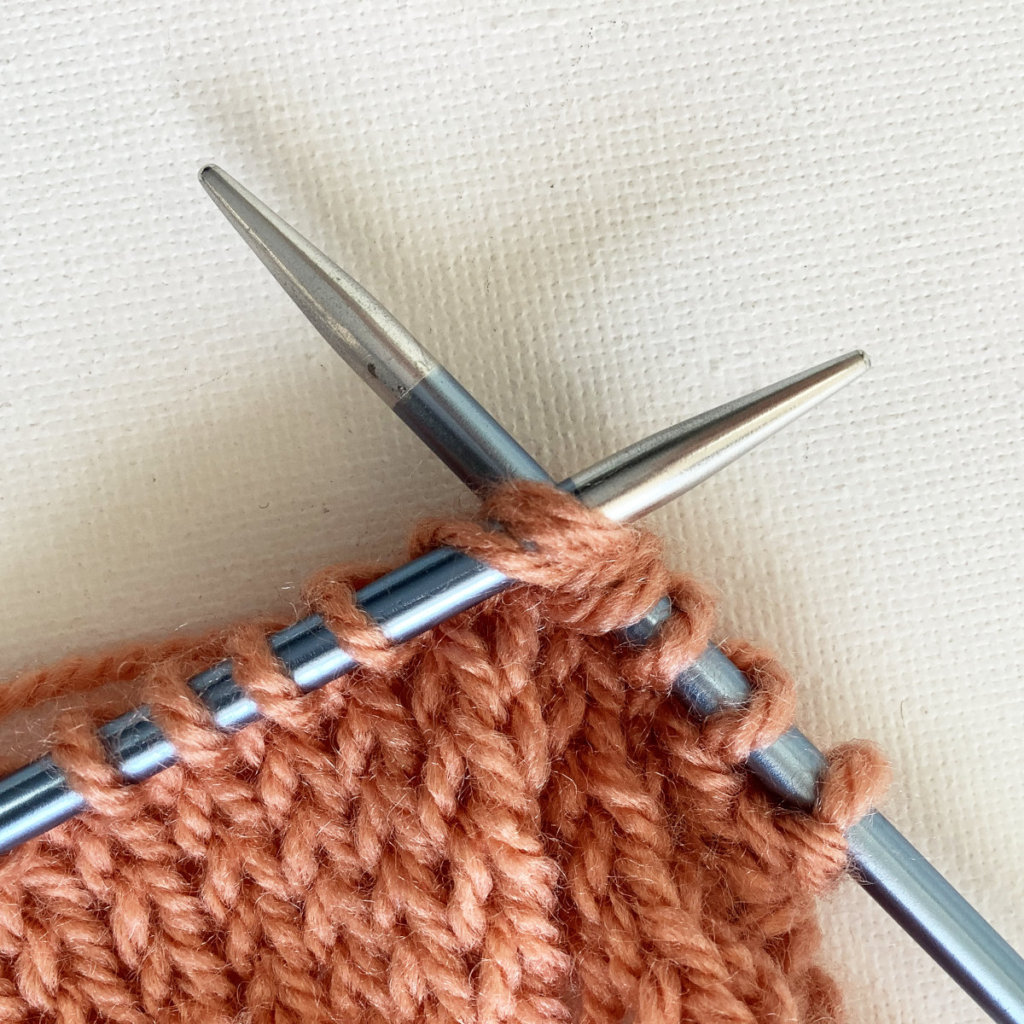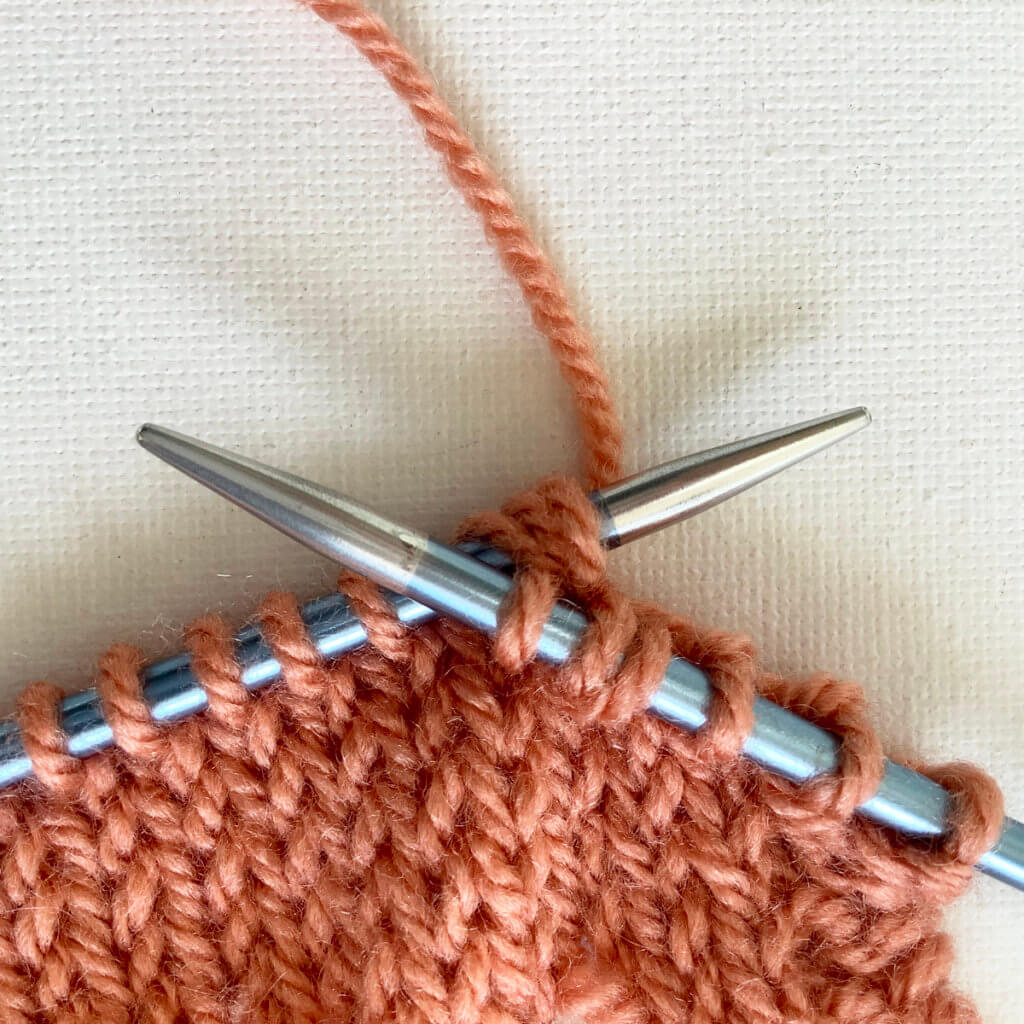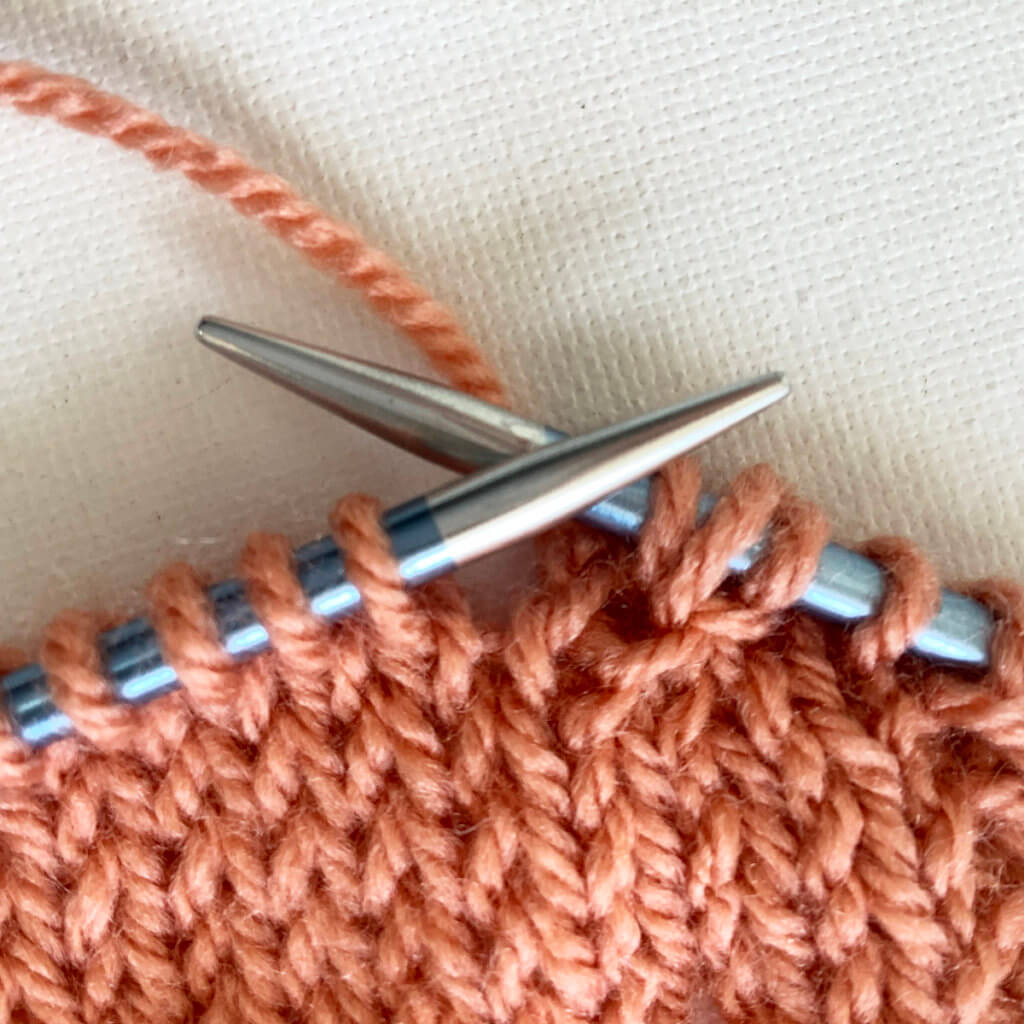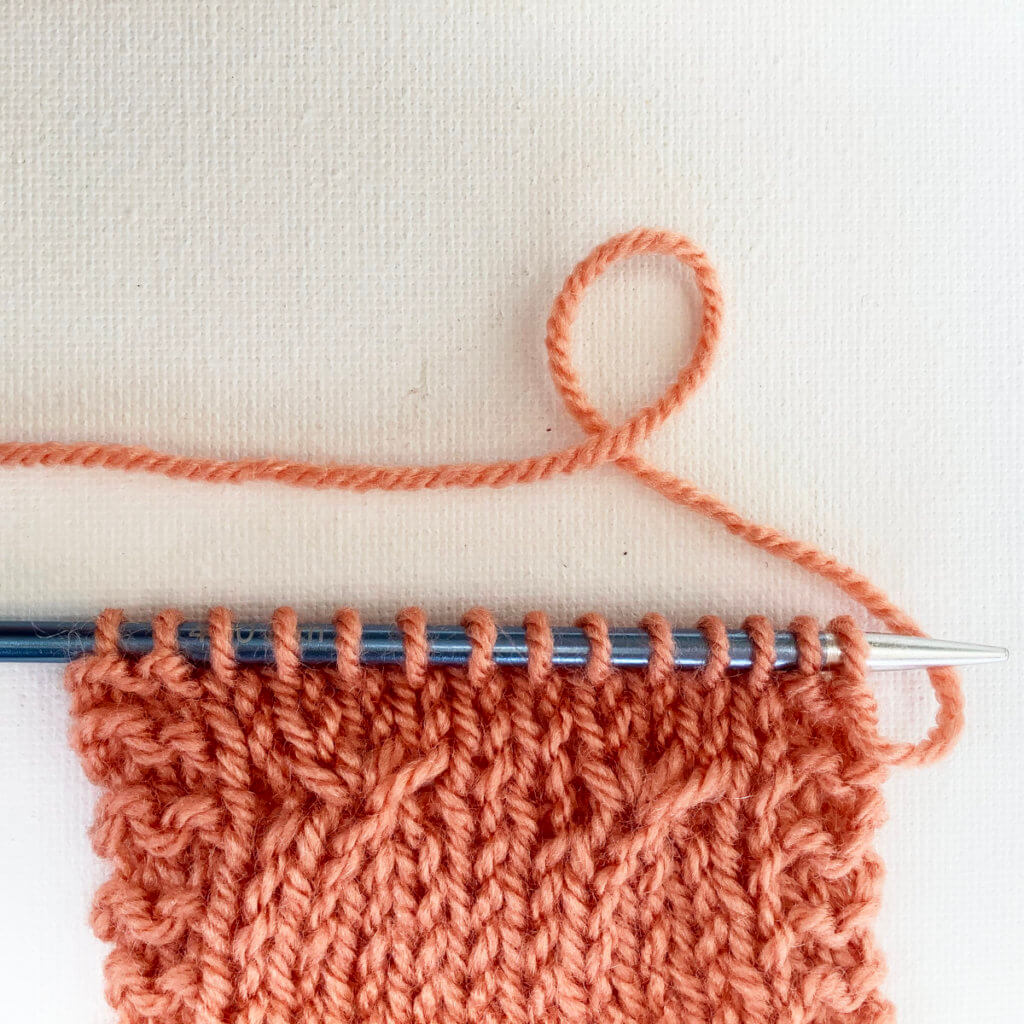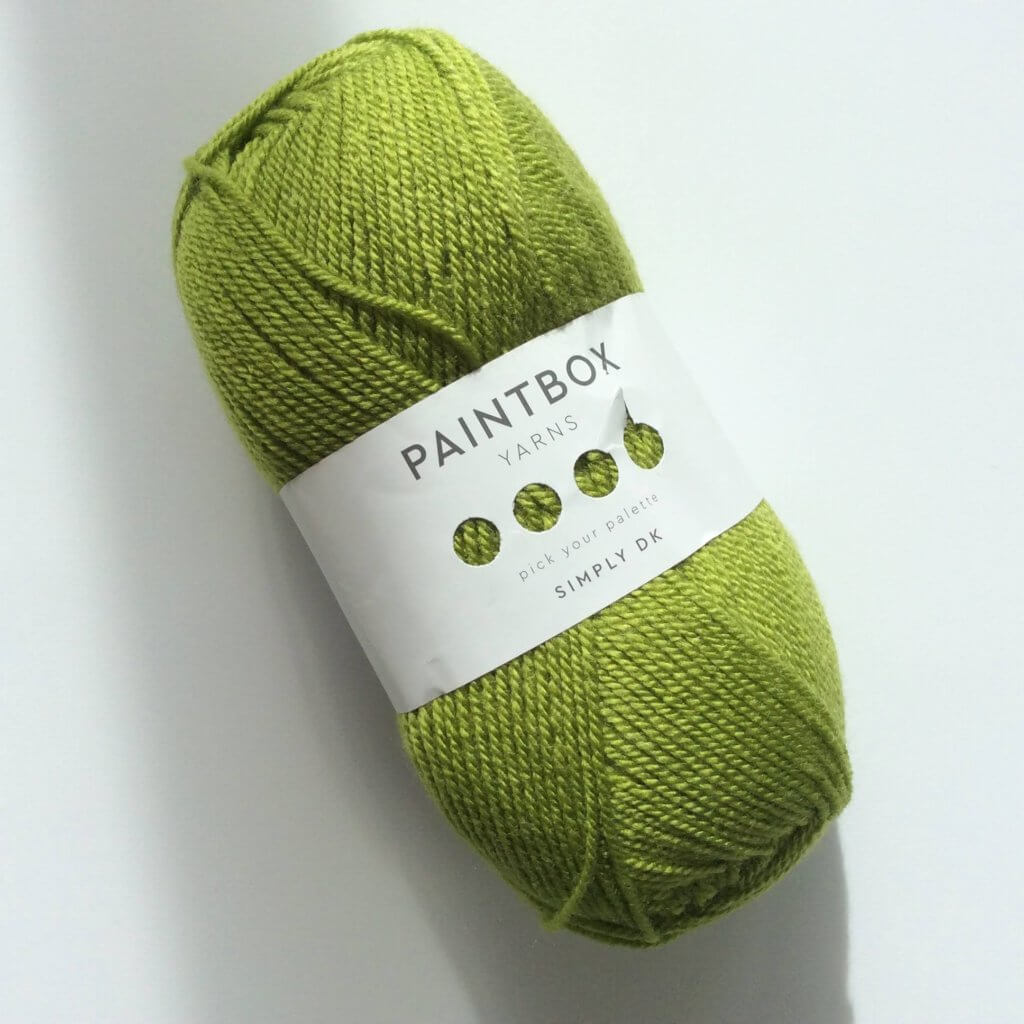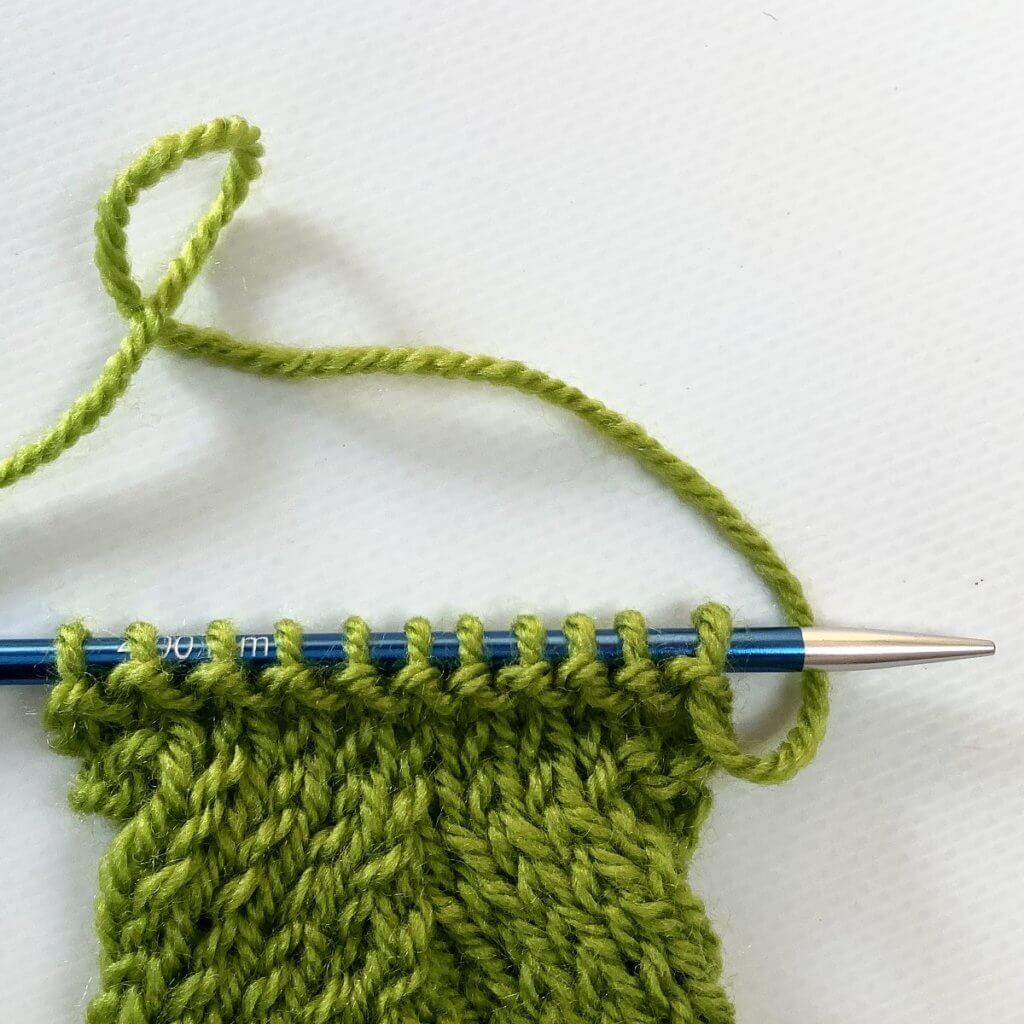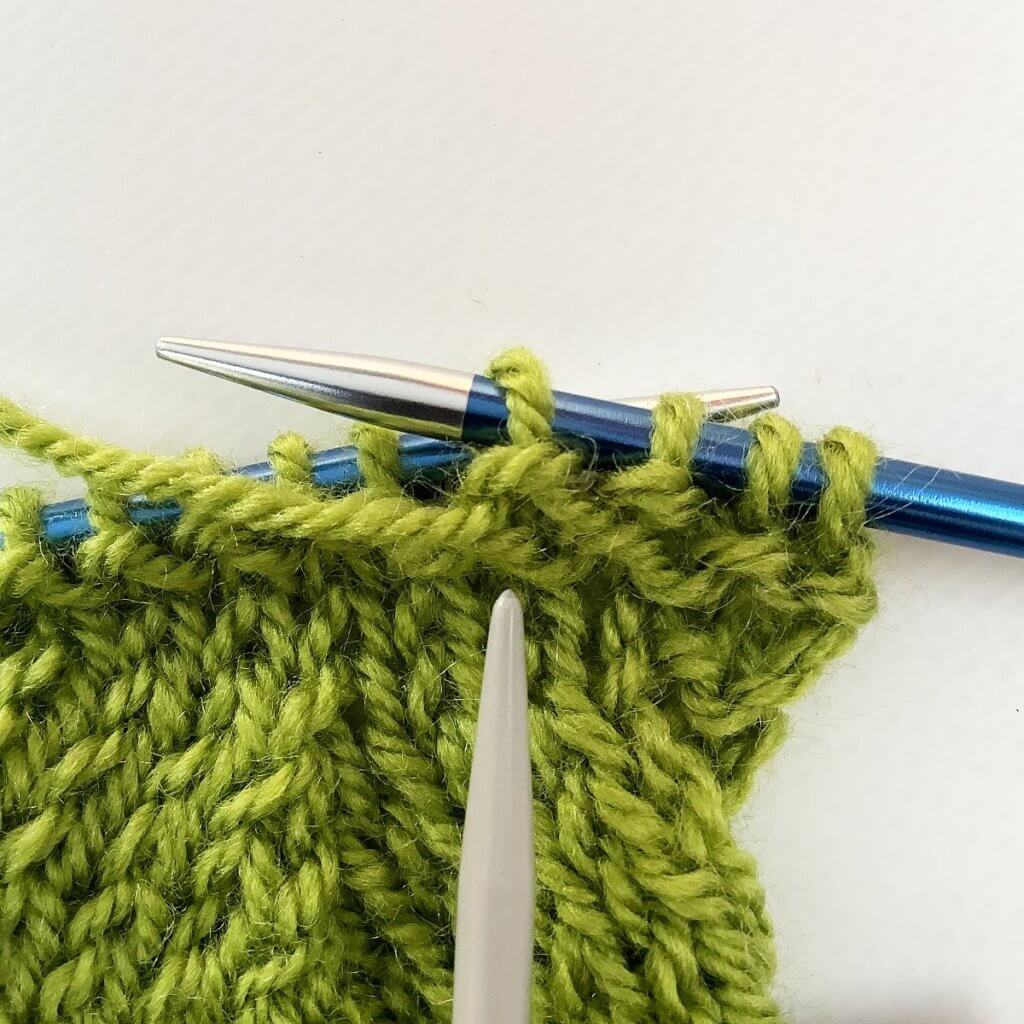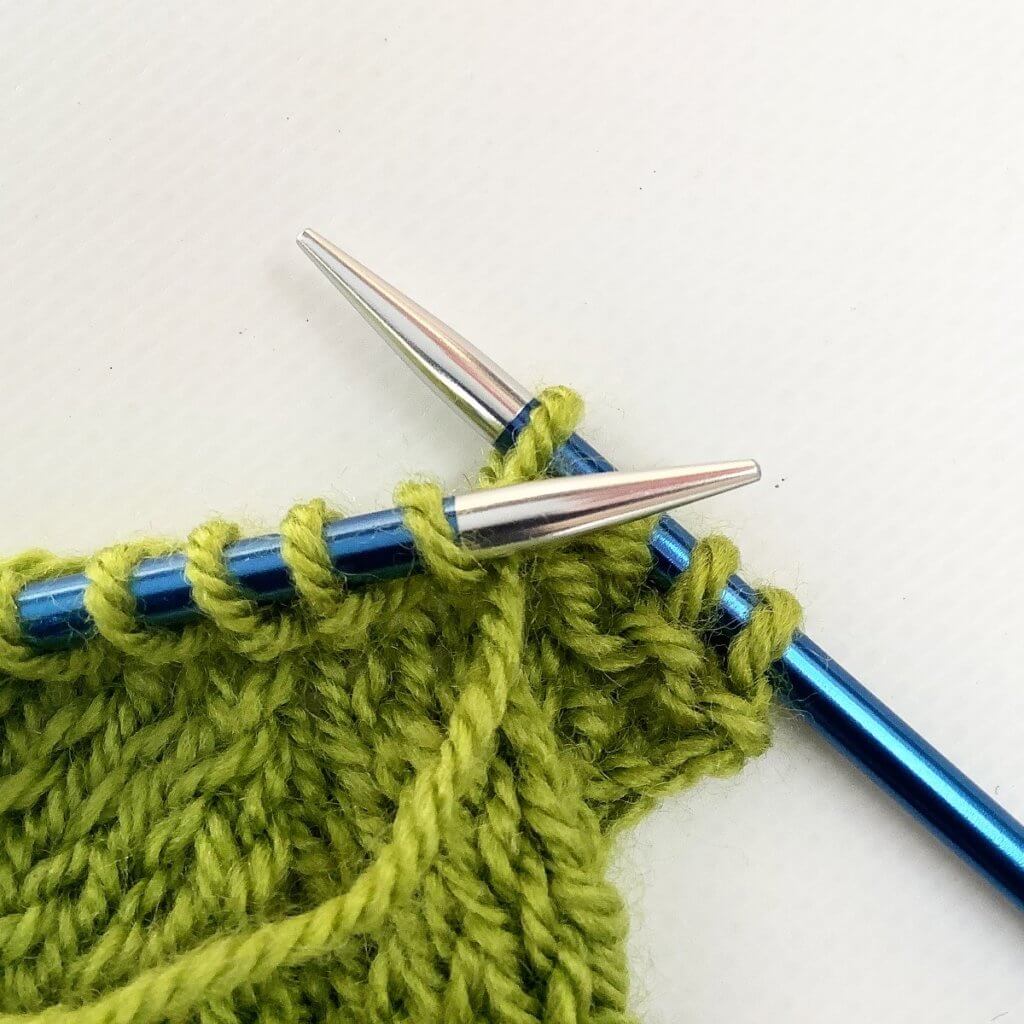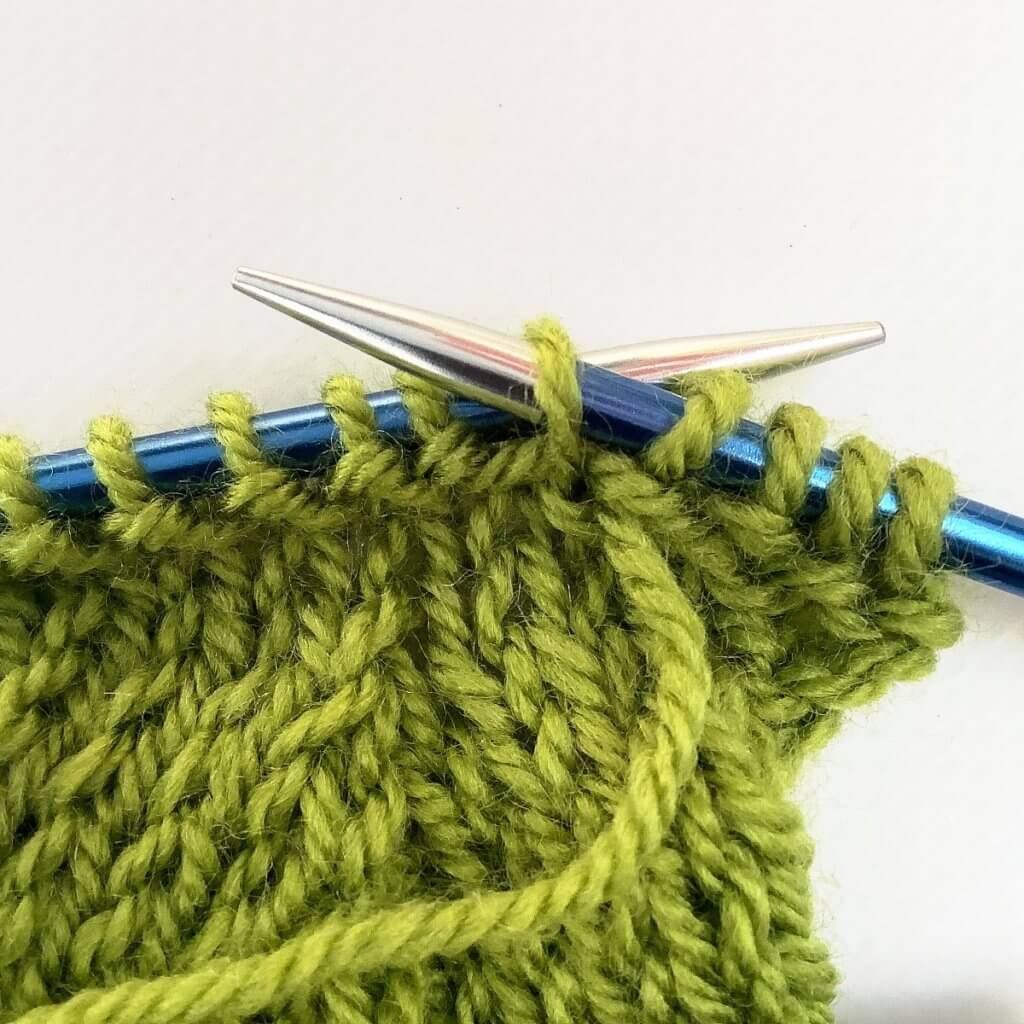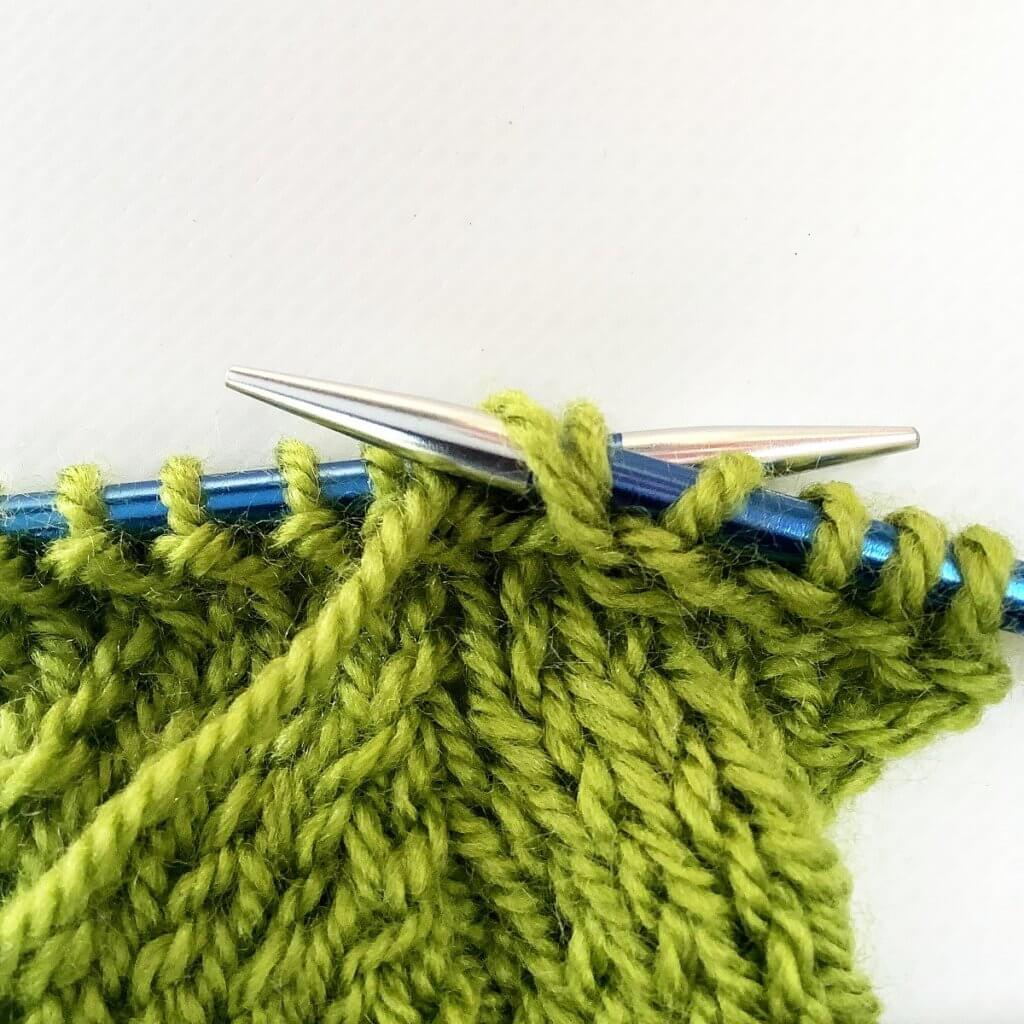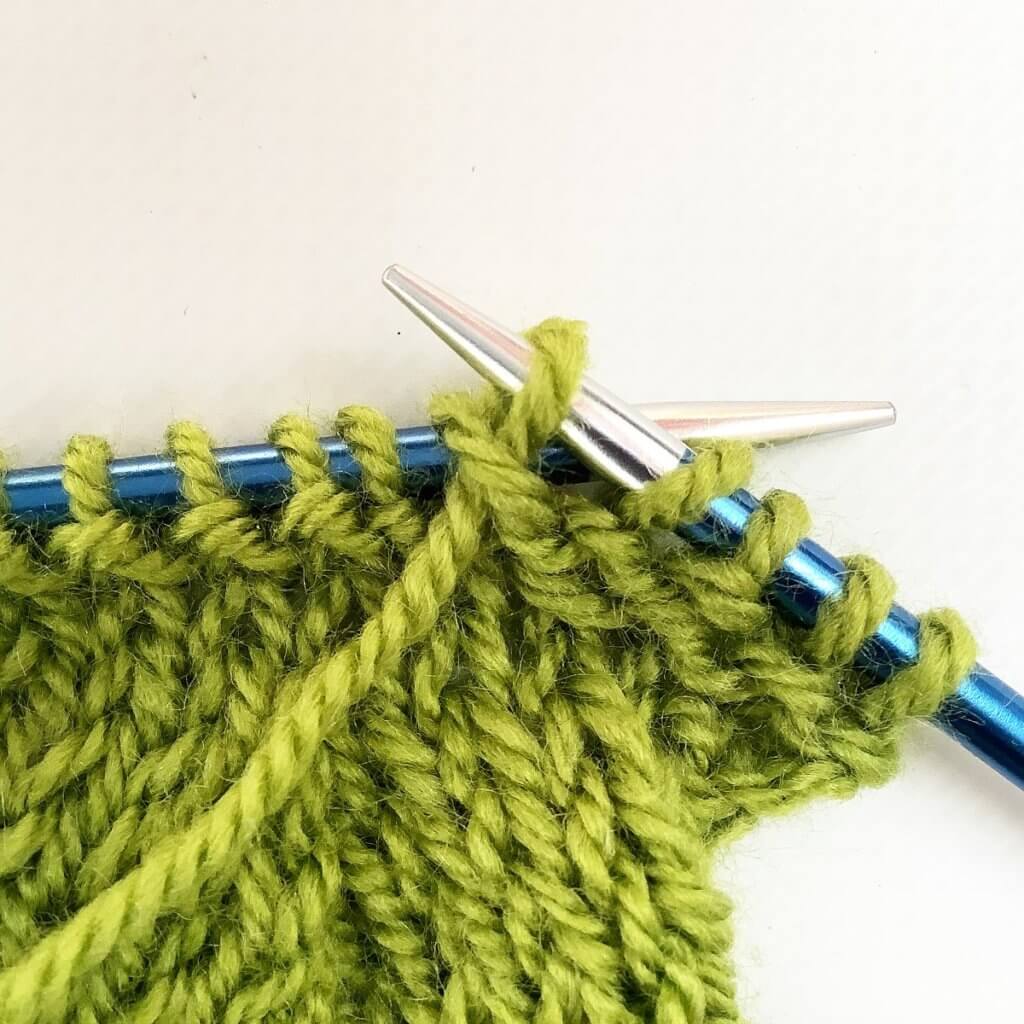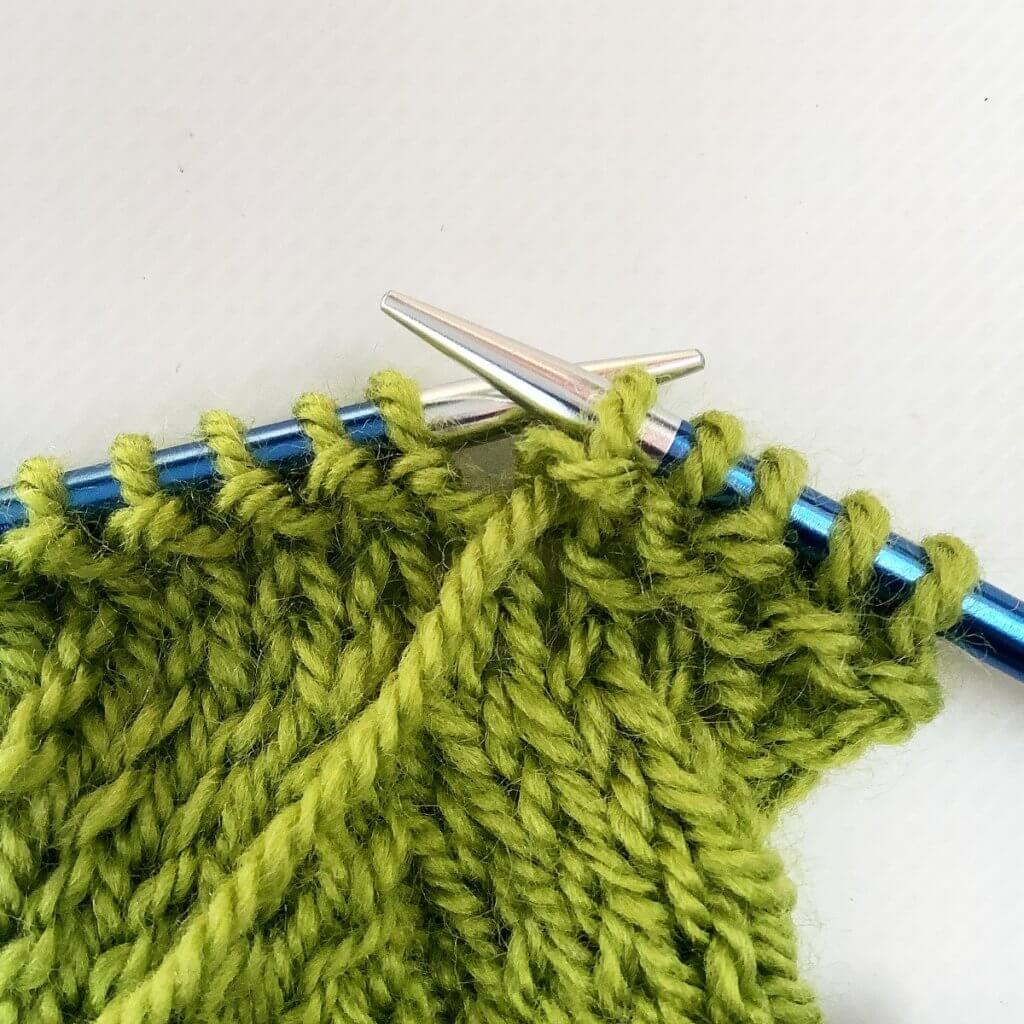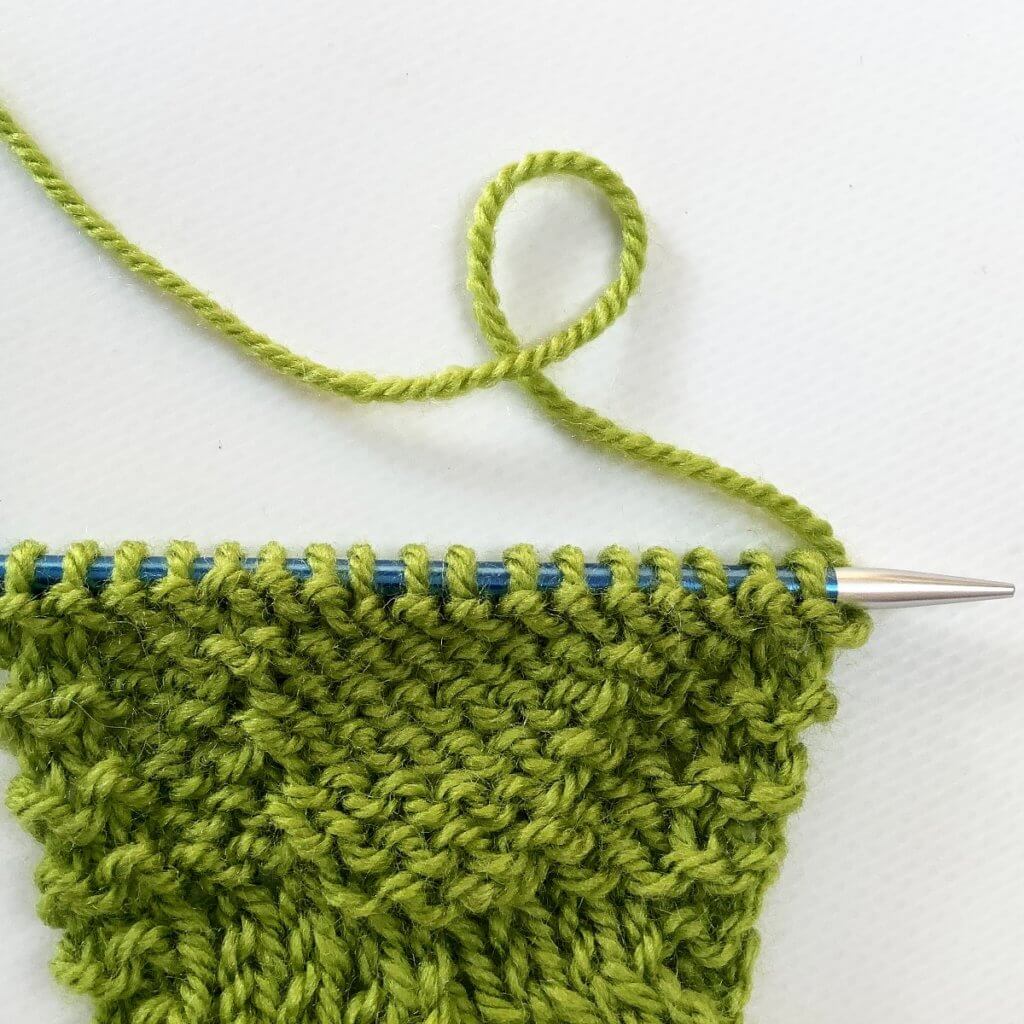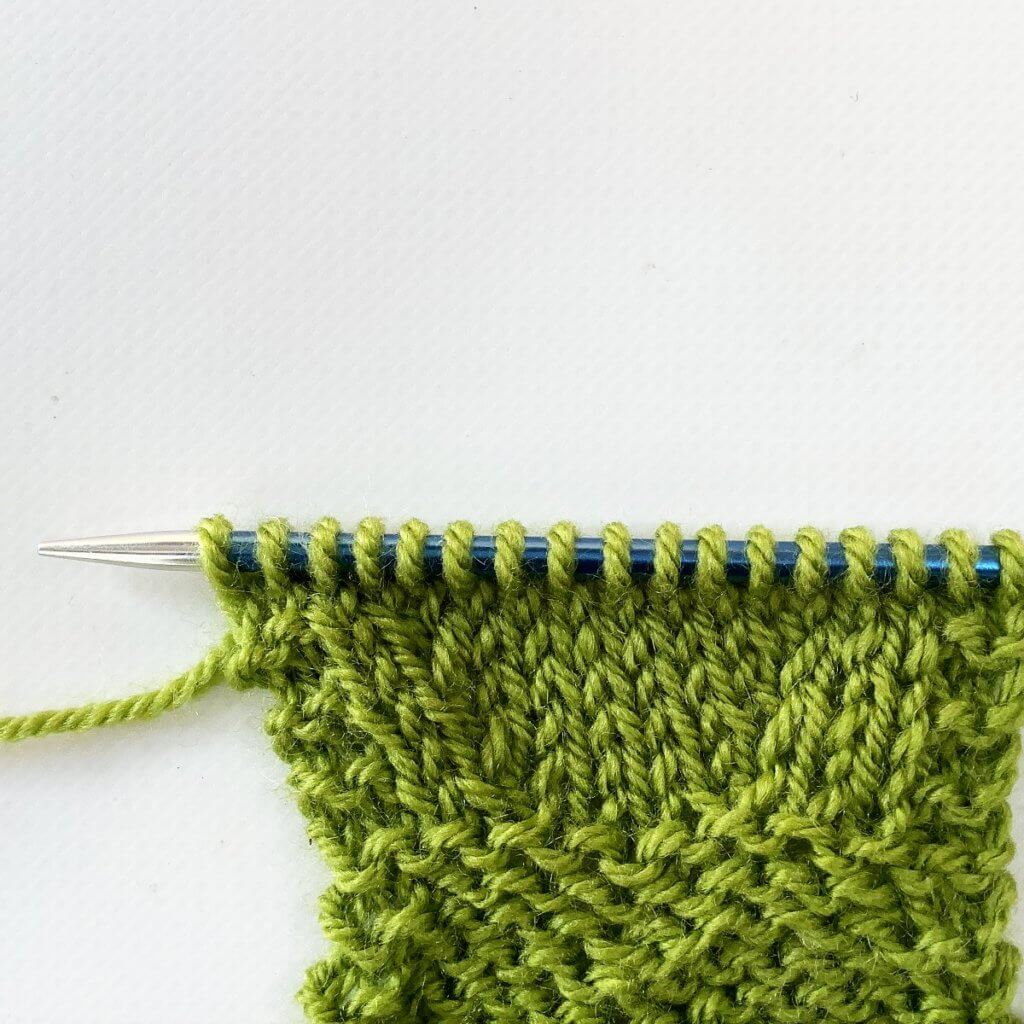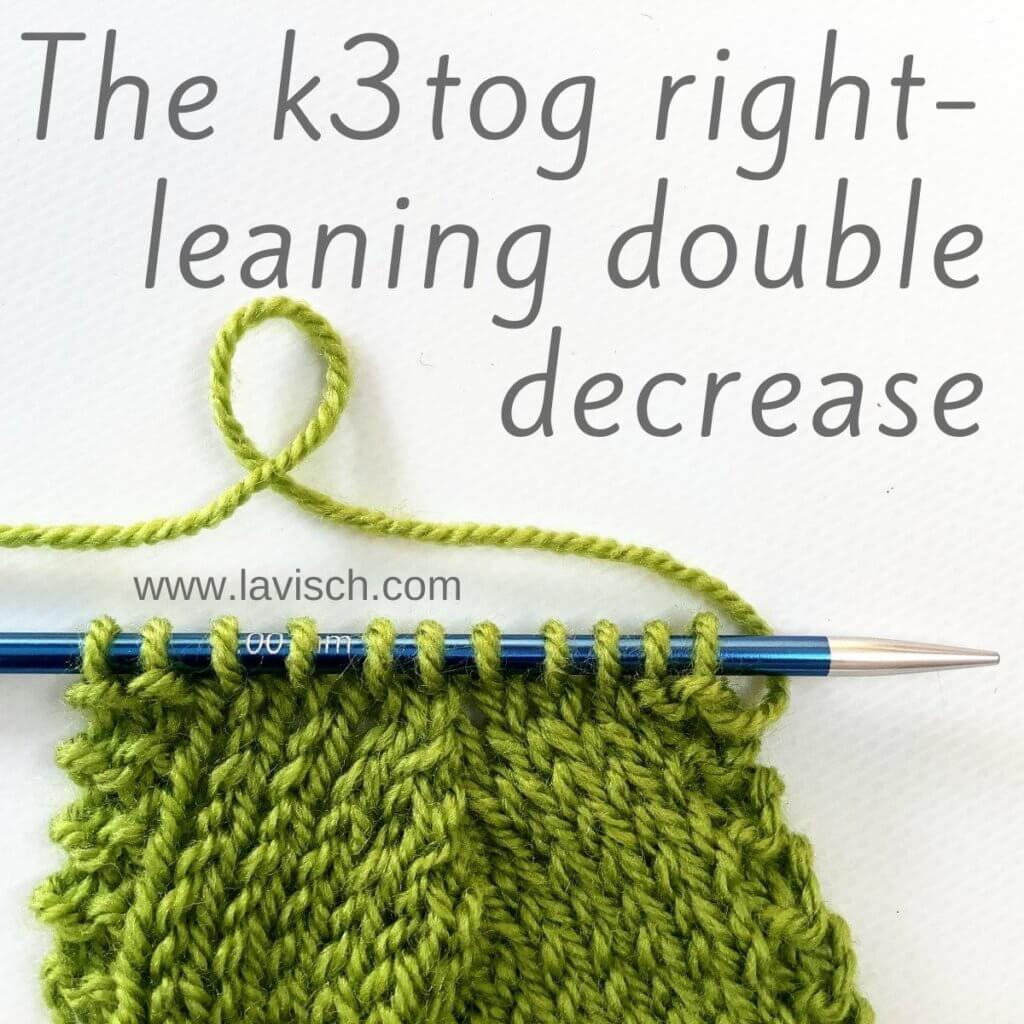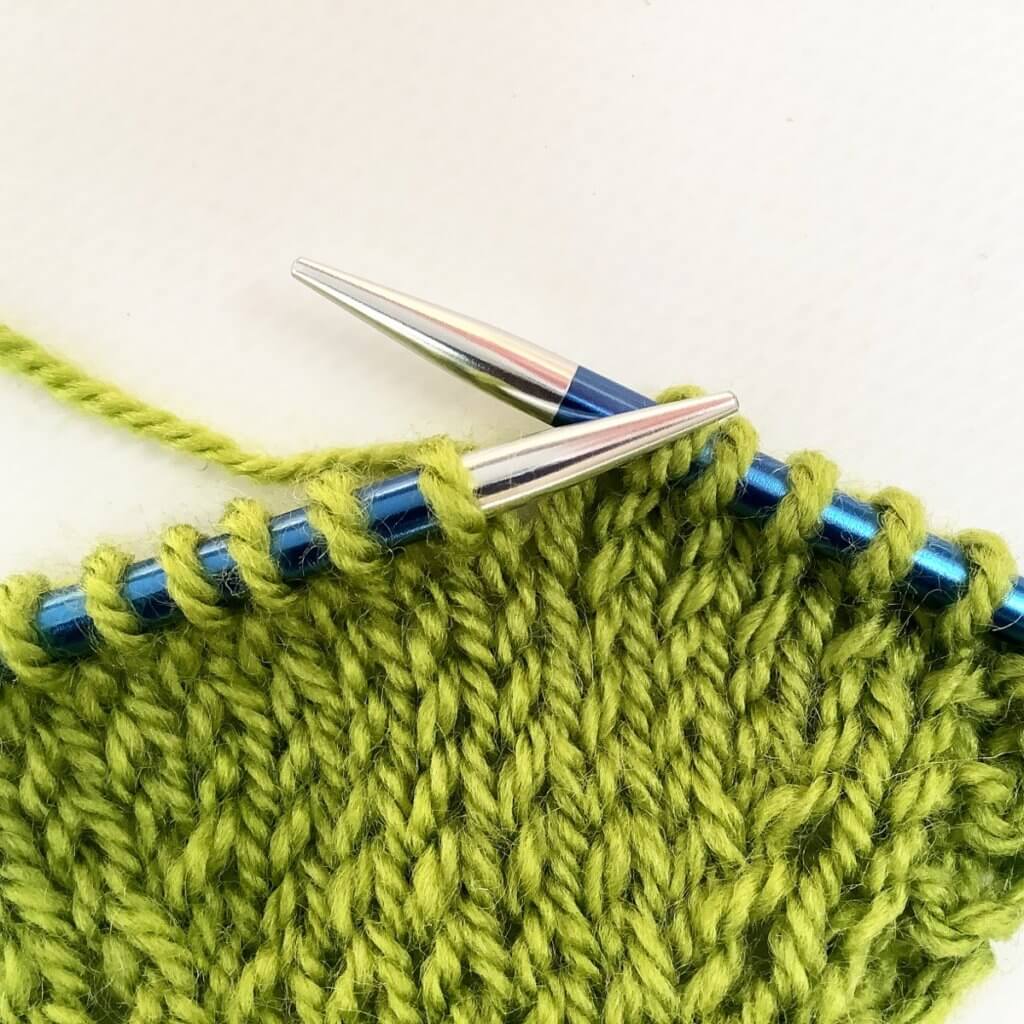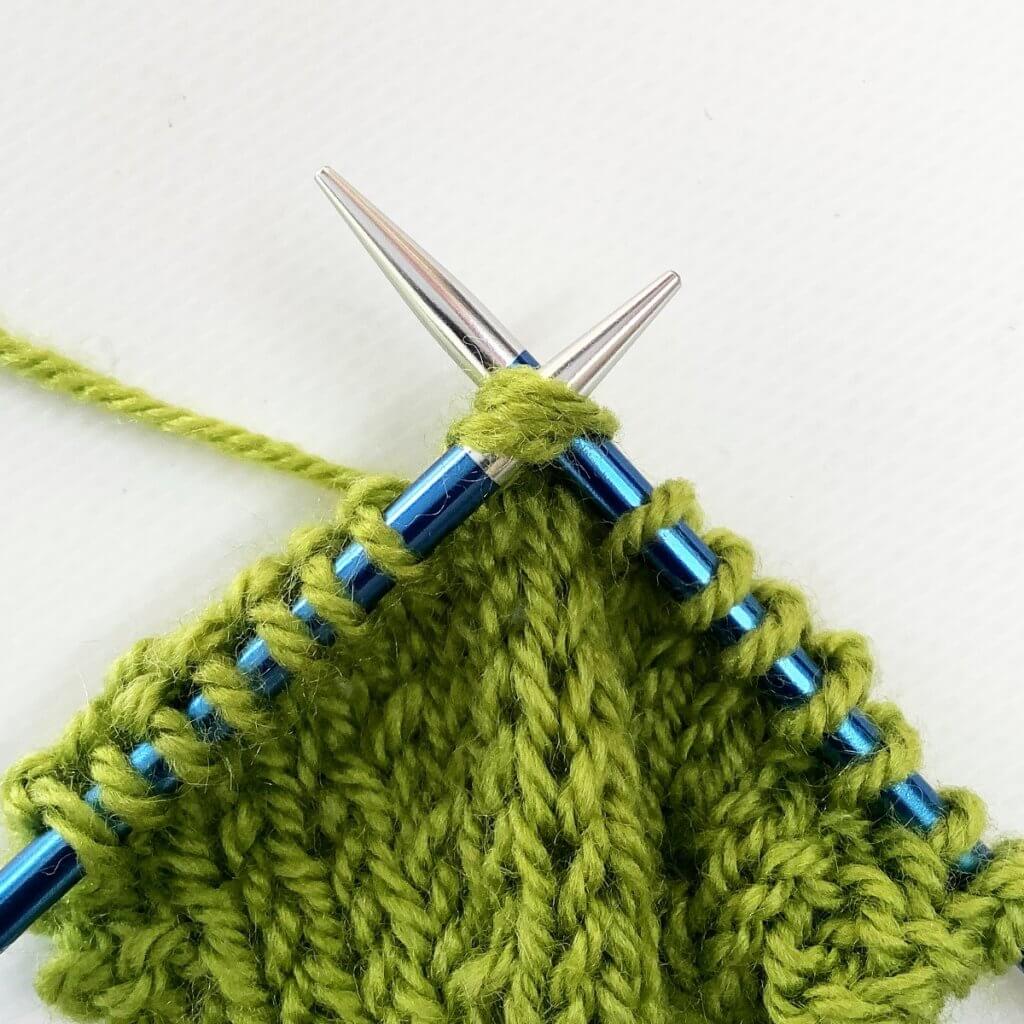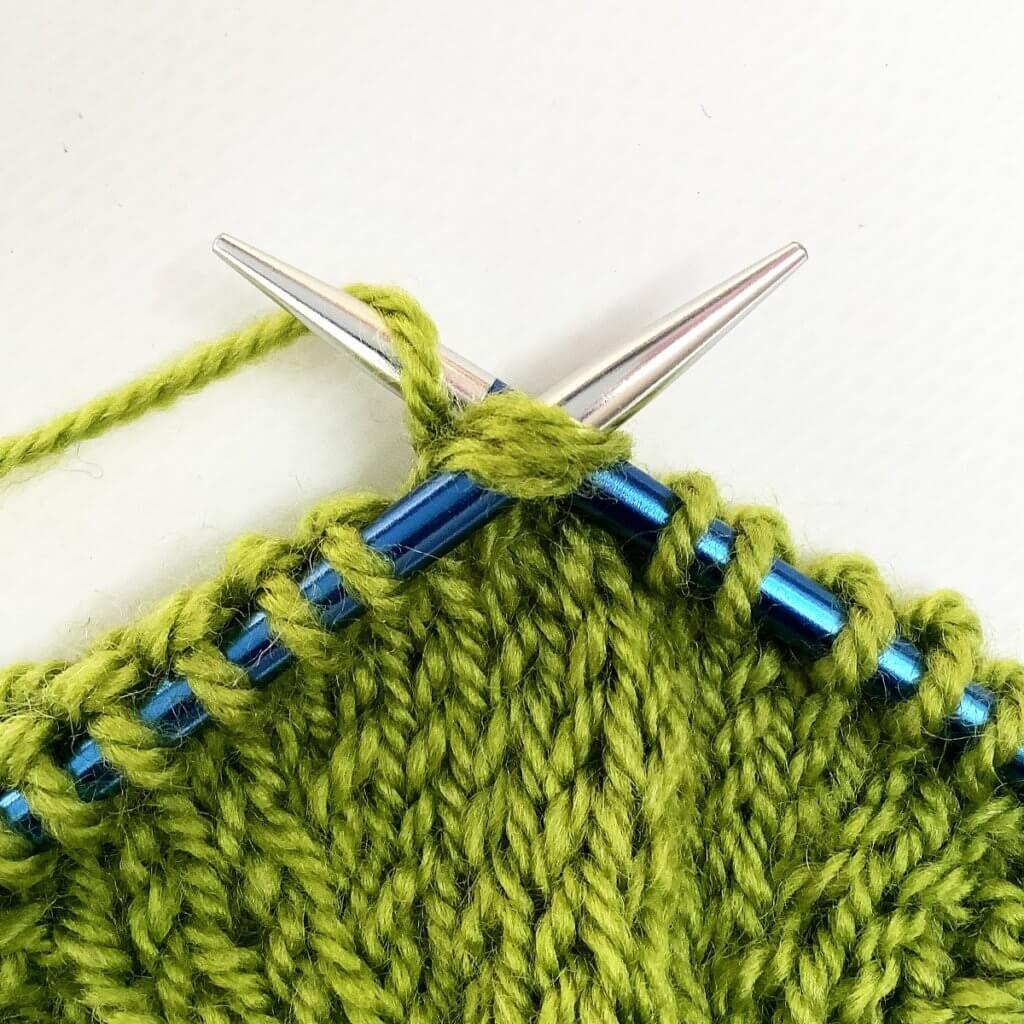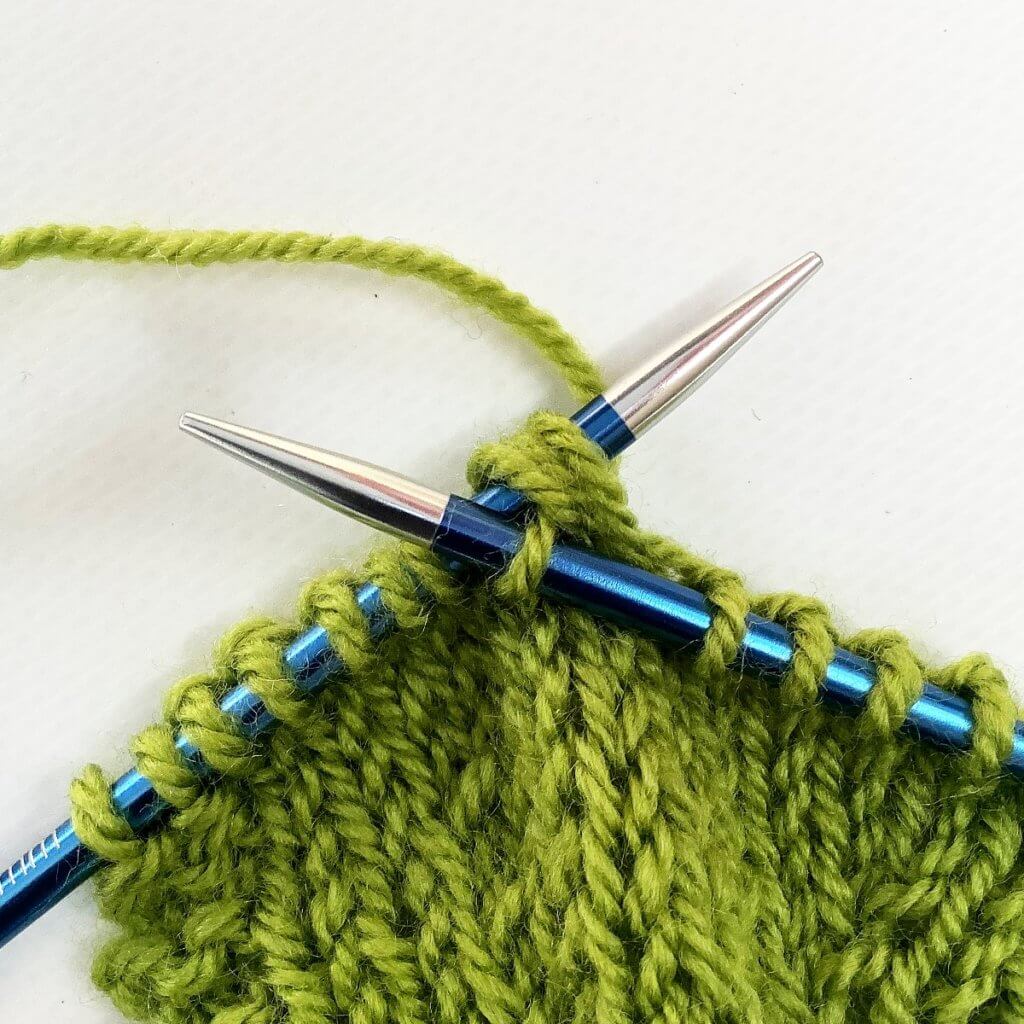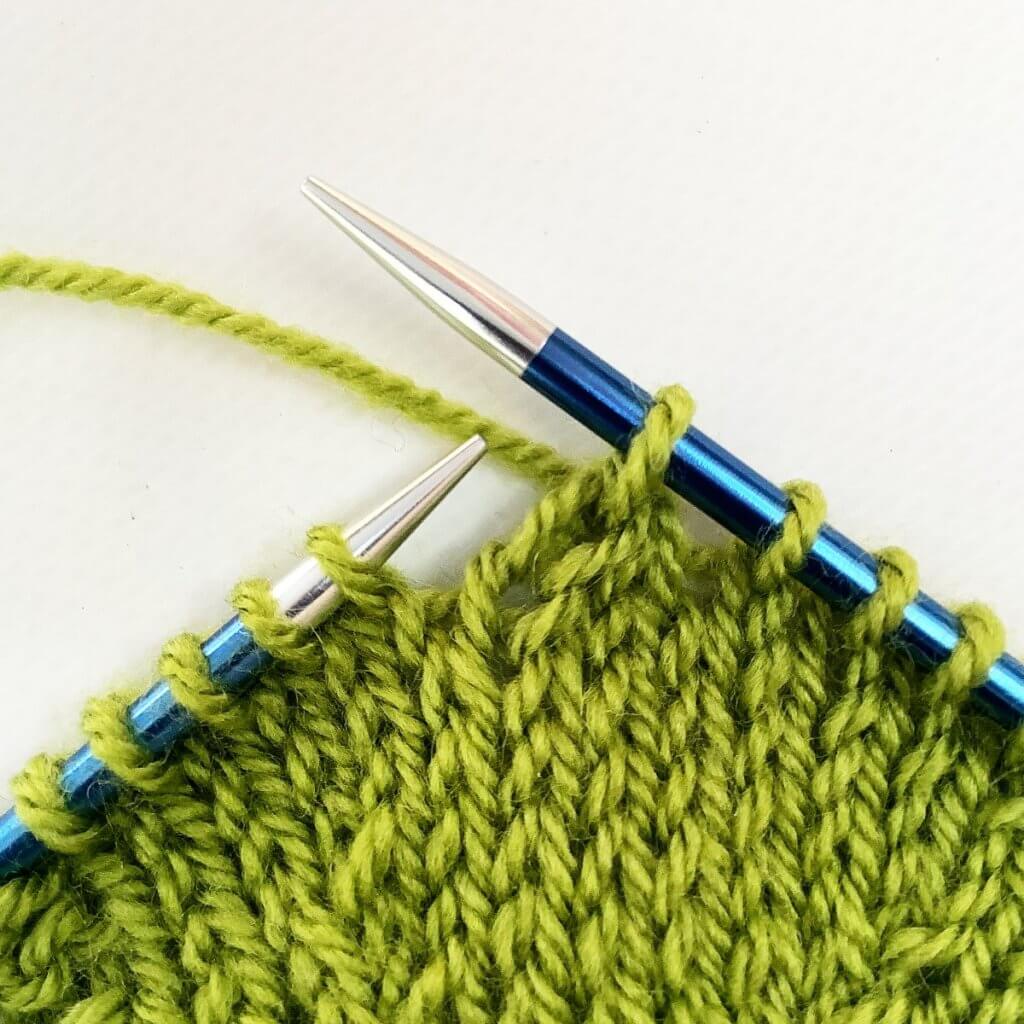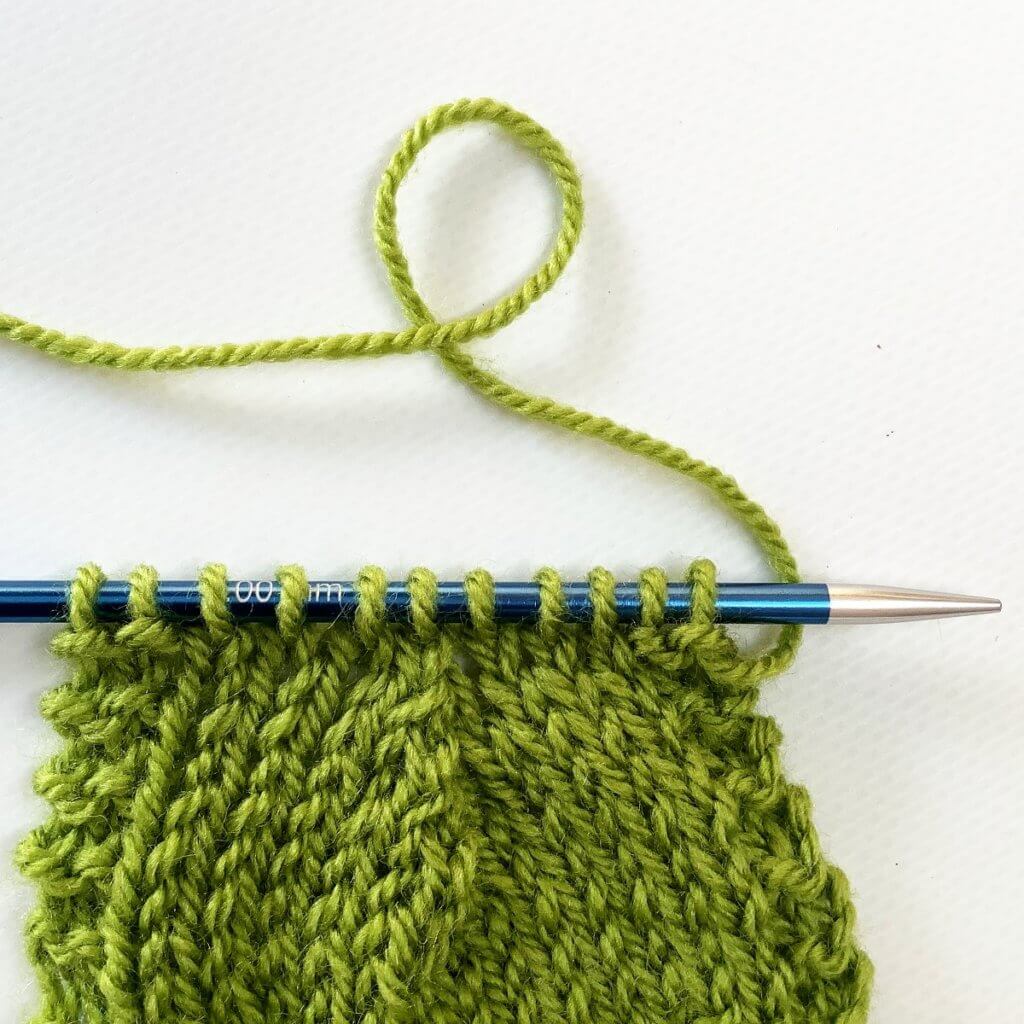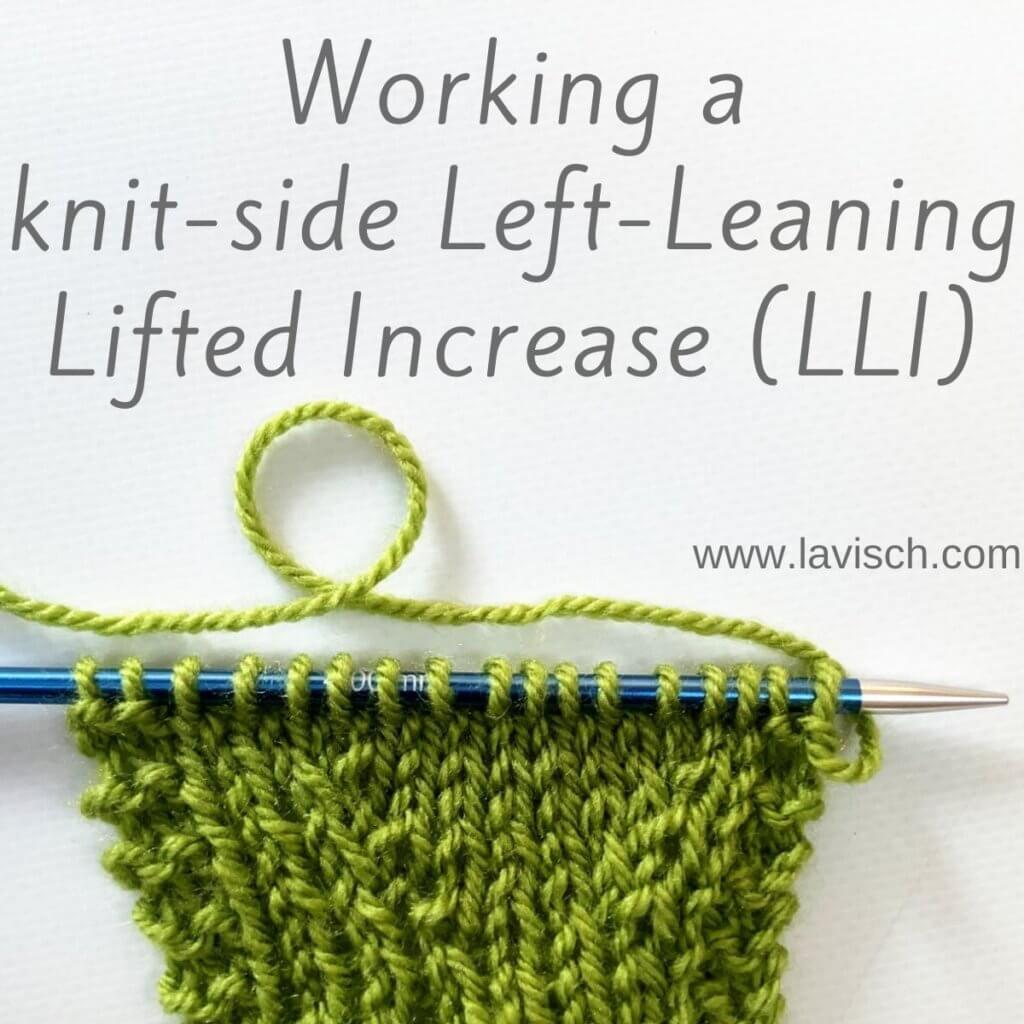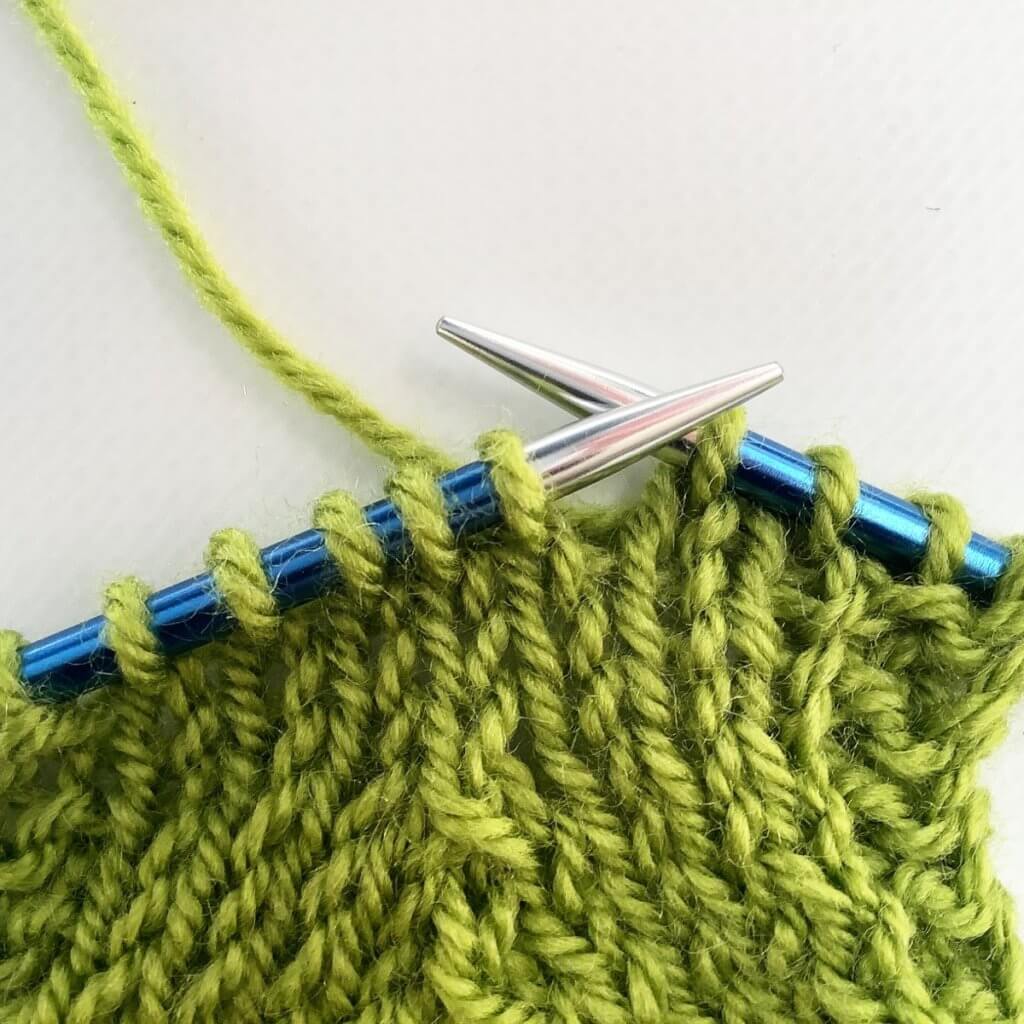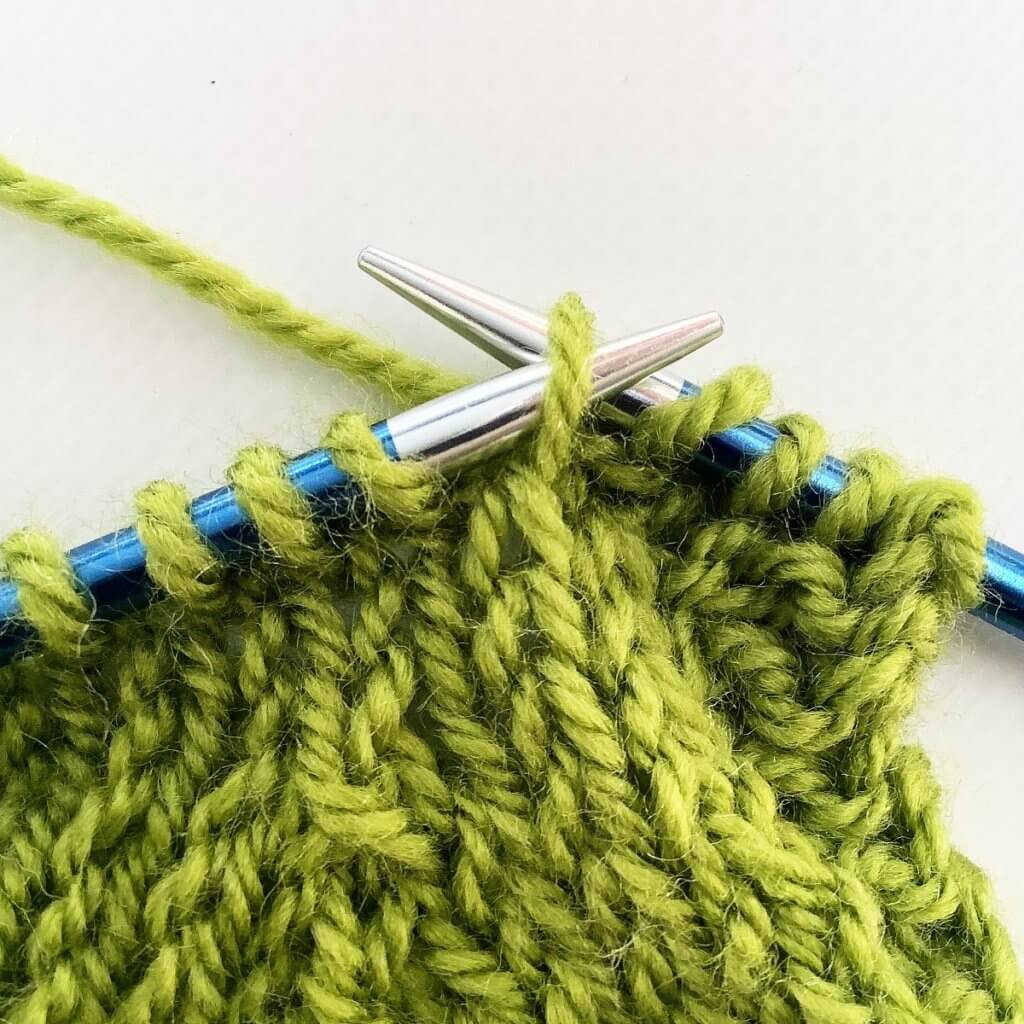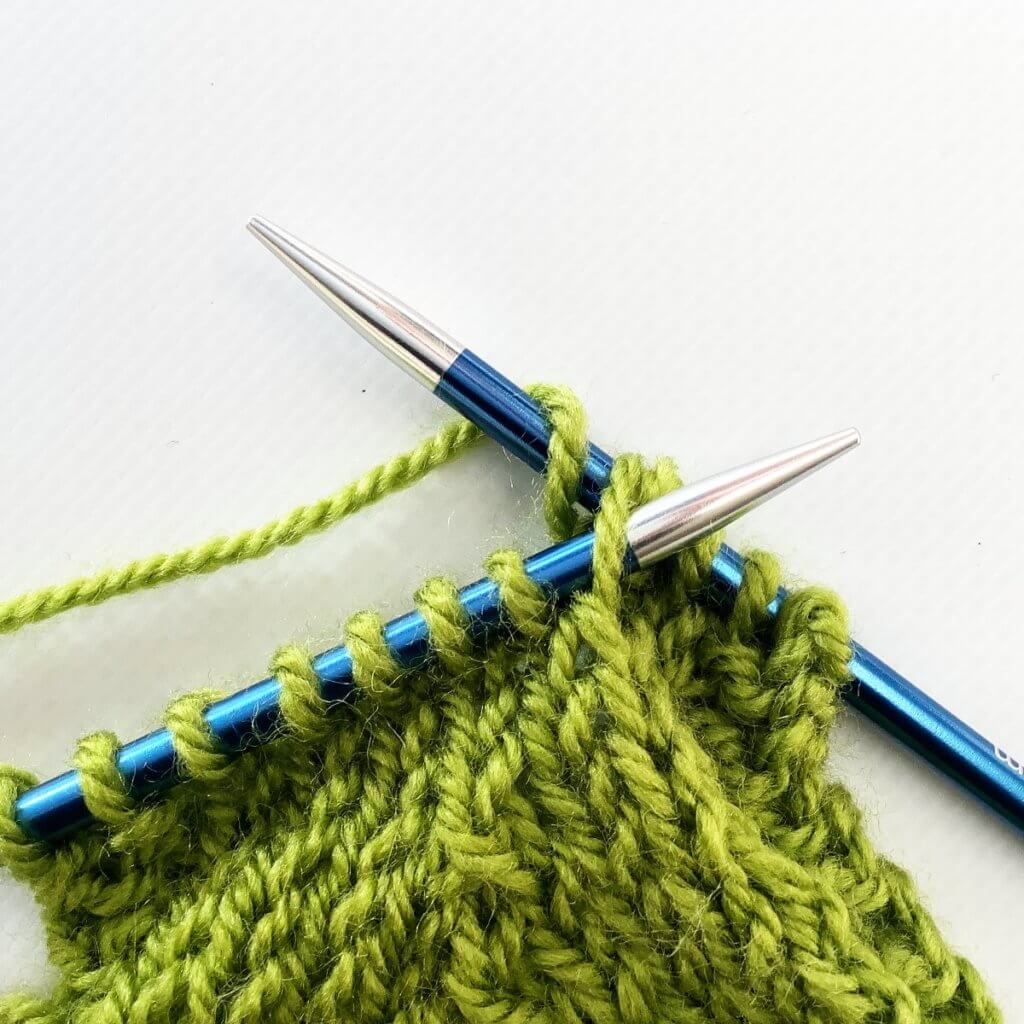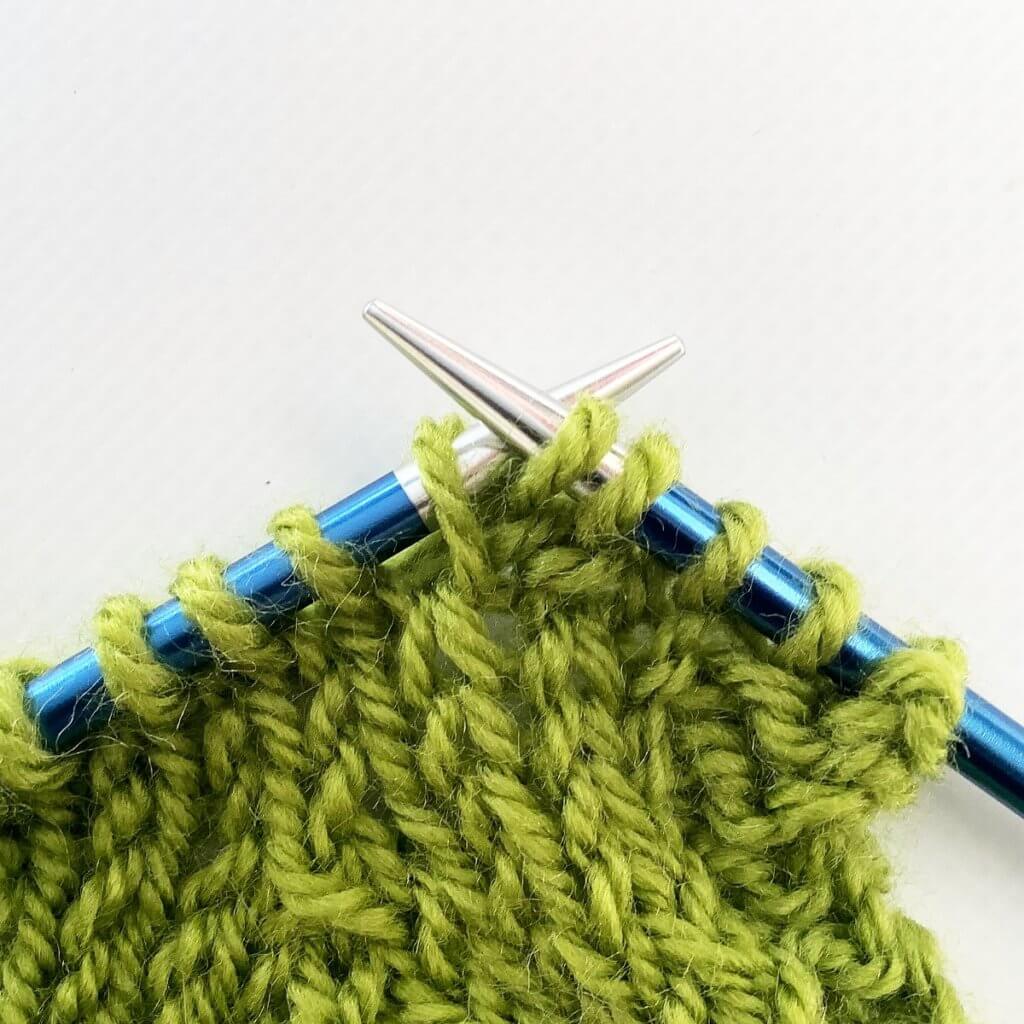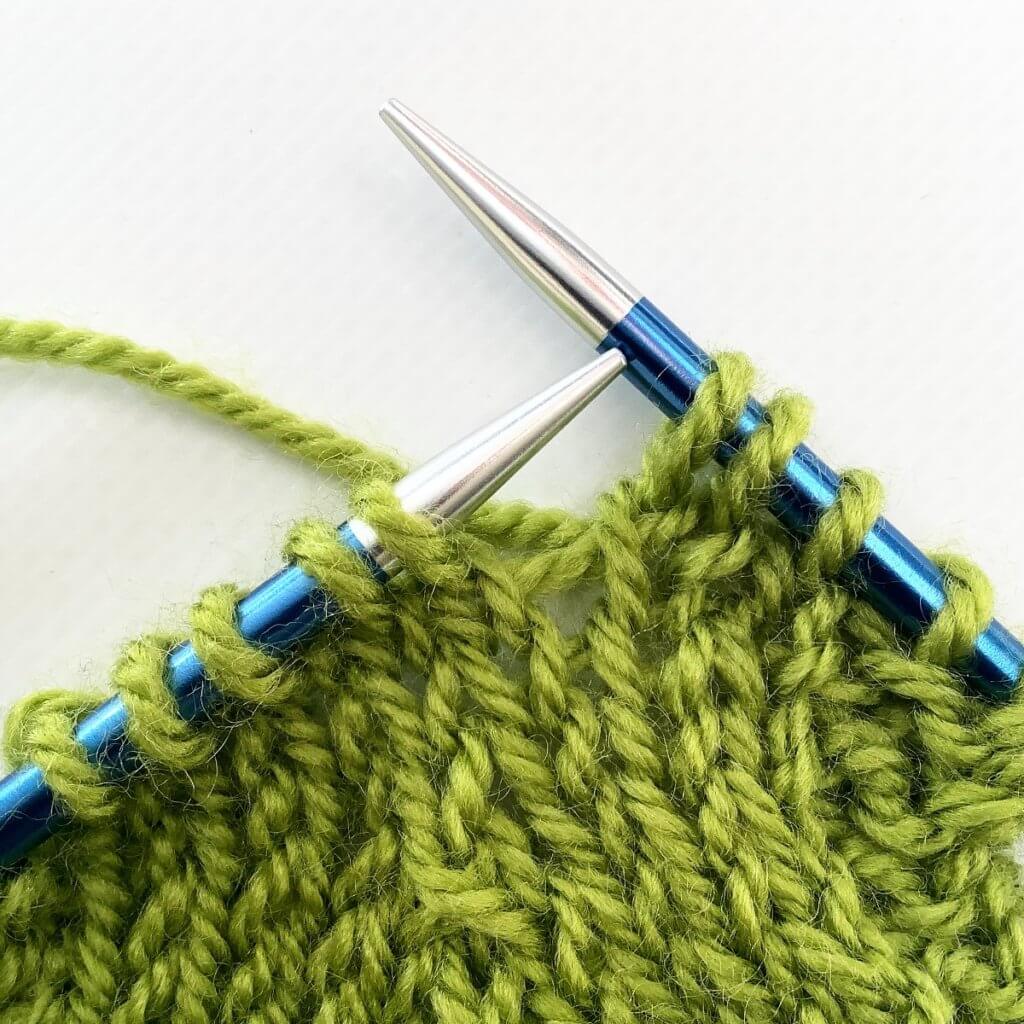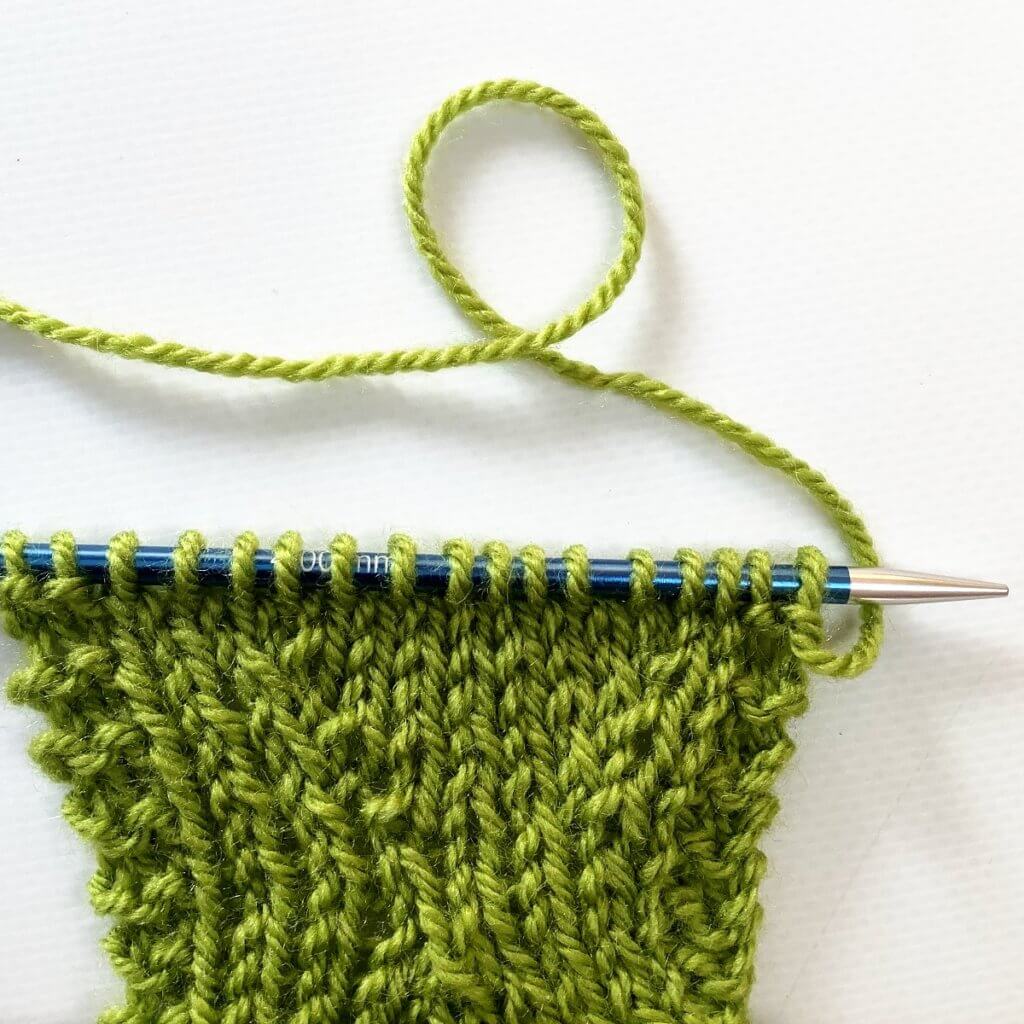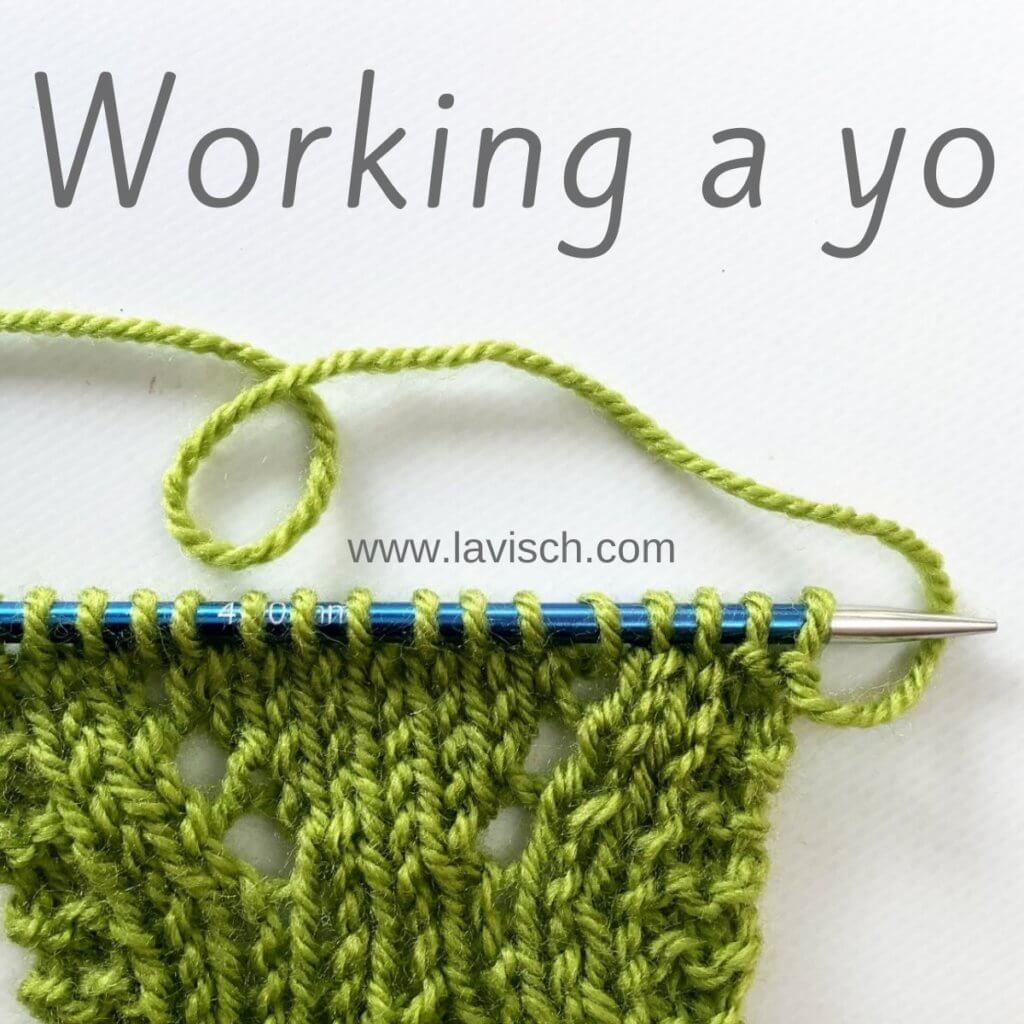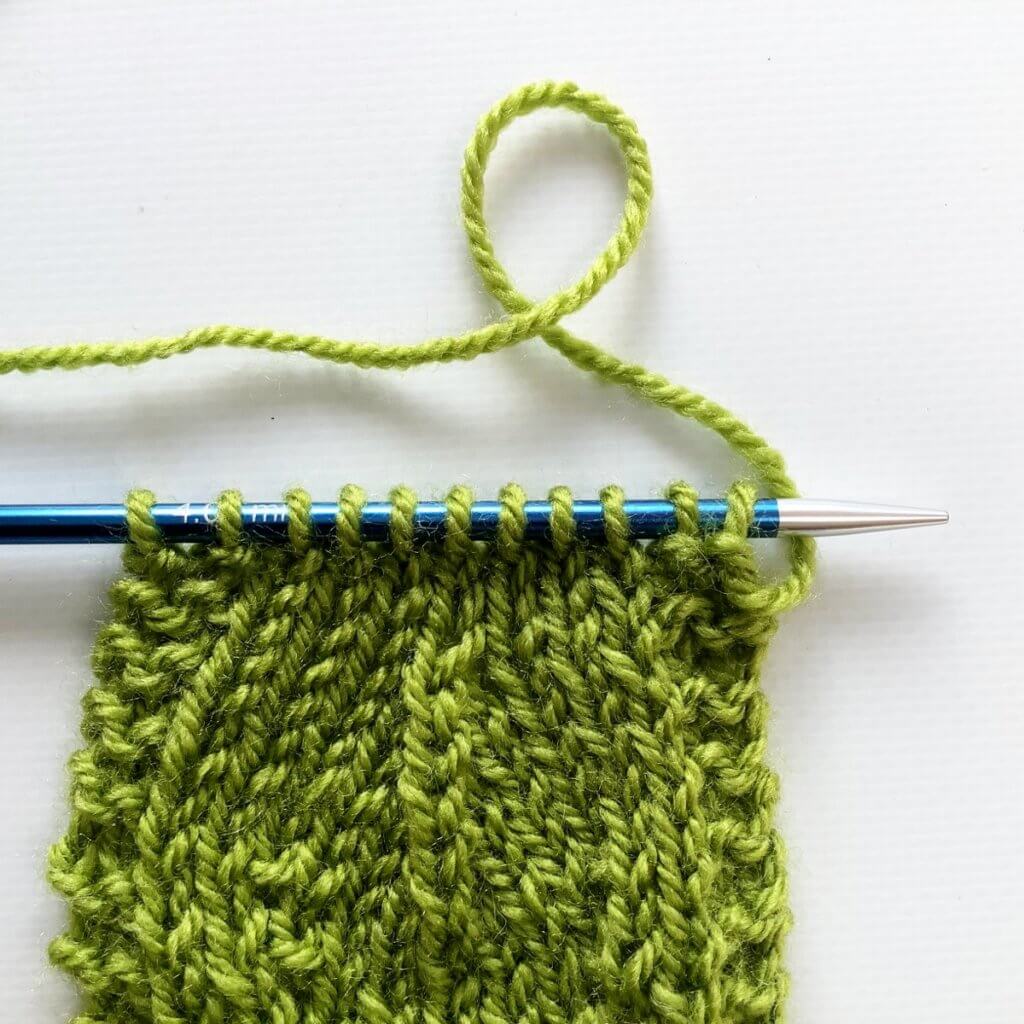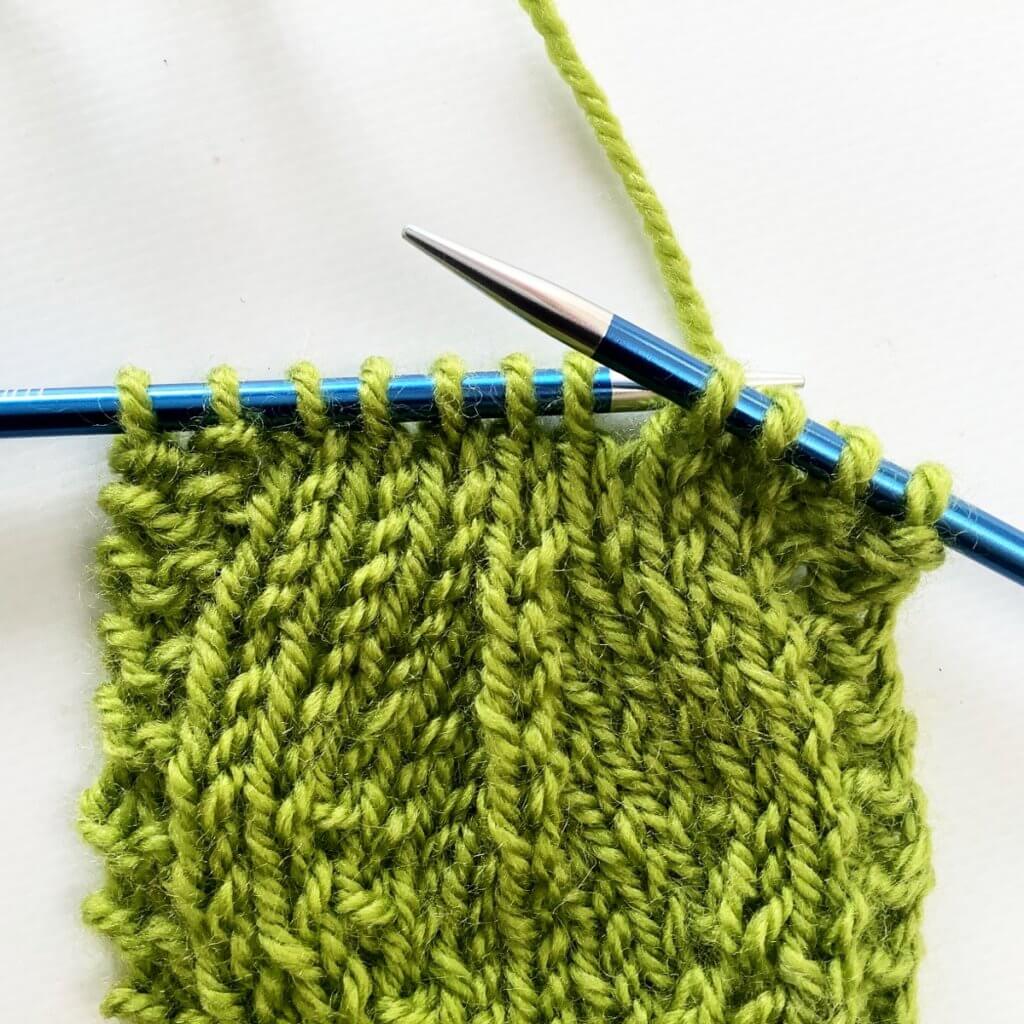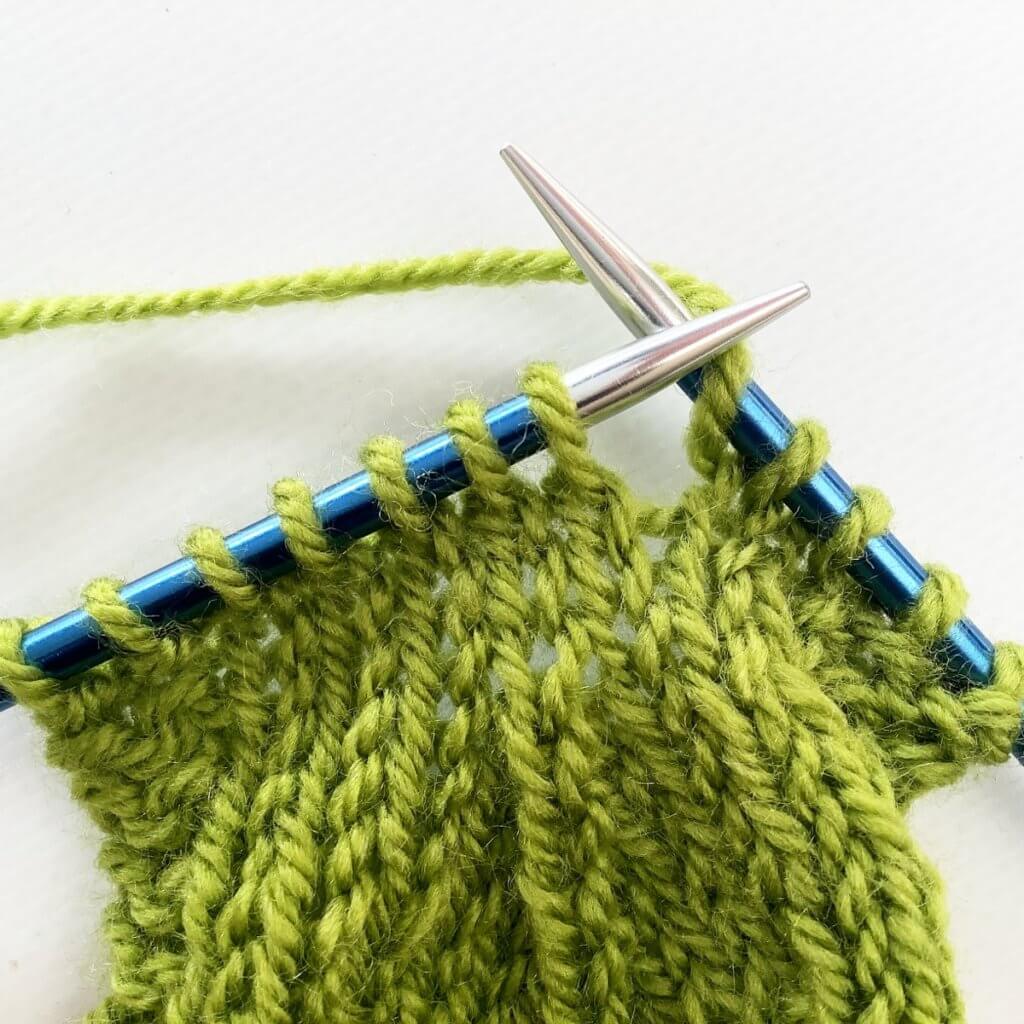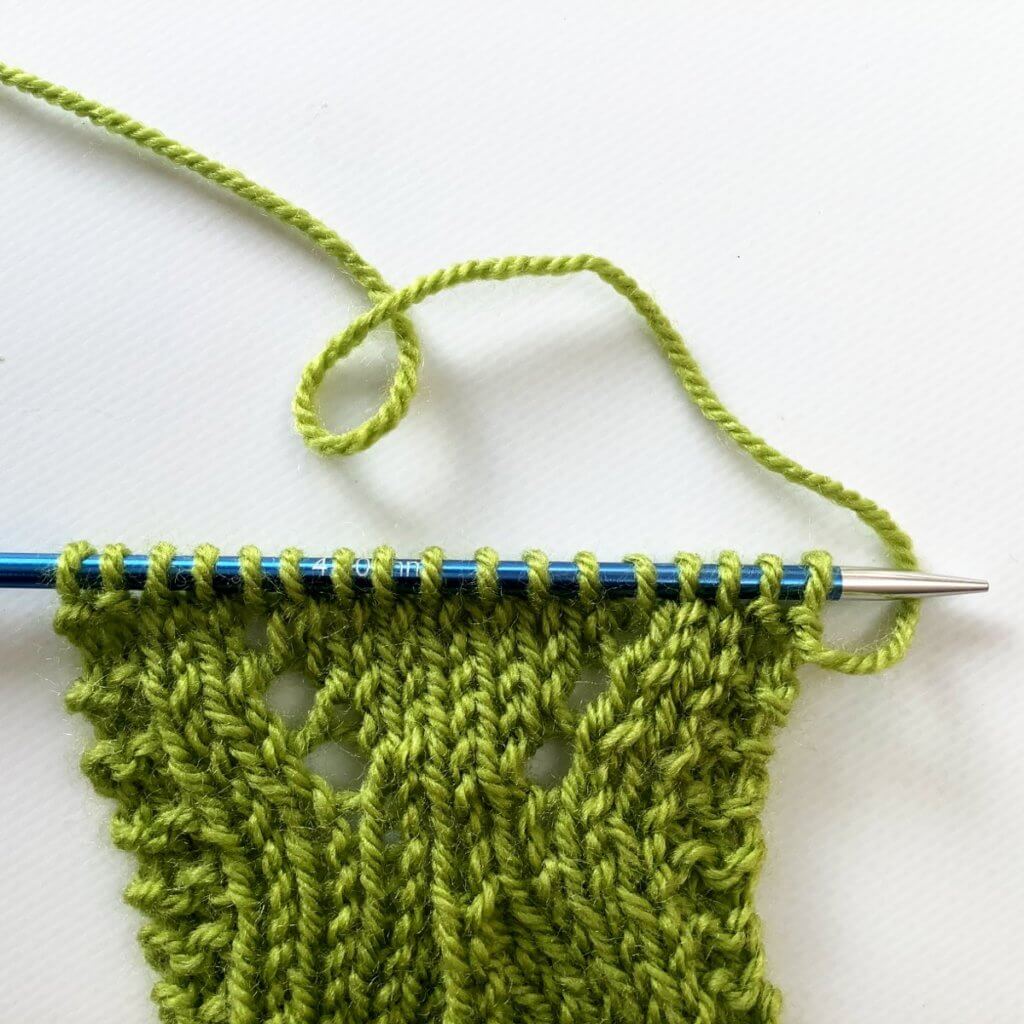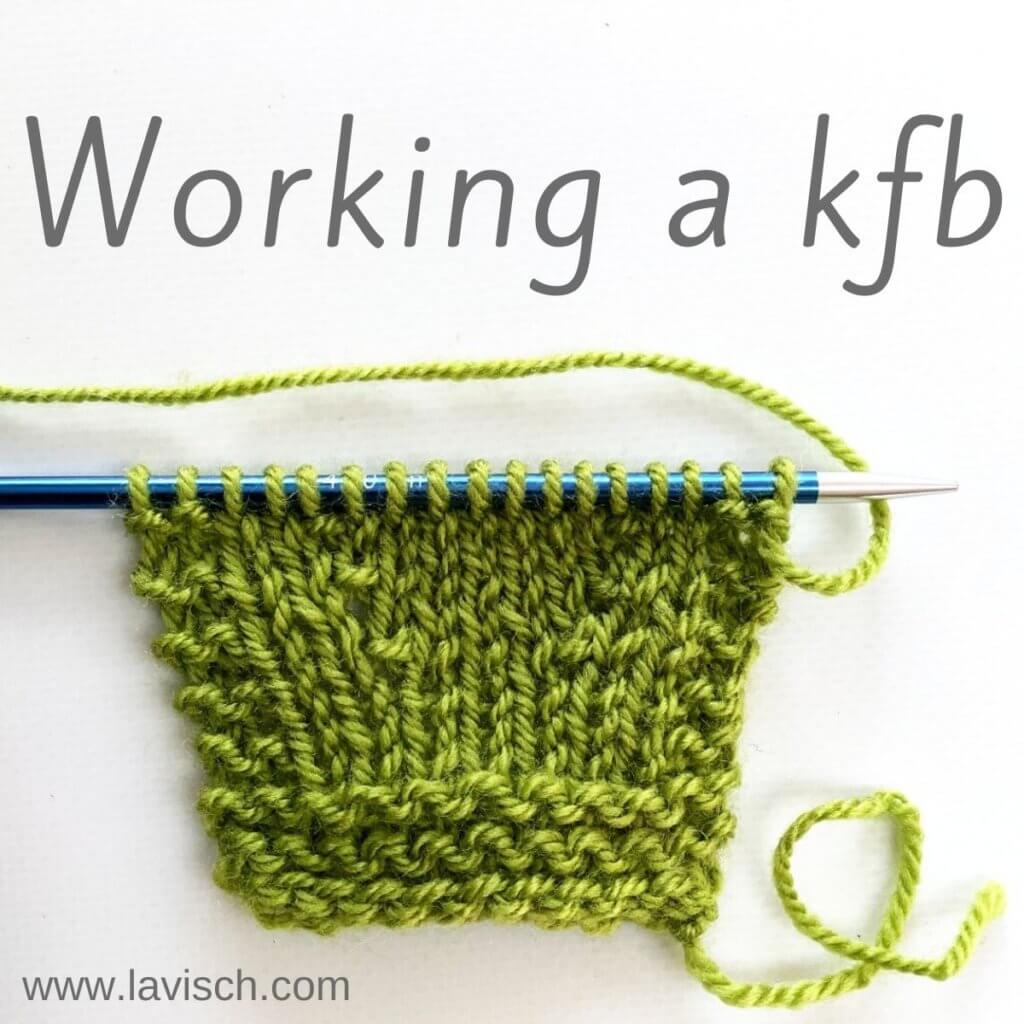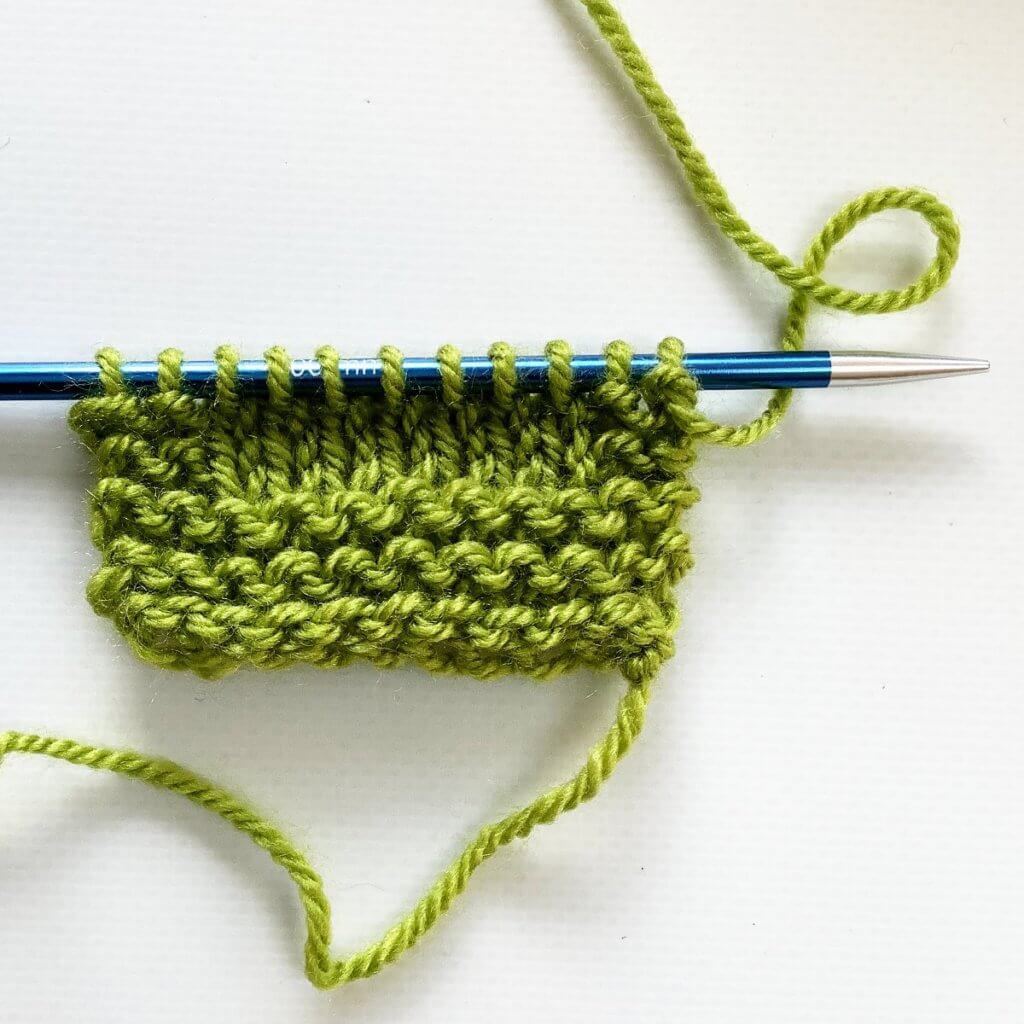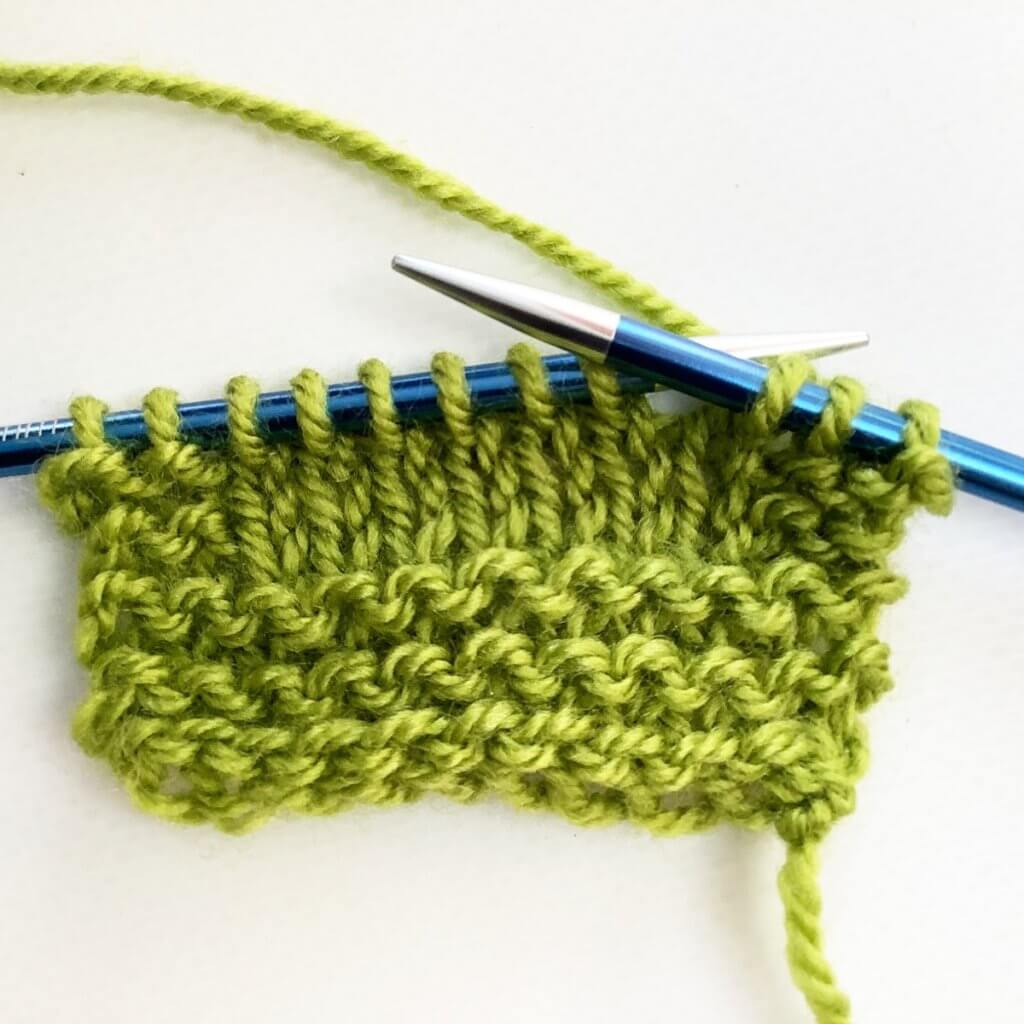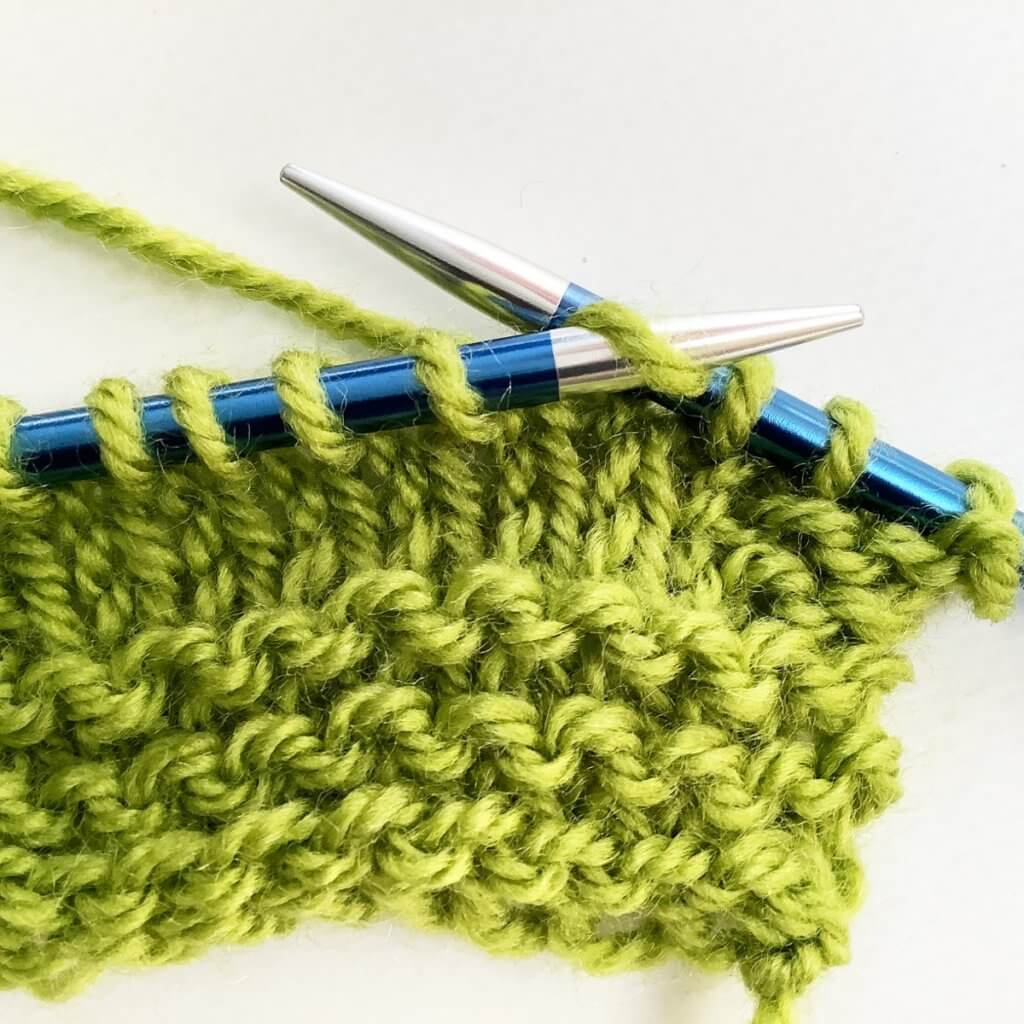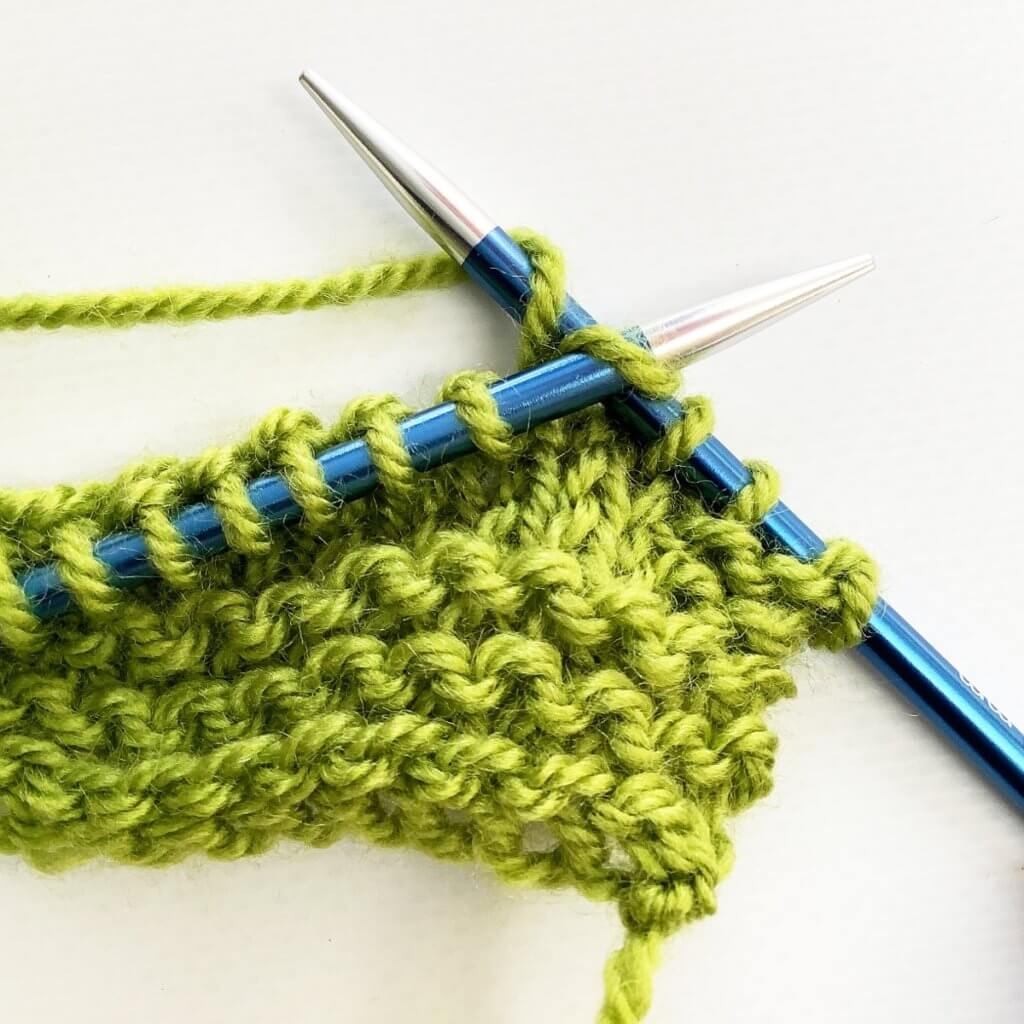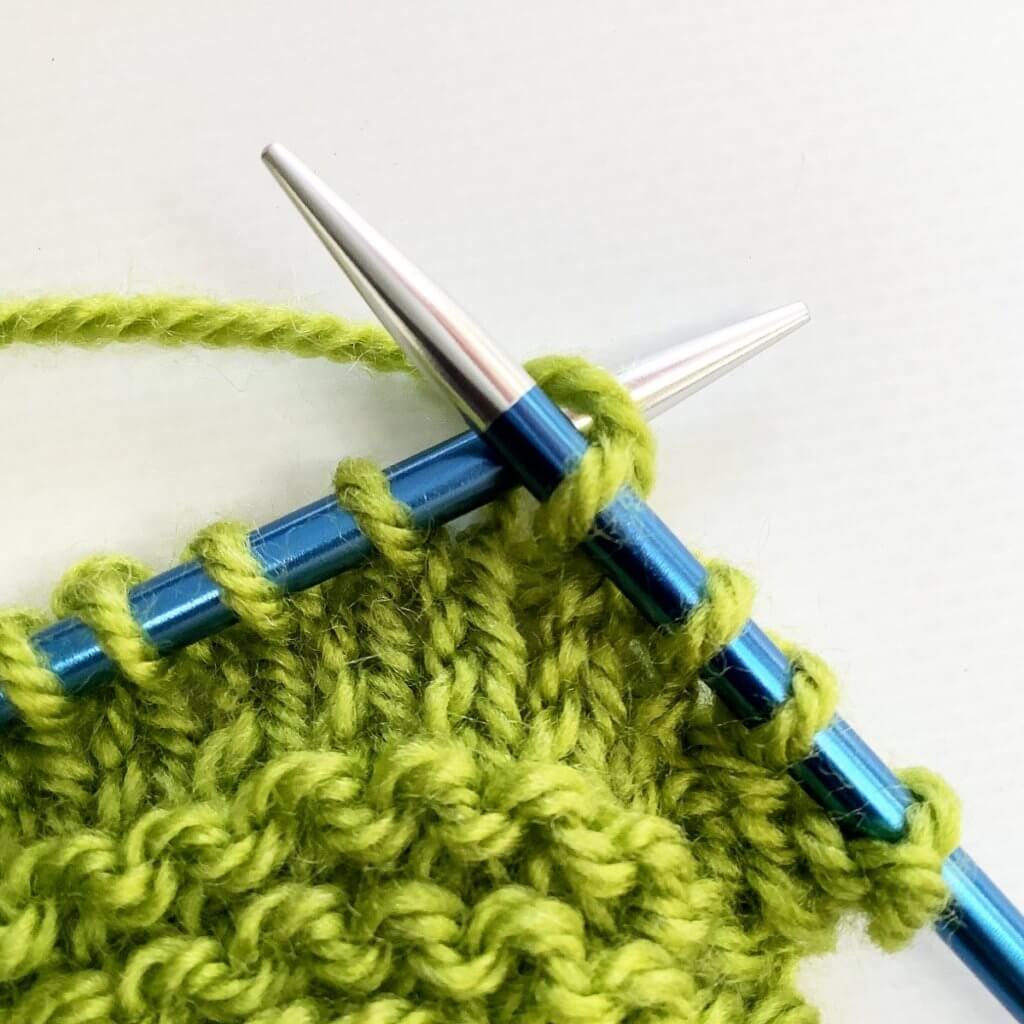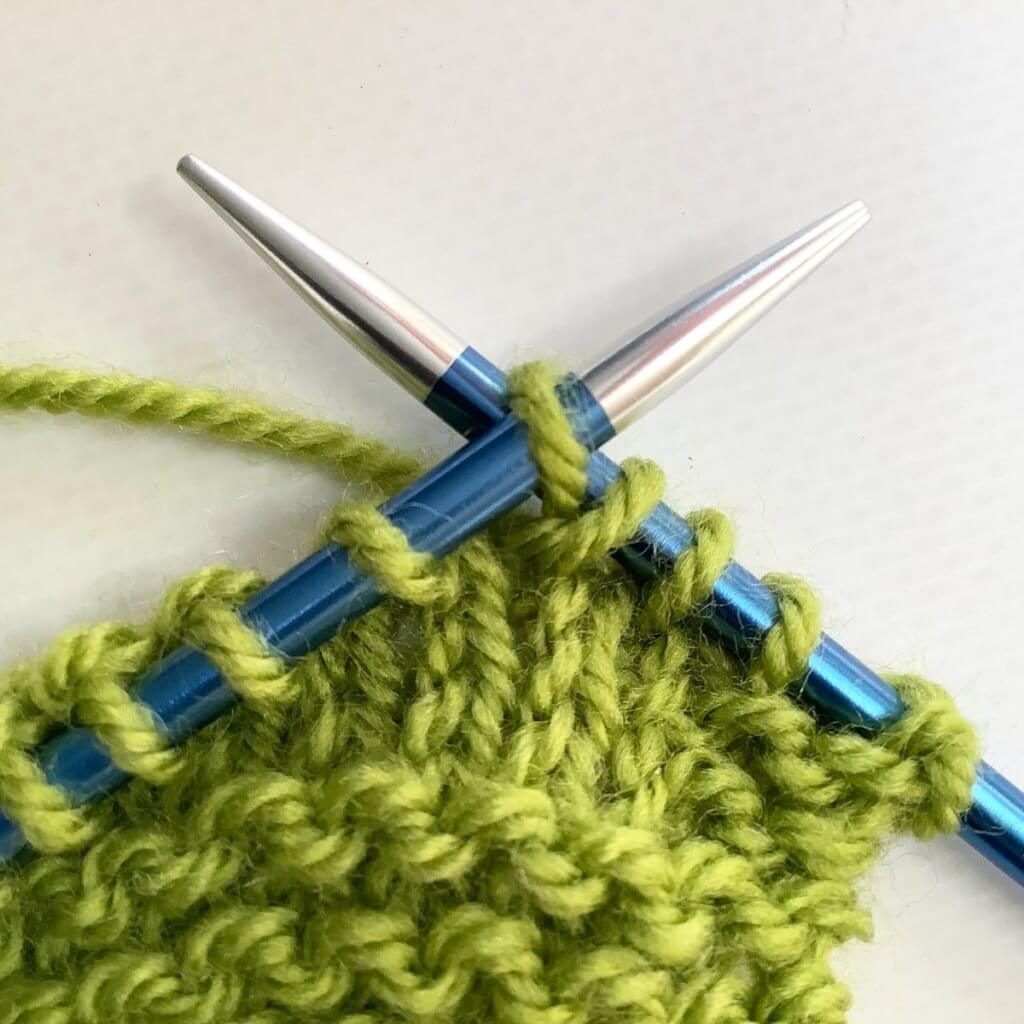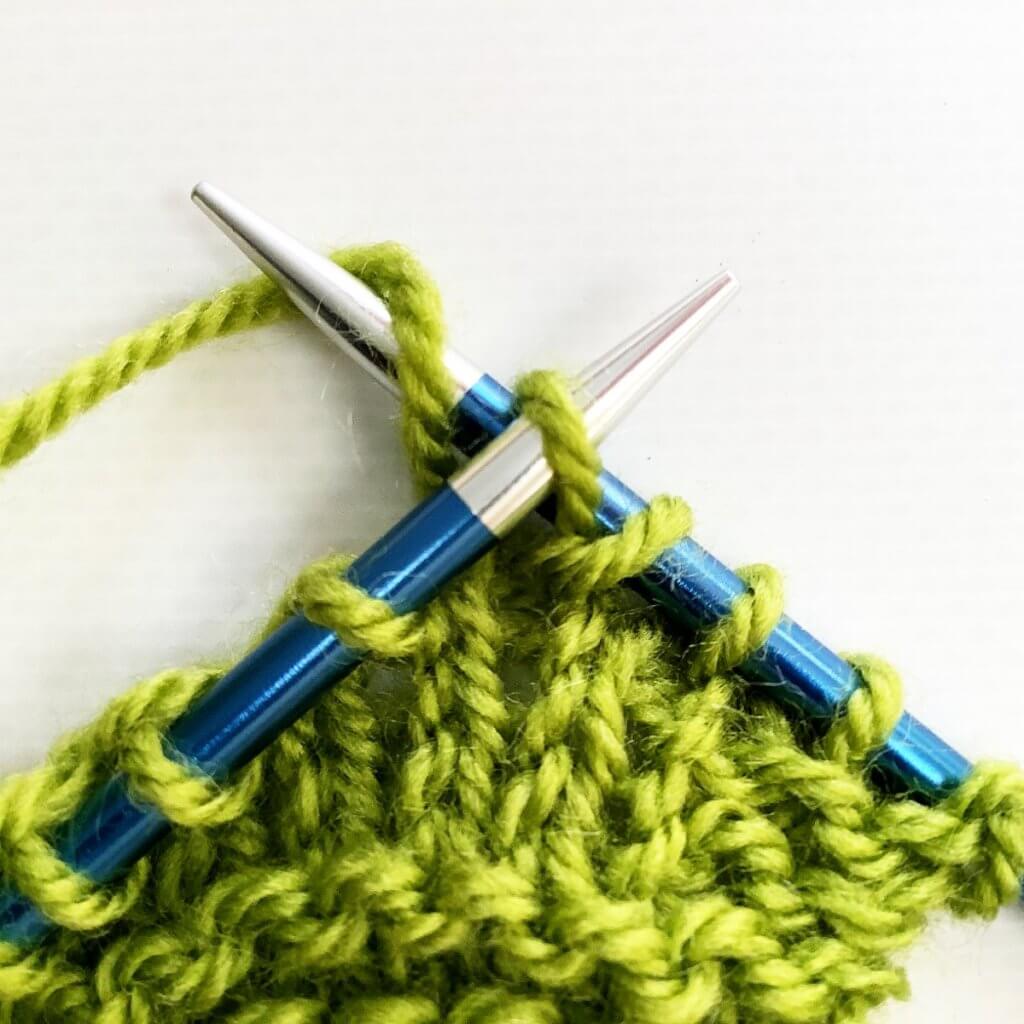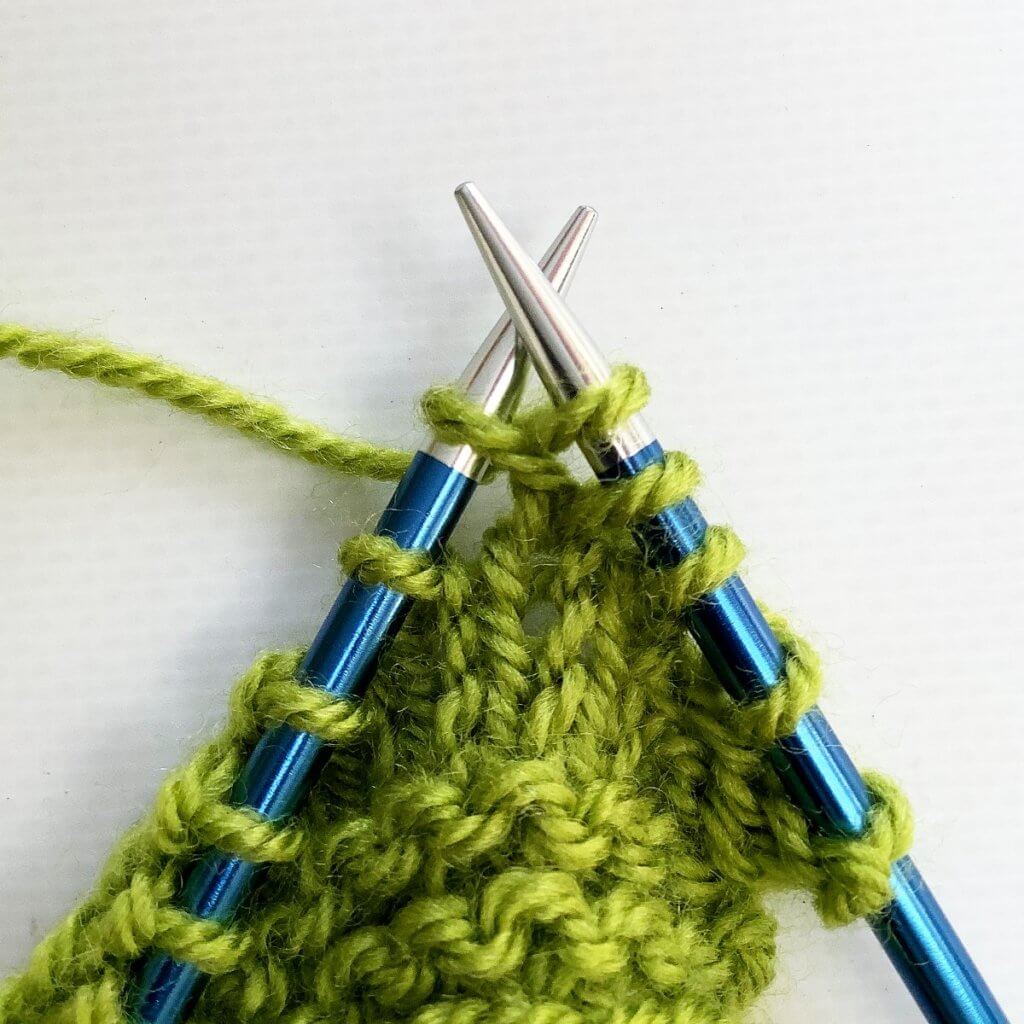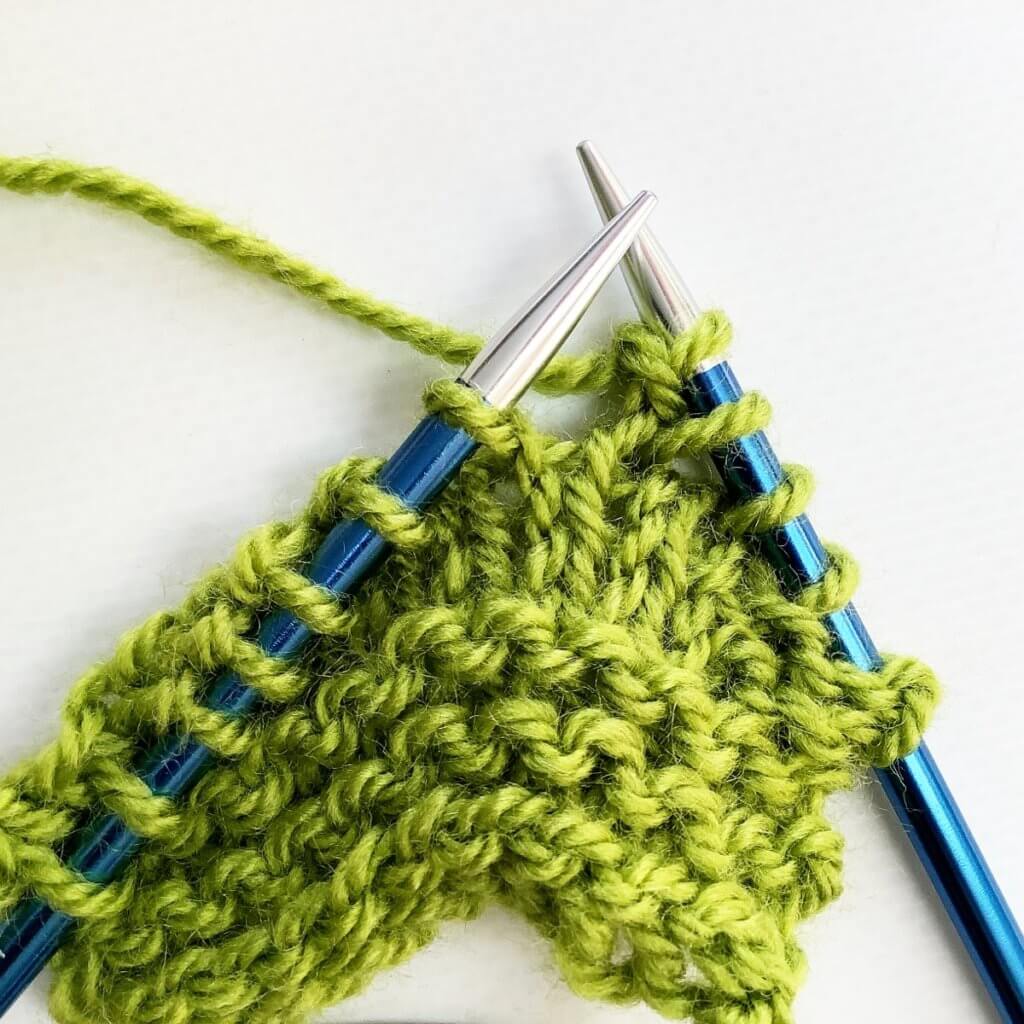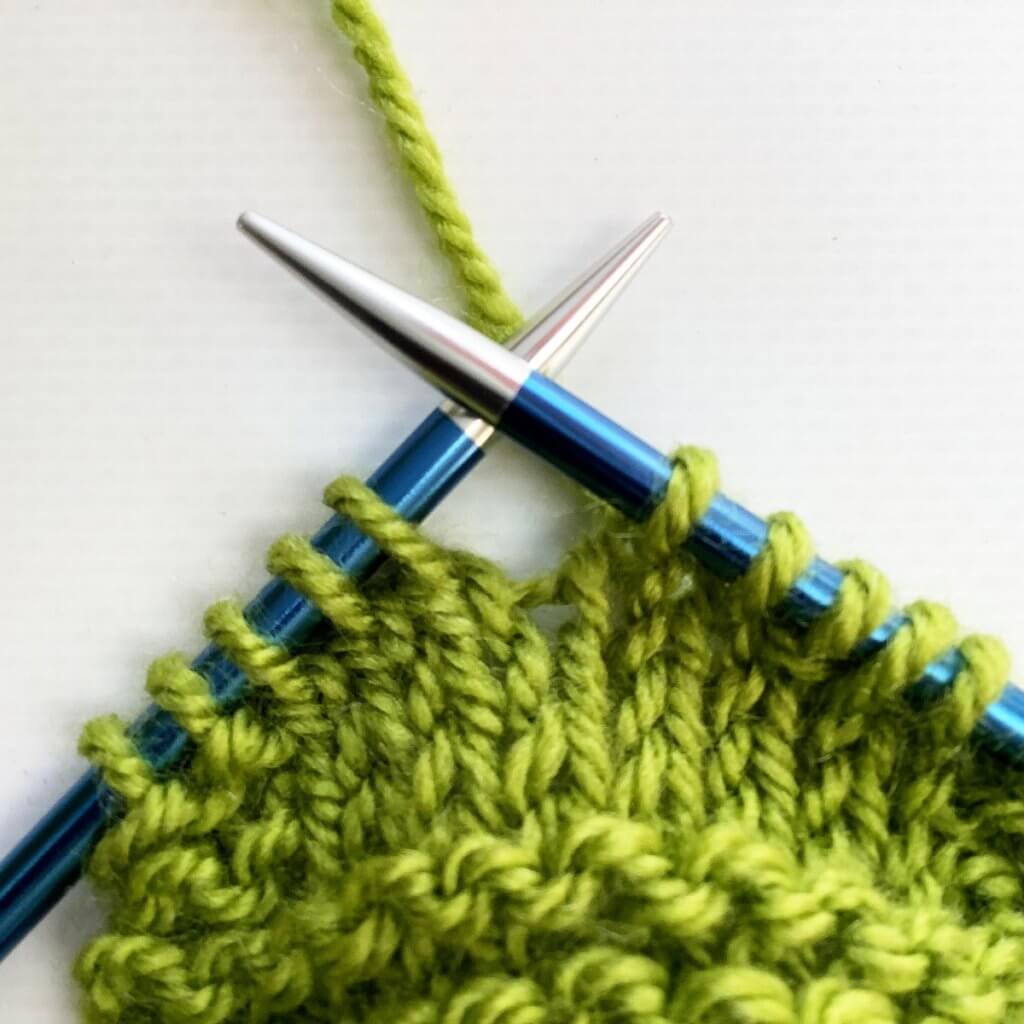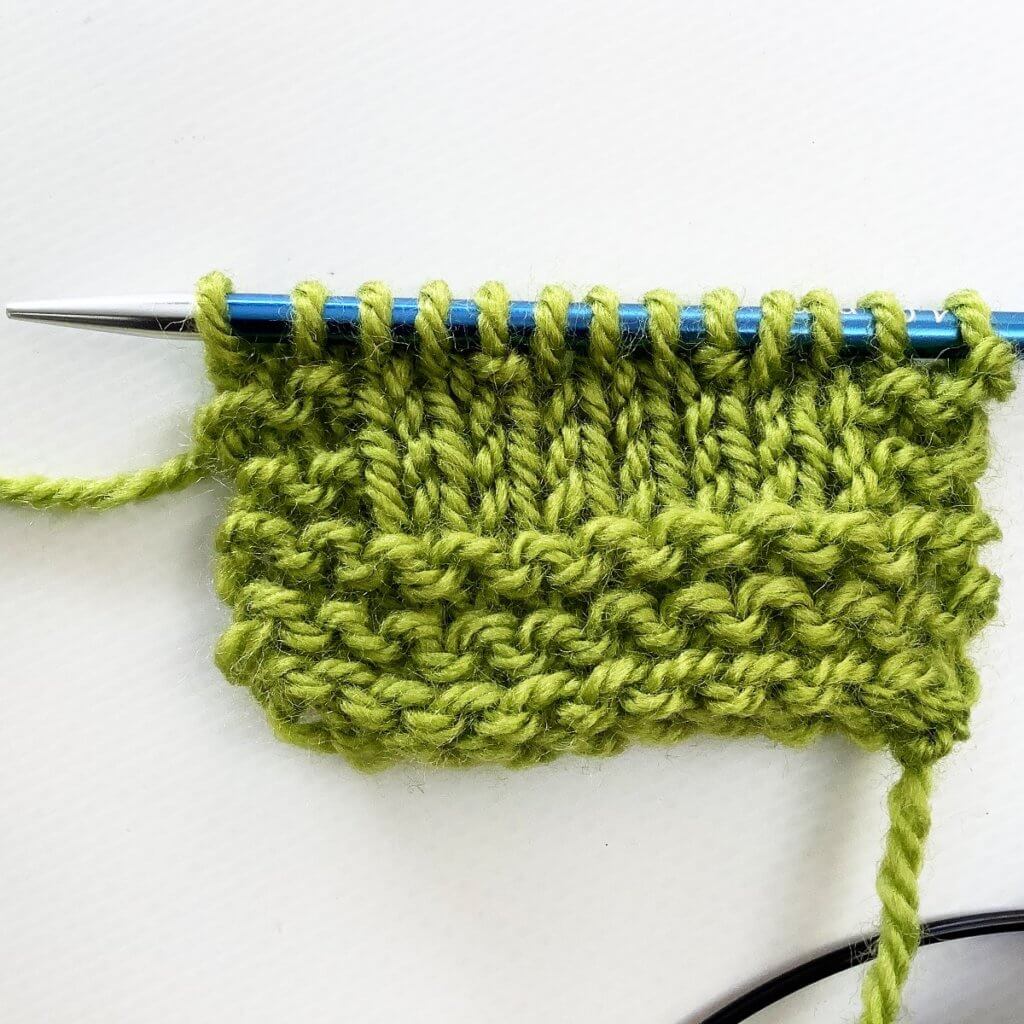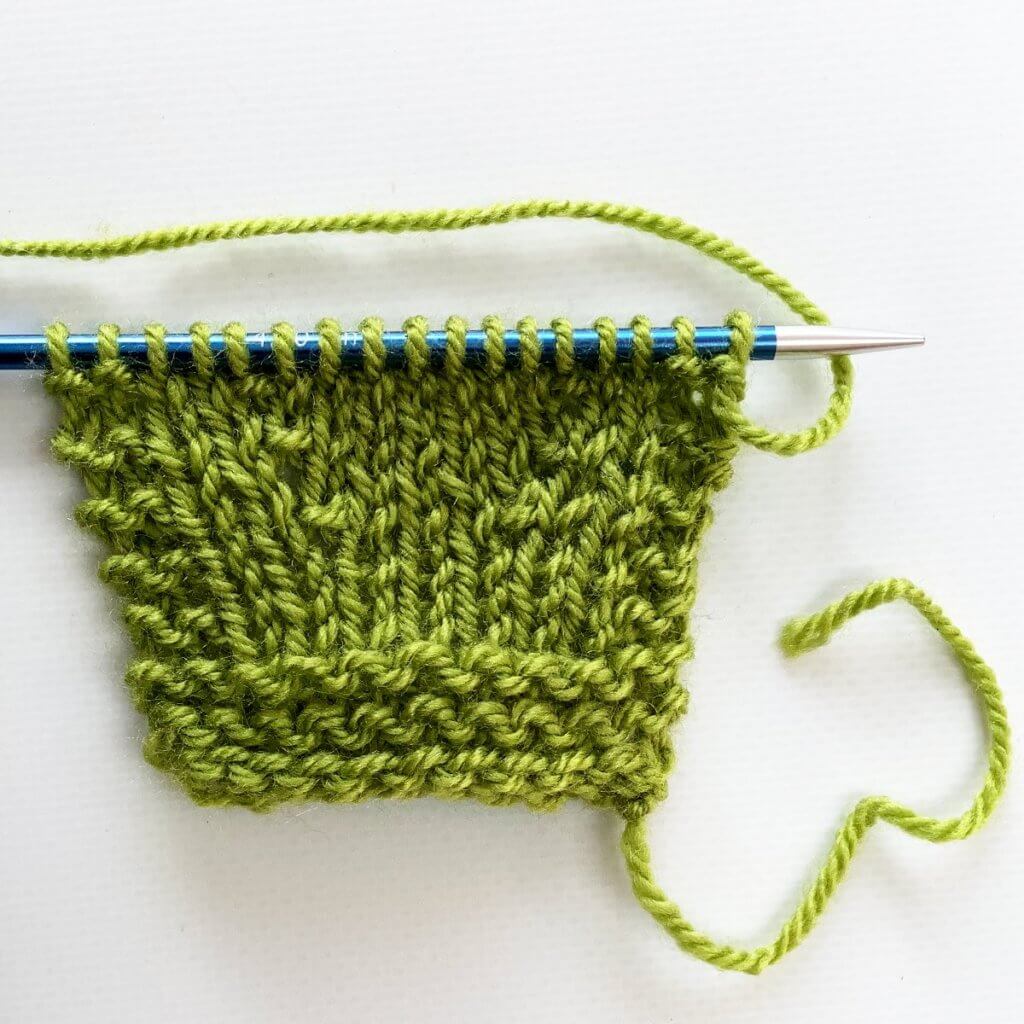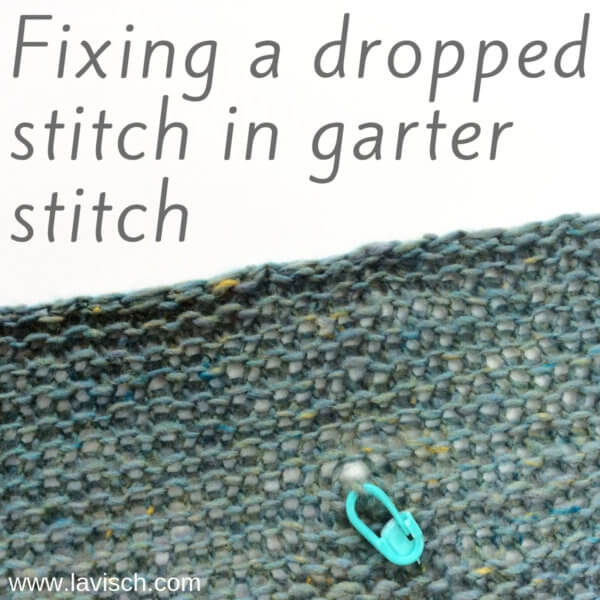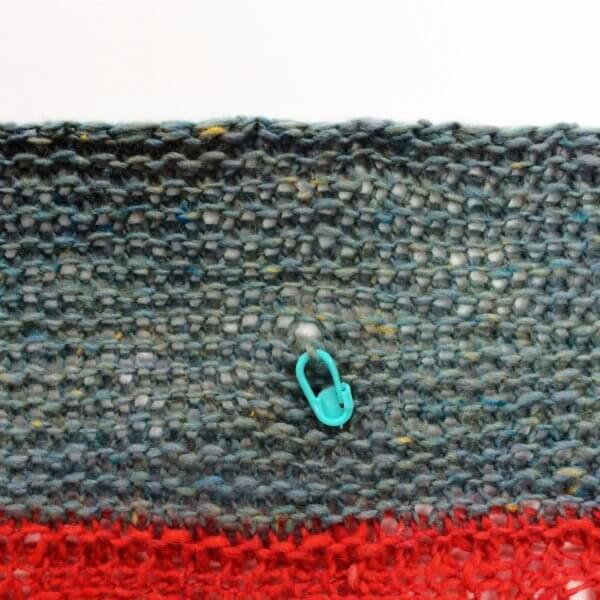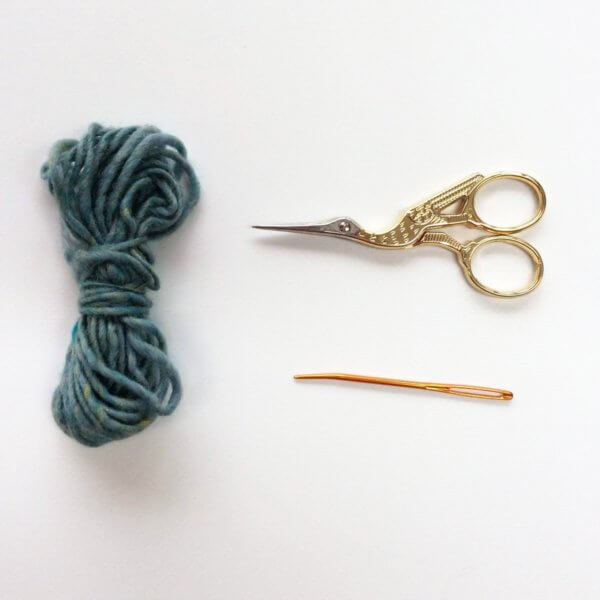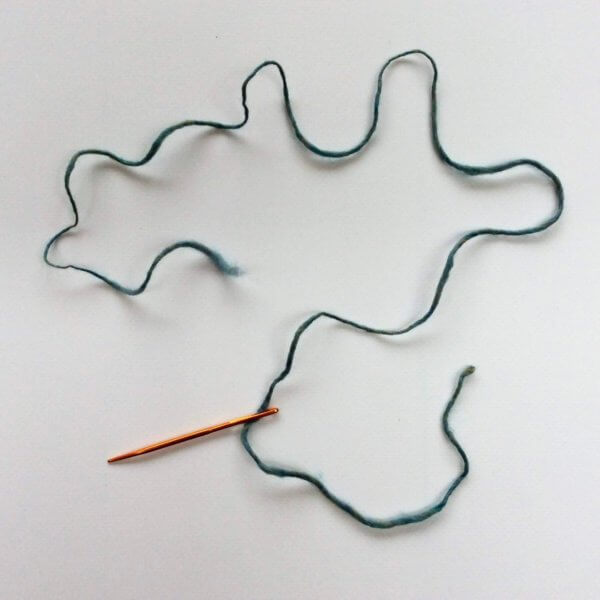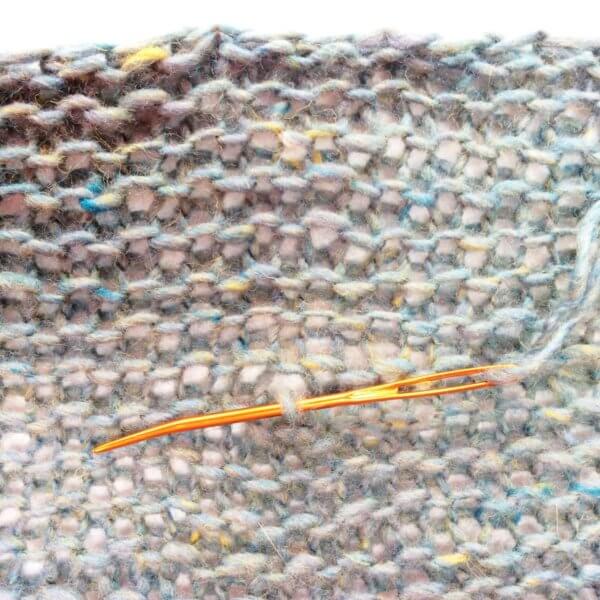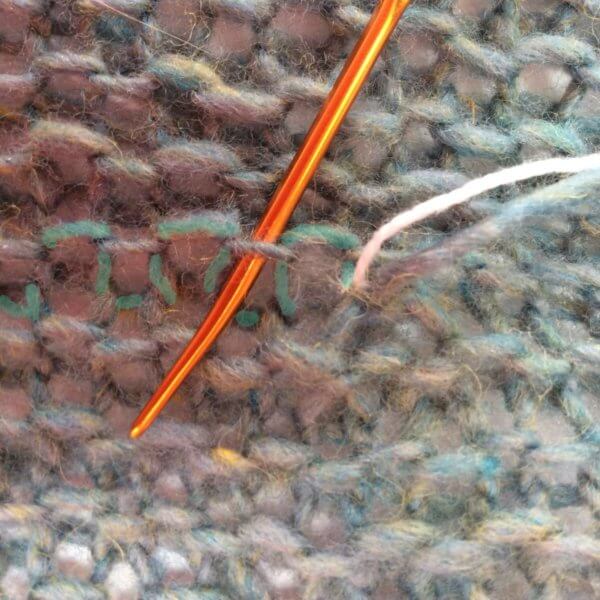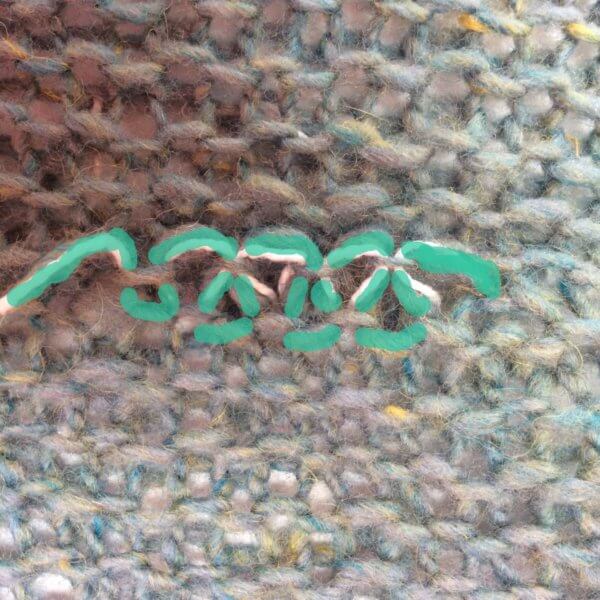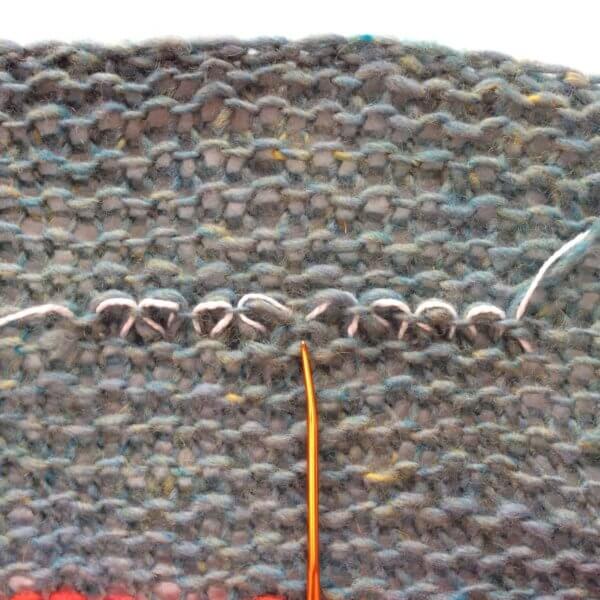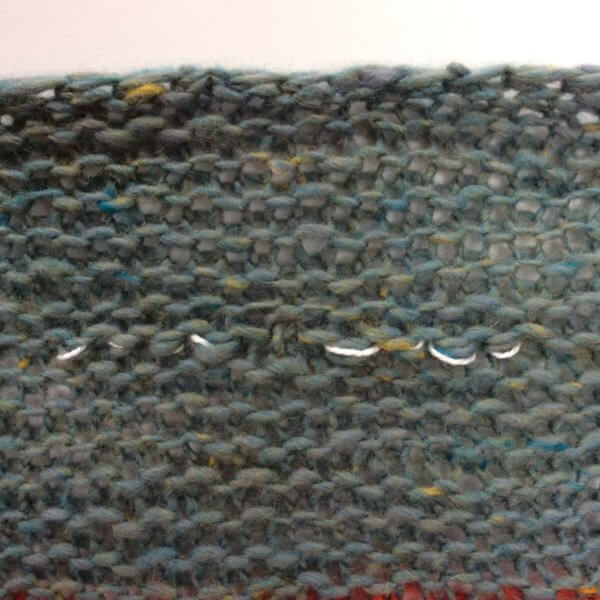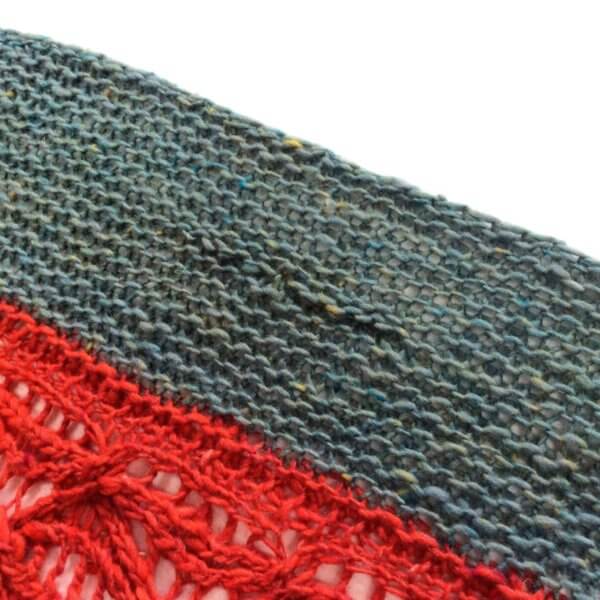tutorial – knit the knits and purl the purls
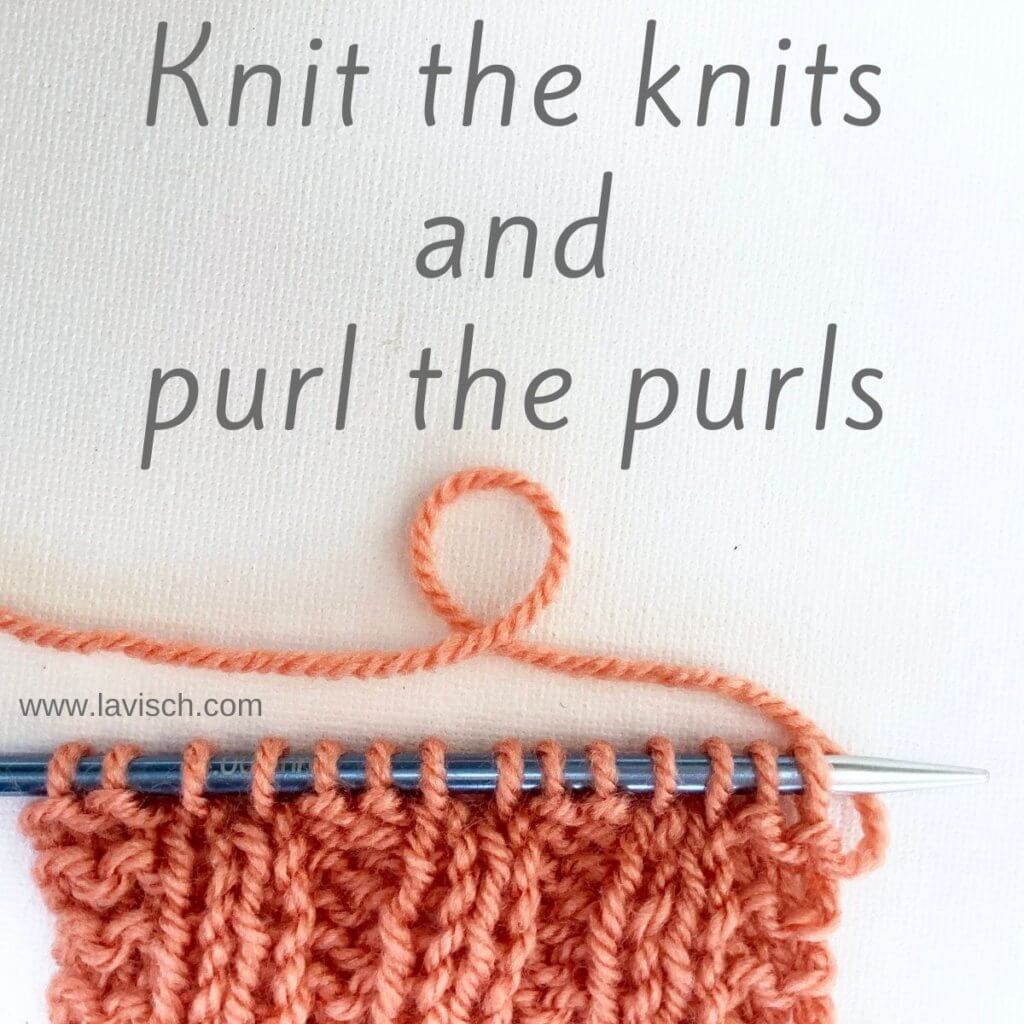
Sometimes in patterns you may encounter the phrase “knit the knits, and purl the purls”. Besides the abbreviated versions of this, you may also encounter “work the stitches as they appear”. Especially if you’re a new knitter, it may be confusing what is exactly meant with this. No stress though! In this tutorial I’ll tell you all about it.
What it all comes down to, is being able to “read” your knitting. If you can correctly determine whether a certain stitch on your needle is a knit or a purl stitch, the instruction tells you exactly what to do next:
- When you identify a knit stitch, it is to be knitted.
- If you identify a purl stitch it is to be purled.
The important thing here is to remember is this: You only have to look at what the stitches look like on the left-hand needle while you’re working the new row or round. This can be confusing. What looks as a knit stitch on one side of the fabric, looks like a purl stitch on the other side. Ignore the side of the fabric facing away from you and focus only on the side facing you.
Below I’ll show you how to go about identifying your stitches, with the help of a swatch in 2×2 rib. (Ribbing formed by repeating (k2, p2) across your piece.)
Materials used
Yarn: * Paintbox Yarns Simply DK, a good value, good quality 100% acrylic yarn, here in the color 155 Vintage Pink.
Needles: * KnitPro Zing Fixed Circular Needles. In this tutorial, I used the 4 mm (US 6) size with a cable length of 80 cm (32 inches).
Identifying a knit stitch
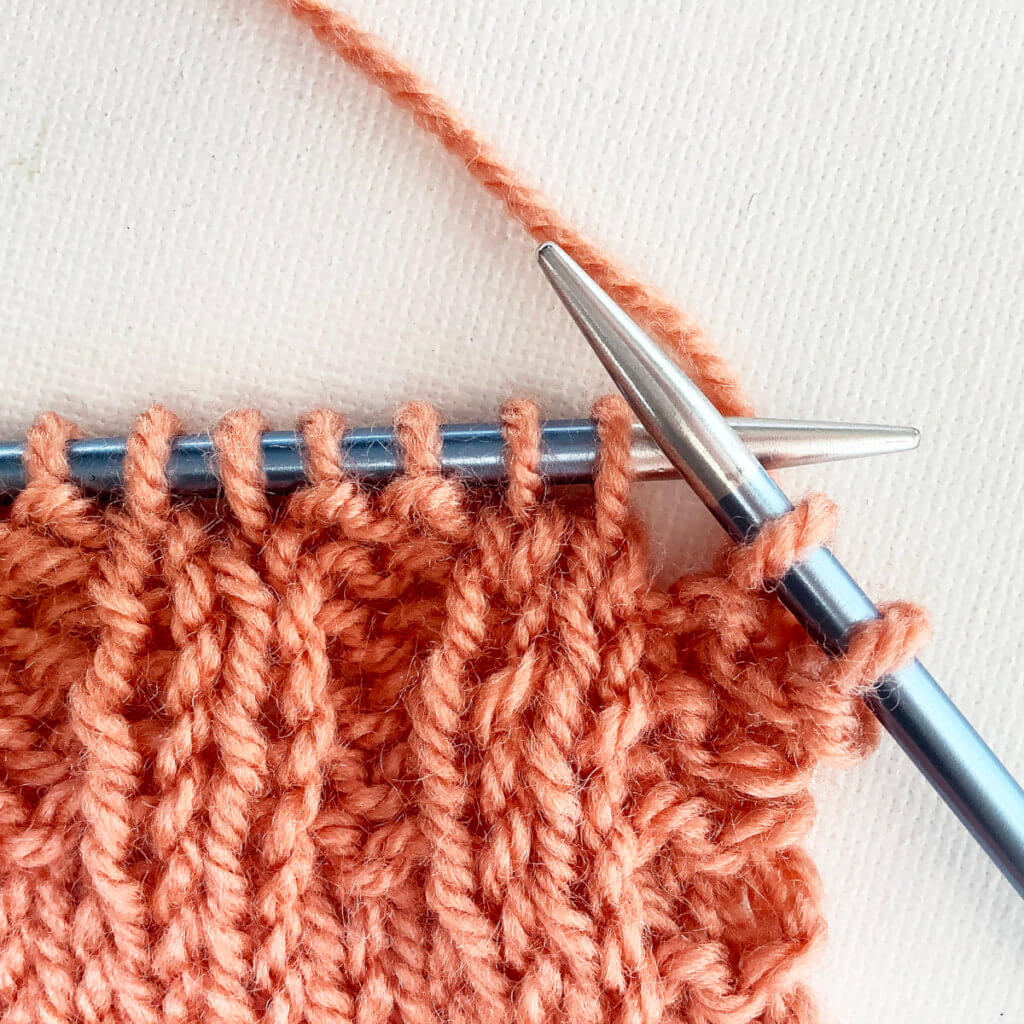
In the picture above the next 2 stitches on the left-hand needle are knit stitches. Do you see how they form little V-shapes? Therefore, if the first stitch on the left-hand needle has a V hugging the base of it, then it is a knit stitch and you knit it.
Identifying a purl stitch
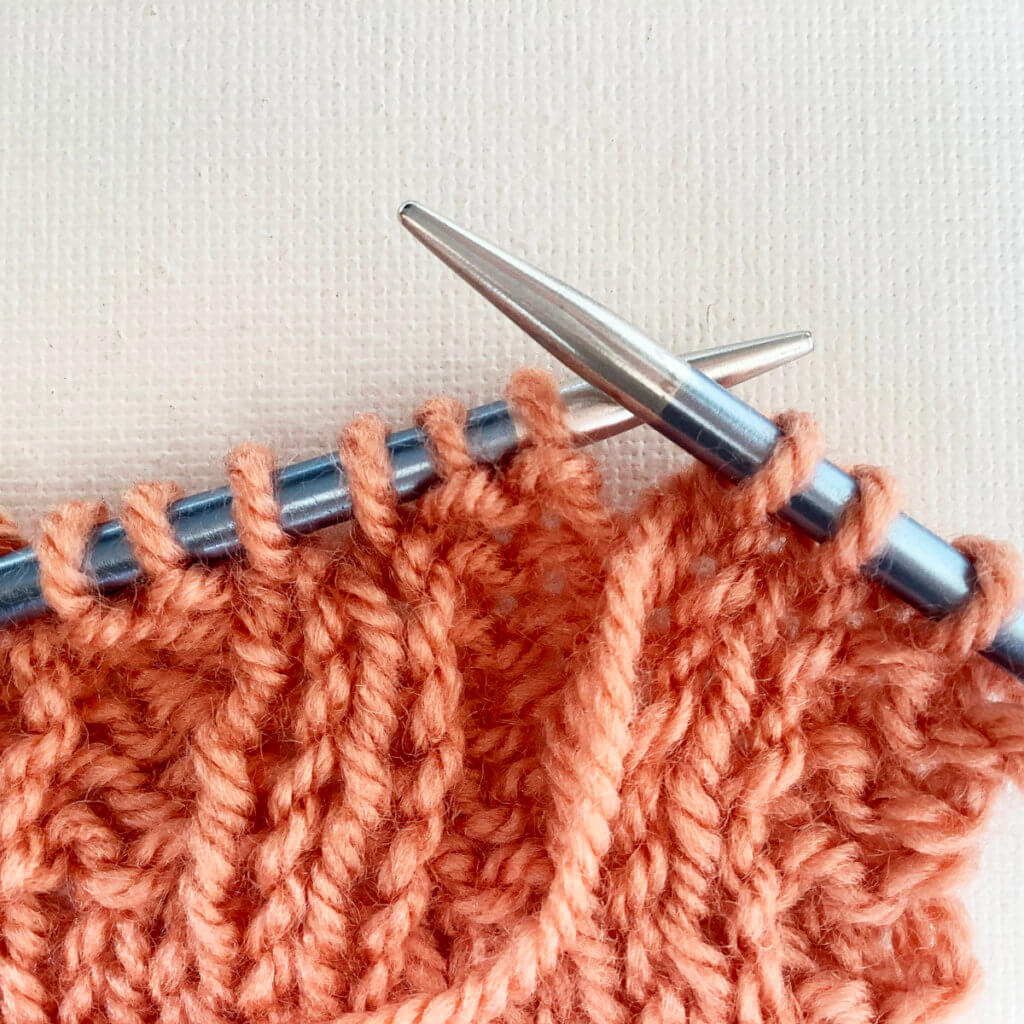
In this picture the next 2 stitches on the left-hand needle are purl stitches. The characteristic to identify it, is the little horizontal bar or bump just below where the stitch joins the needle. Therefore, if the first stitch on the left-hand needle has a horizontal bar hugging the base of it, then it is a purl stitch and you are to purl it.
And that’s all there is to “knit the knits and purl the purls”!

Thanks to my Patreon supporters for bringing you this freebie! Creating quality patterns and tutorials is a lot of work and resource-intensive. However, I find it important to give you free content like this tutorial. Thanks to the generous support of my Patreon supporters, I can make it happen. Thank you, patrons! Click here to join, or click here to read more about La Visch Designs on Patreon.
tutorial – knit the knits and purl the purls Read More »

